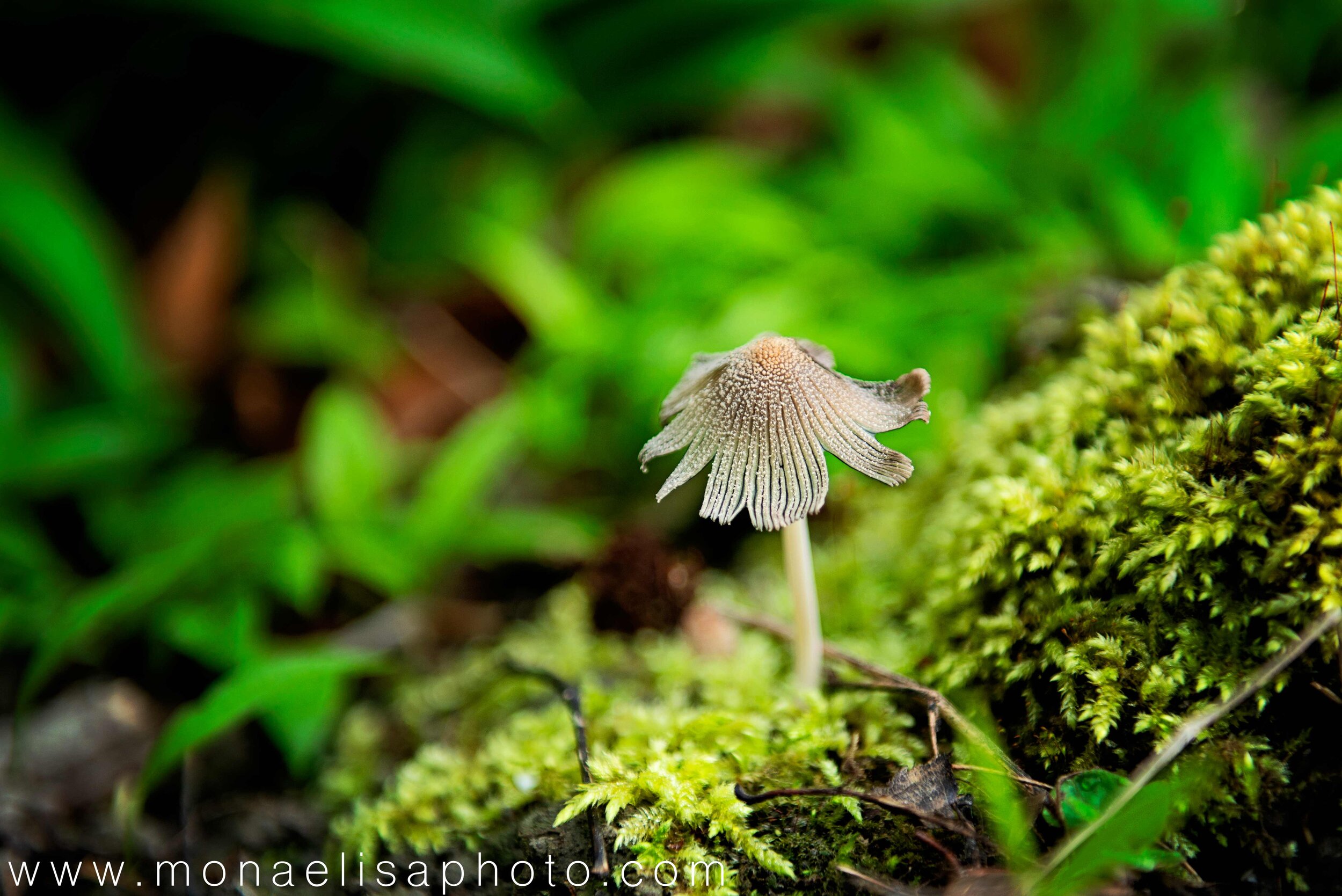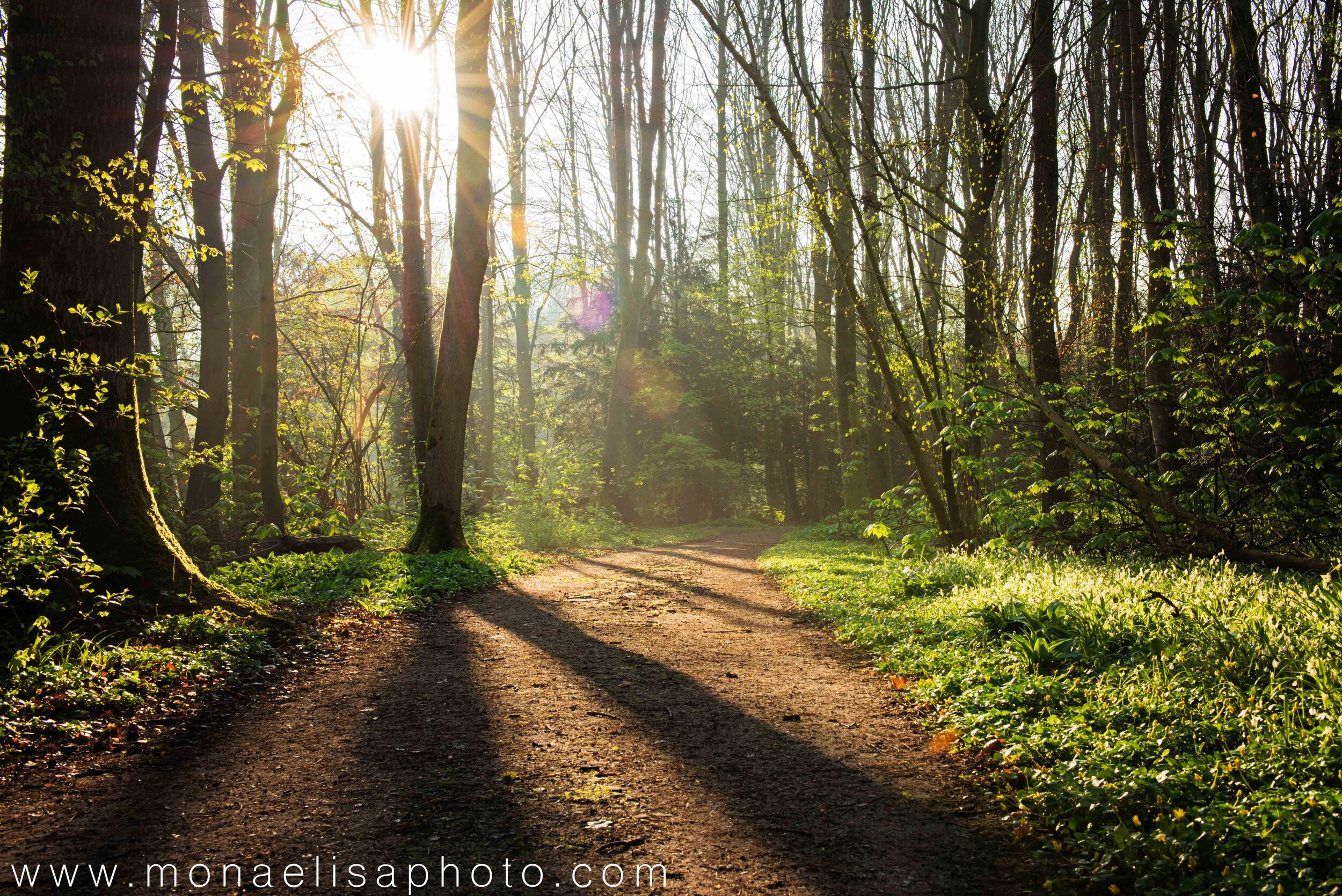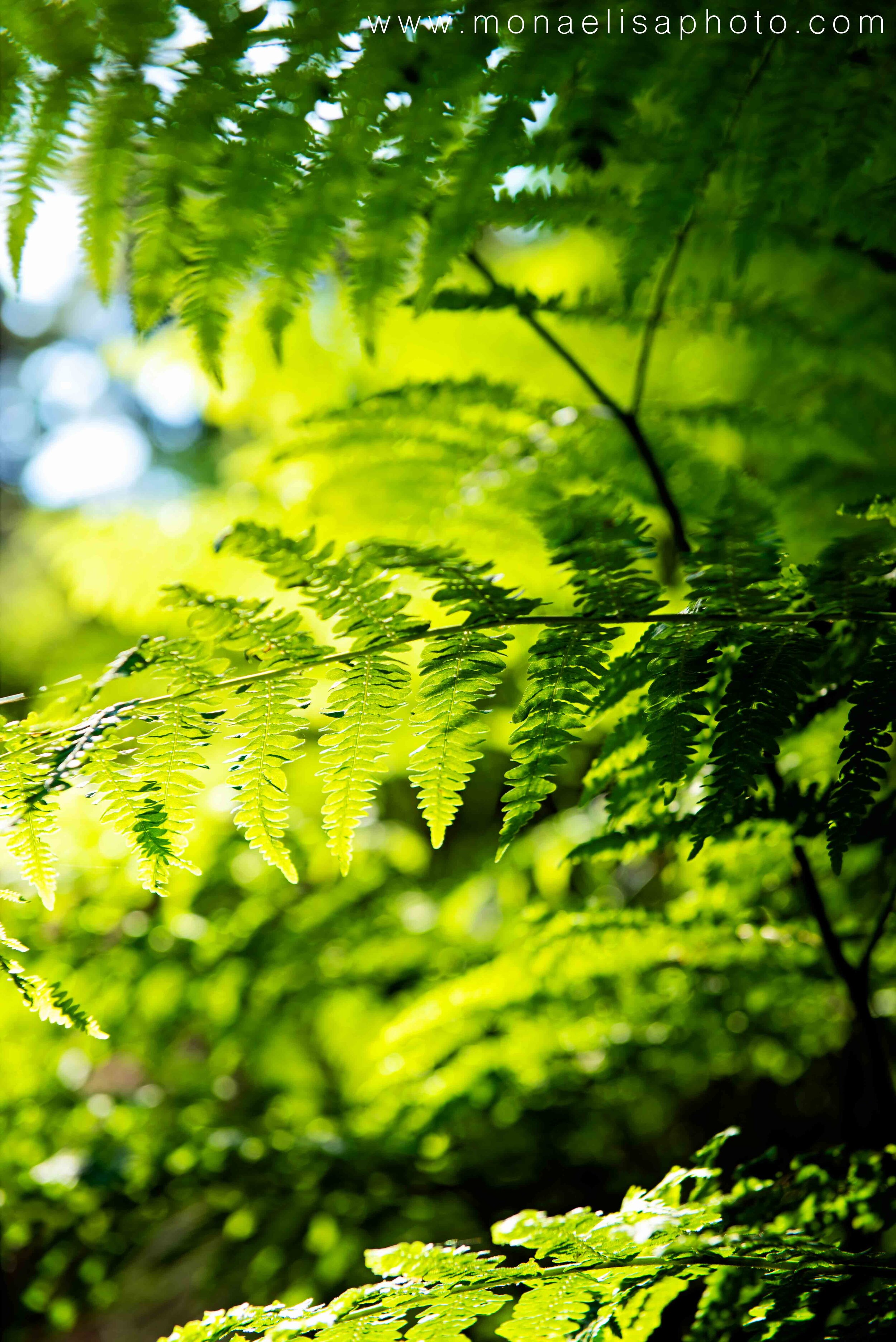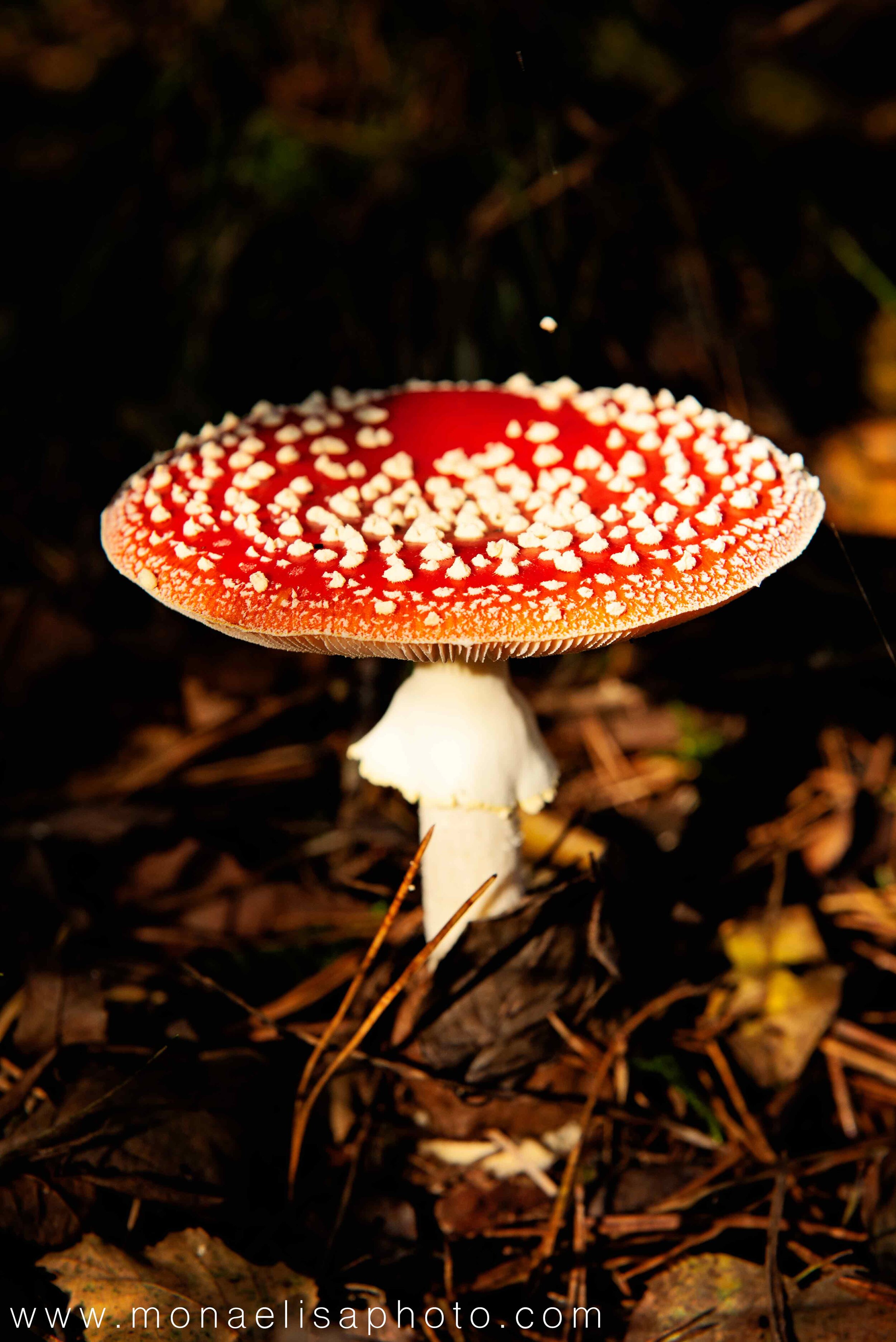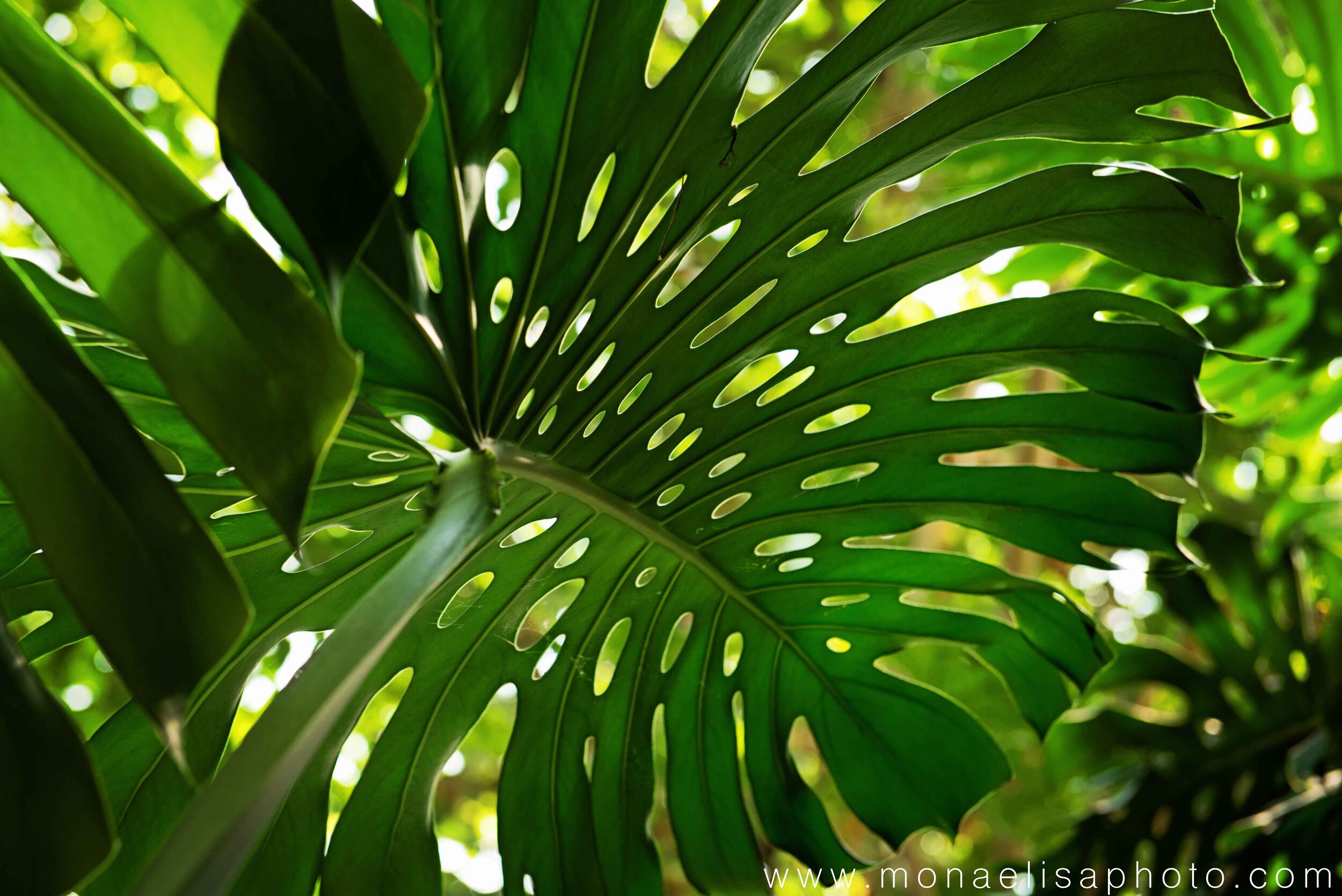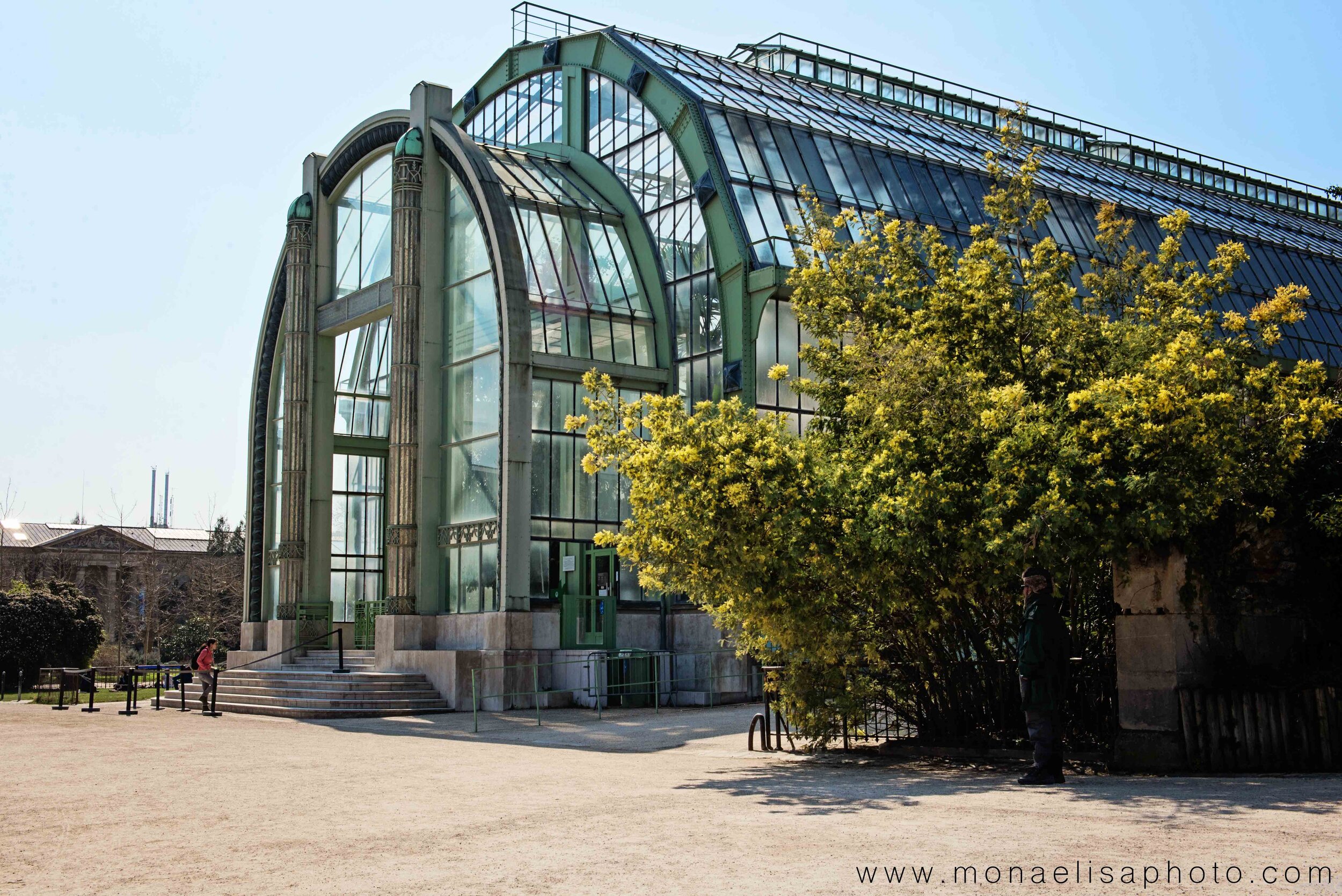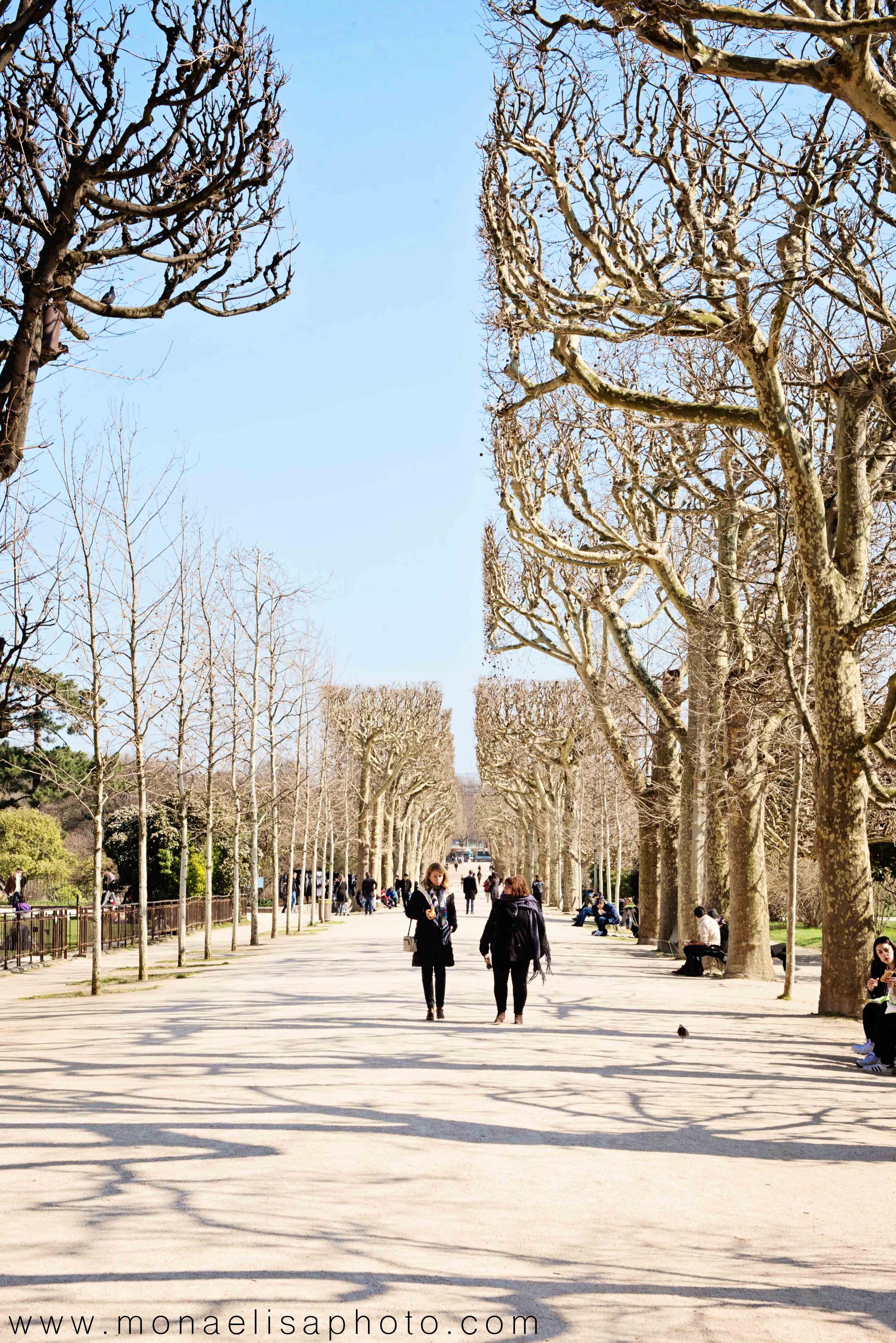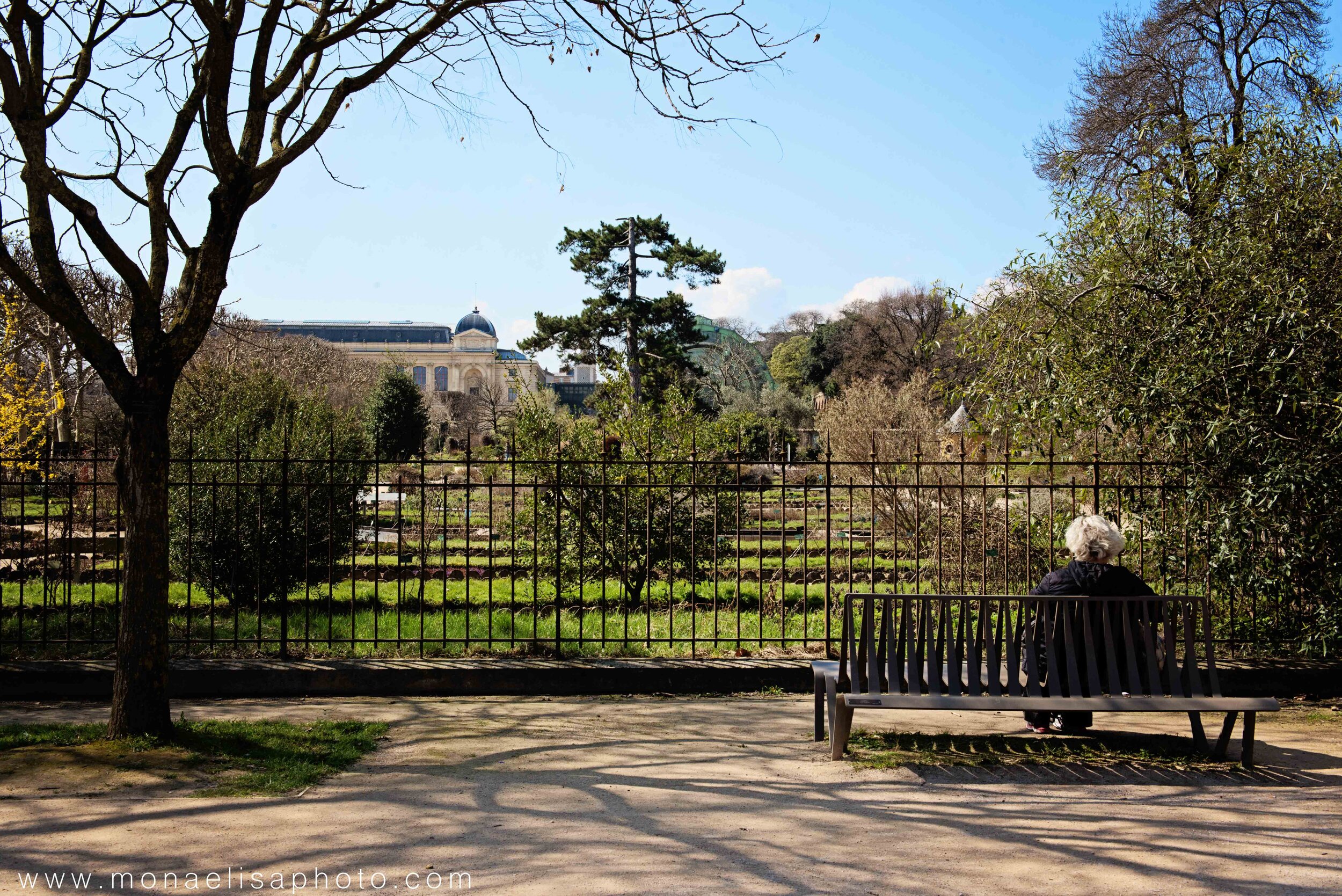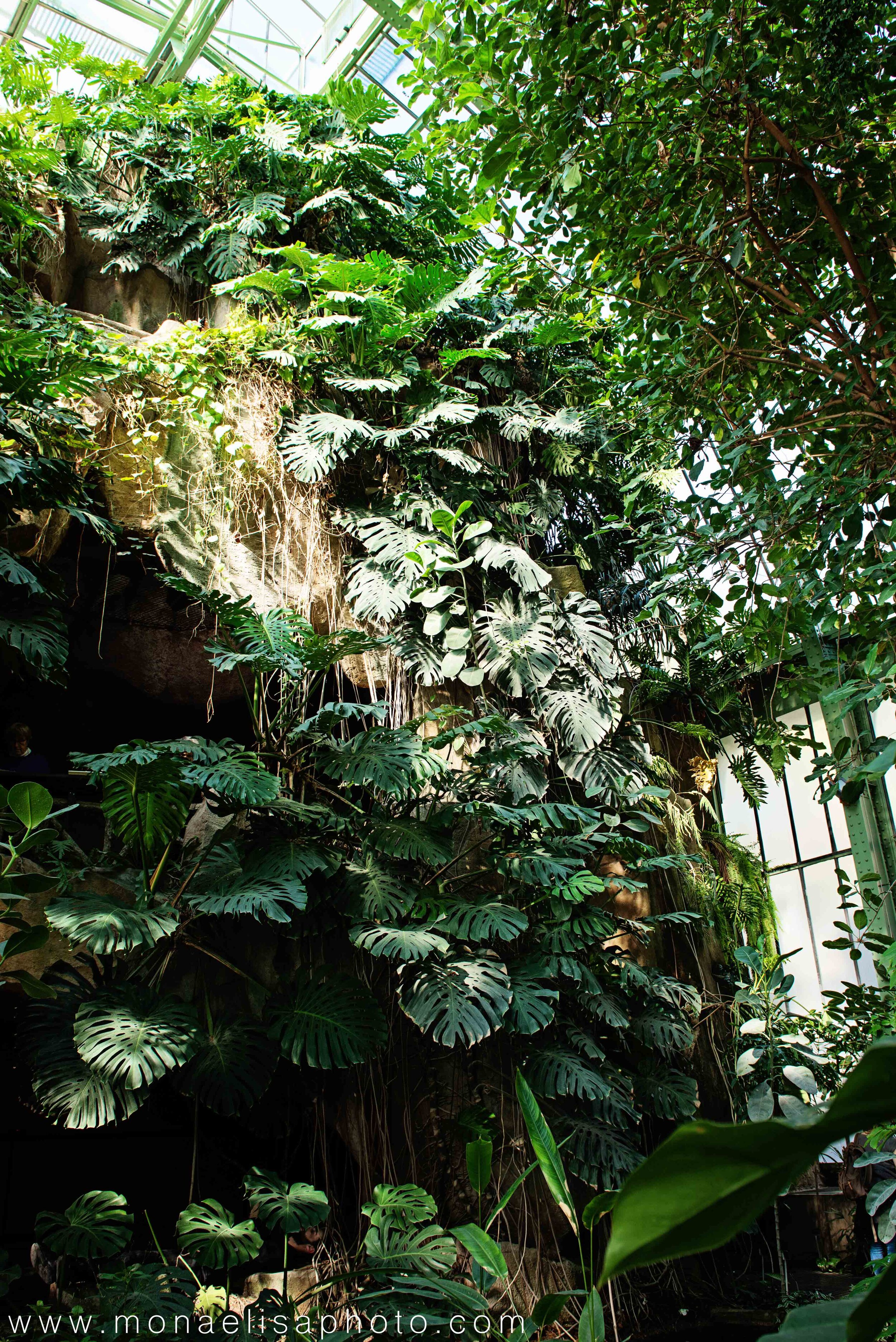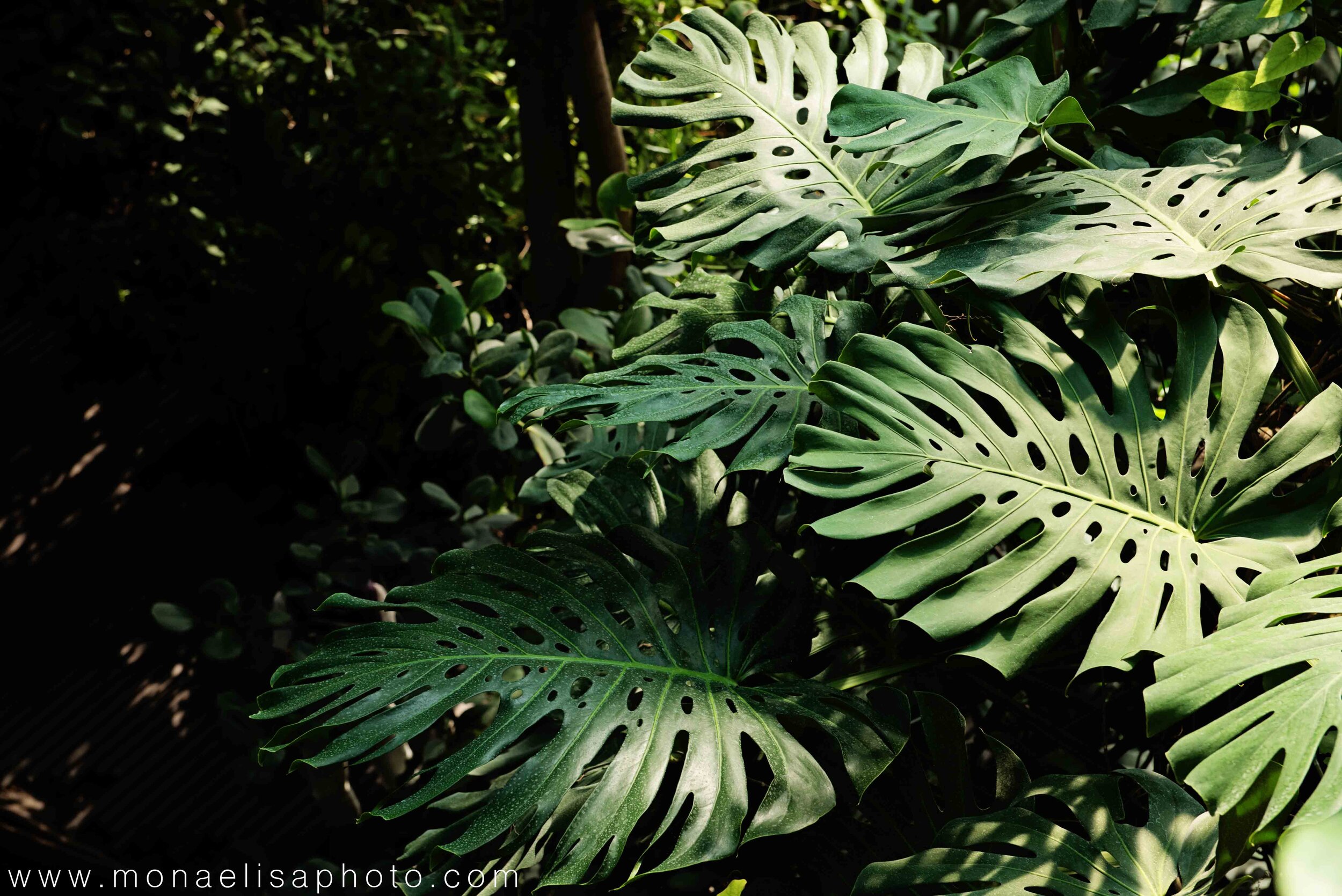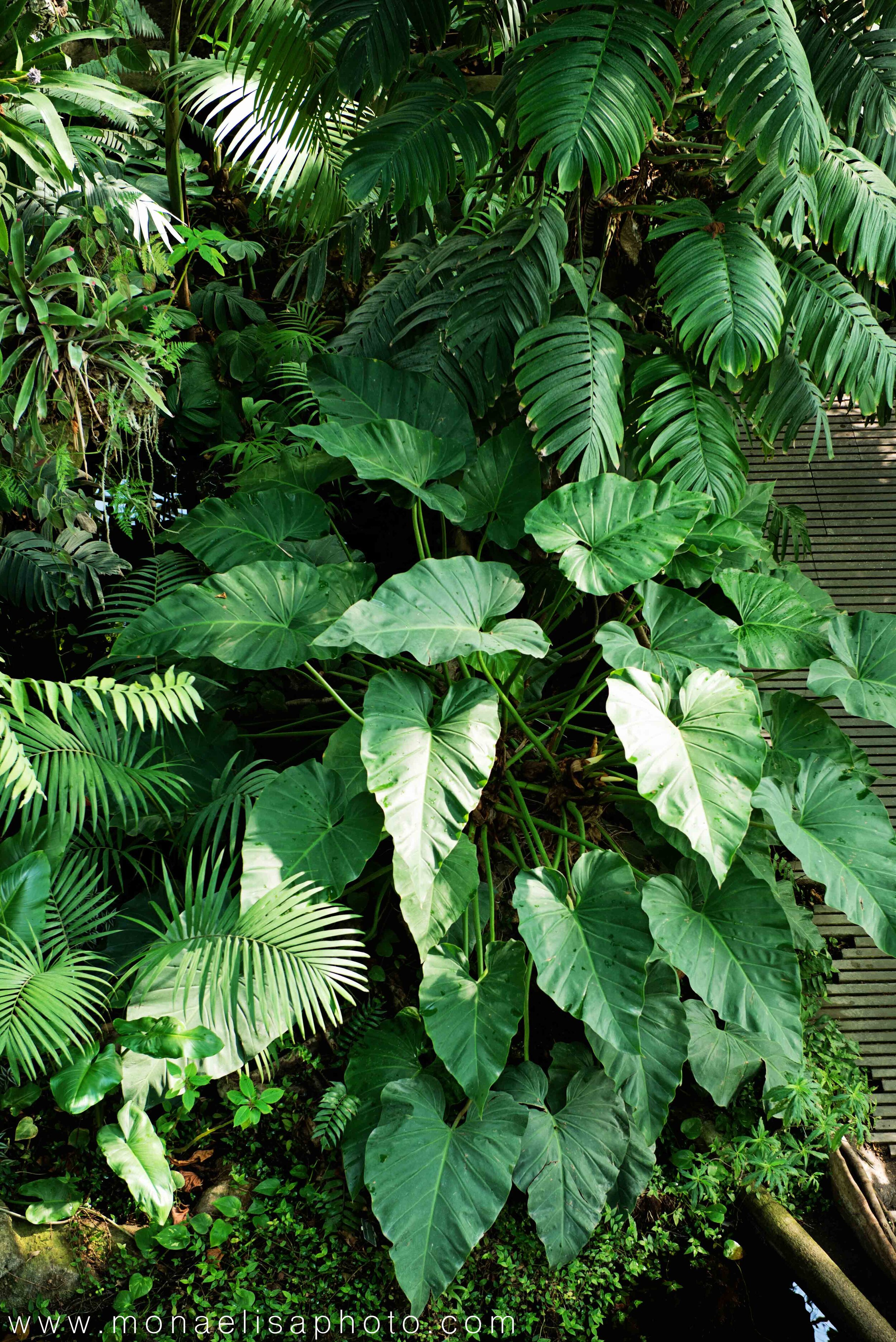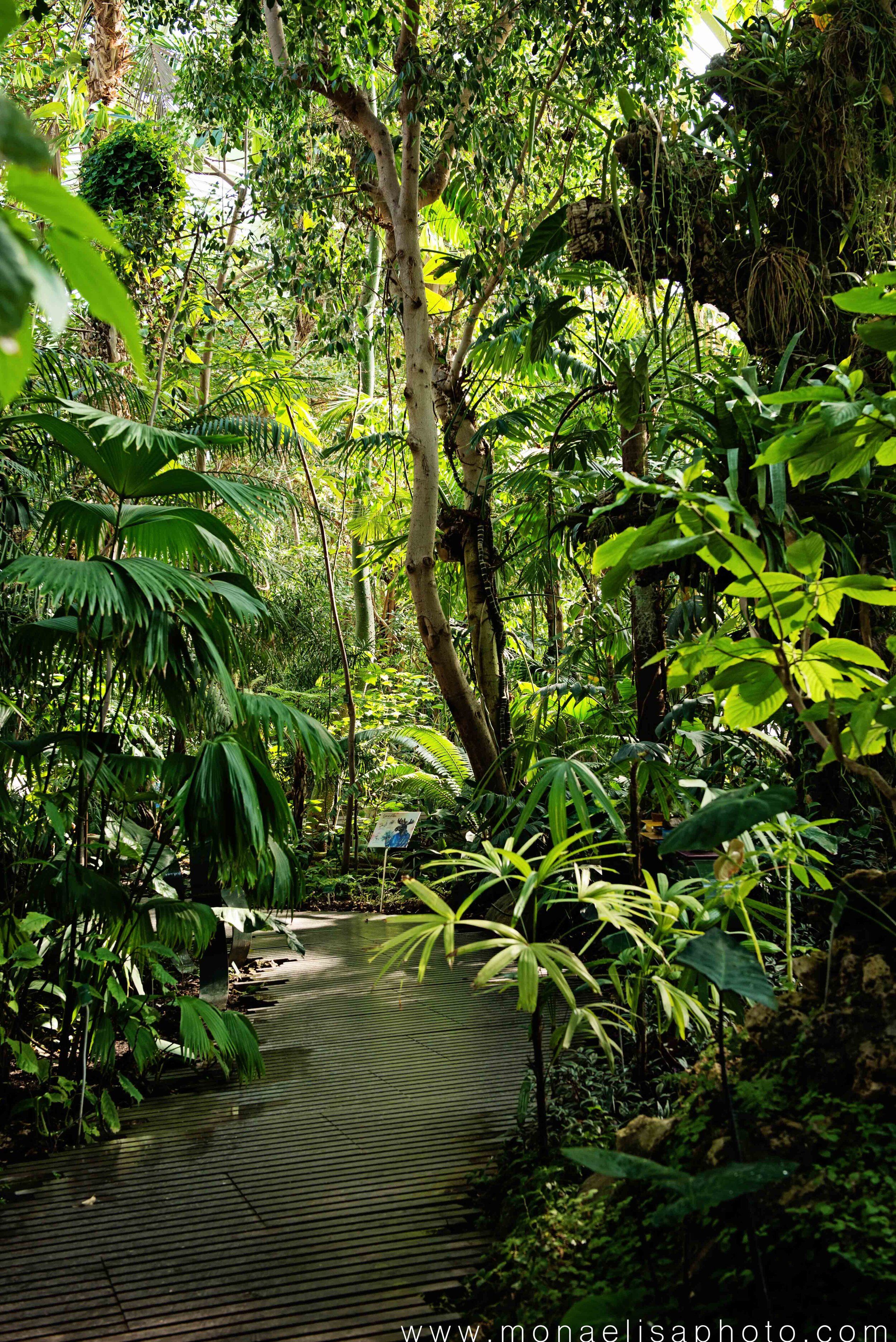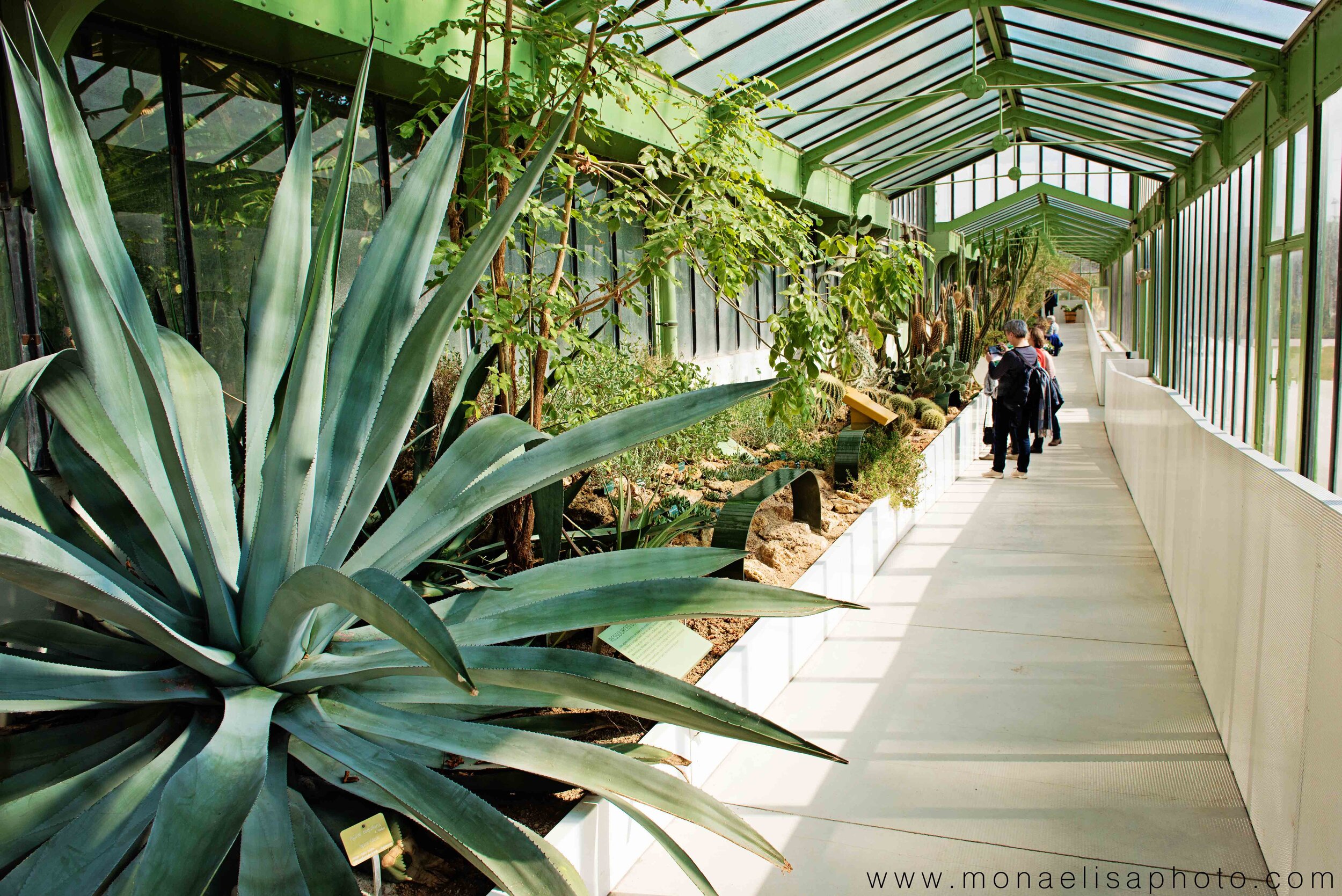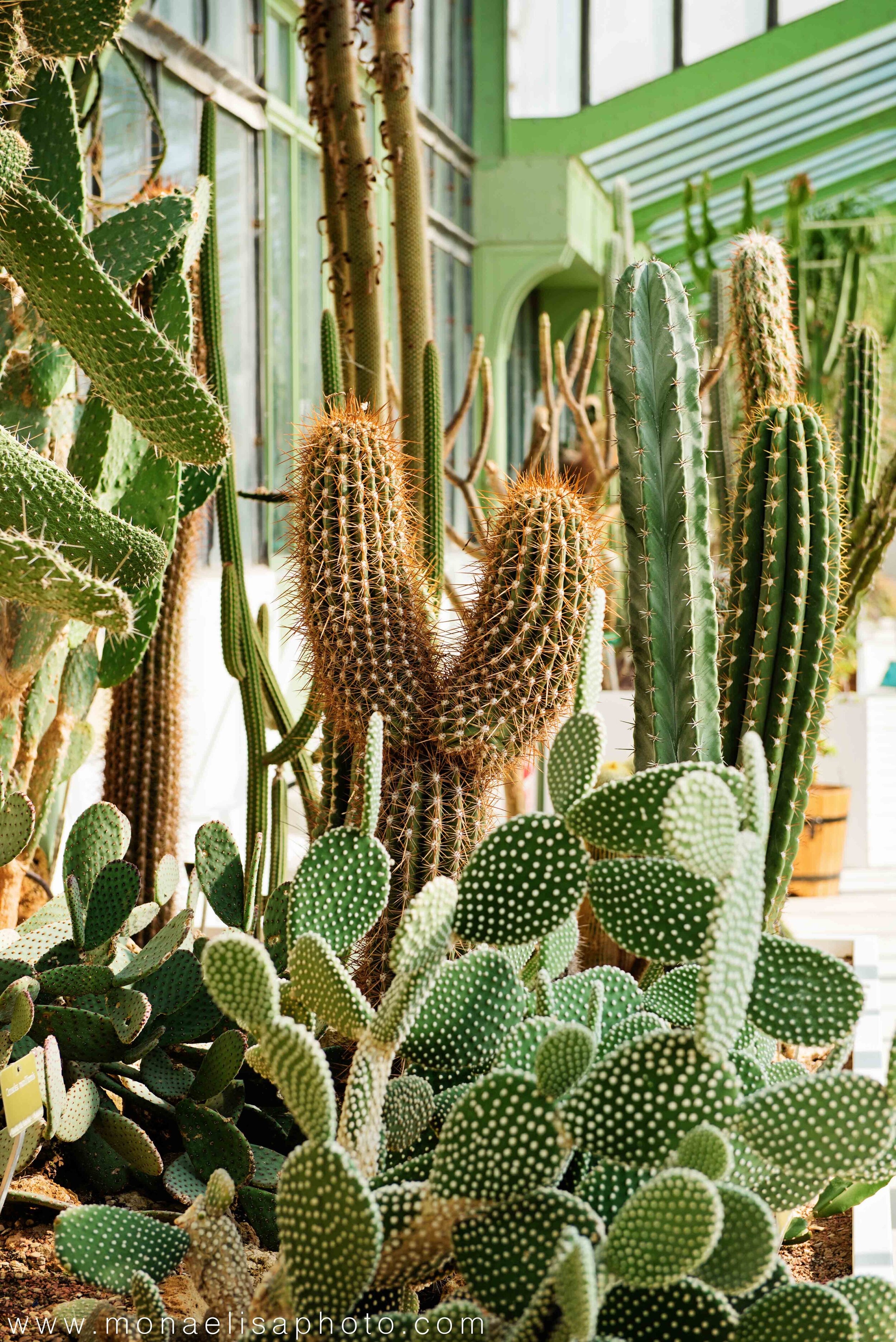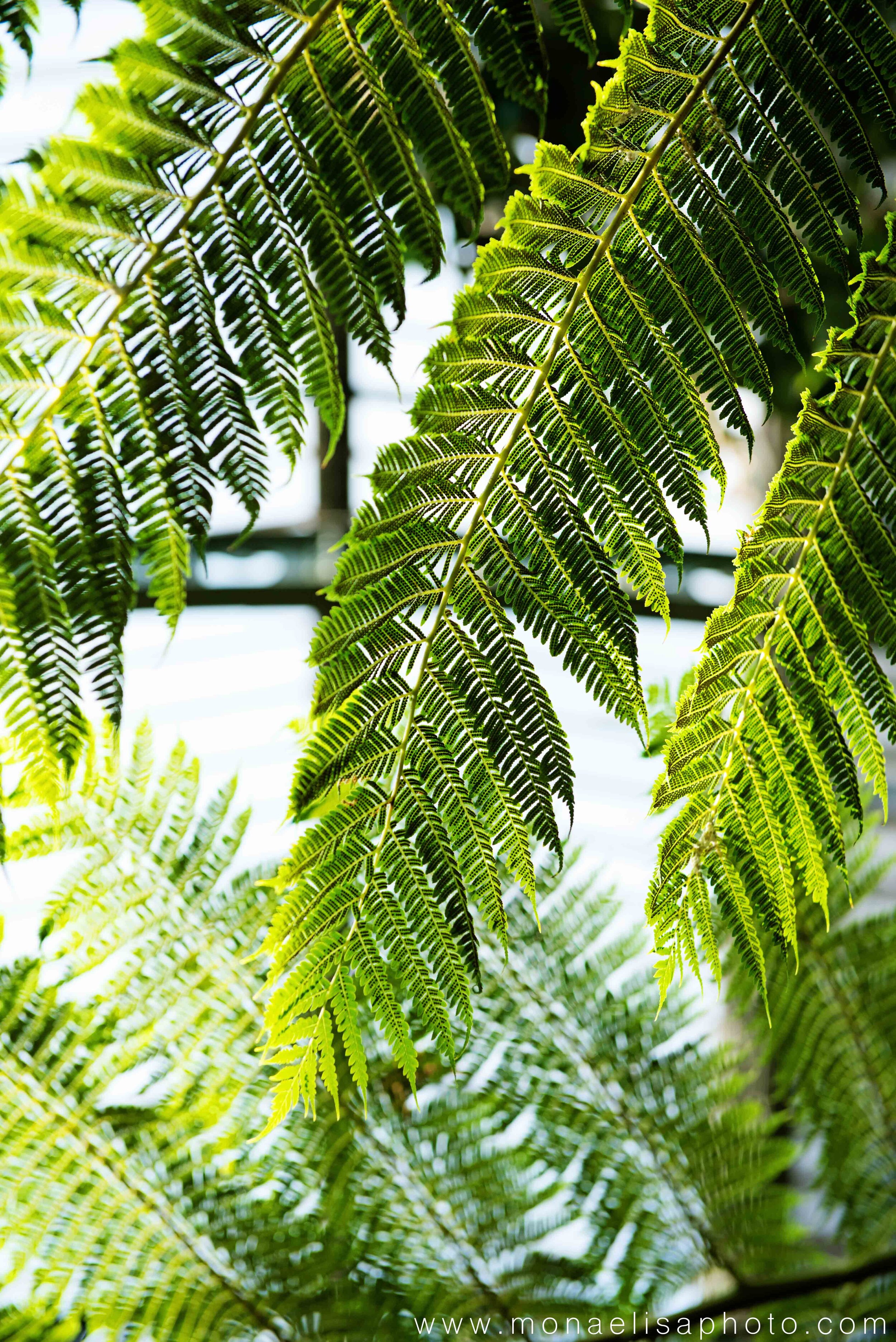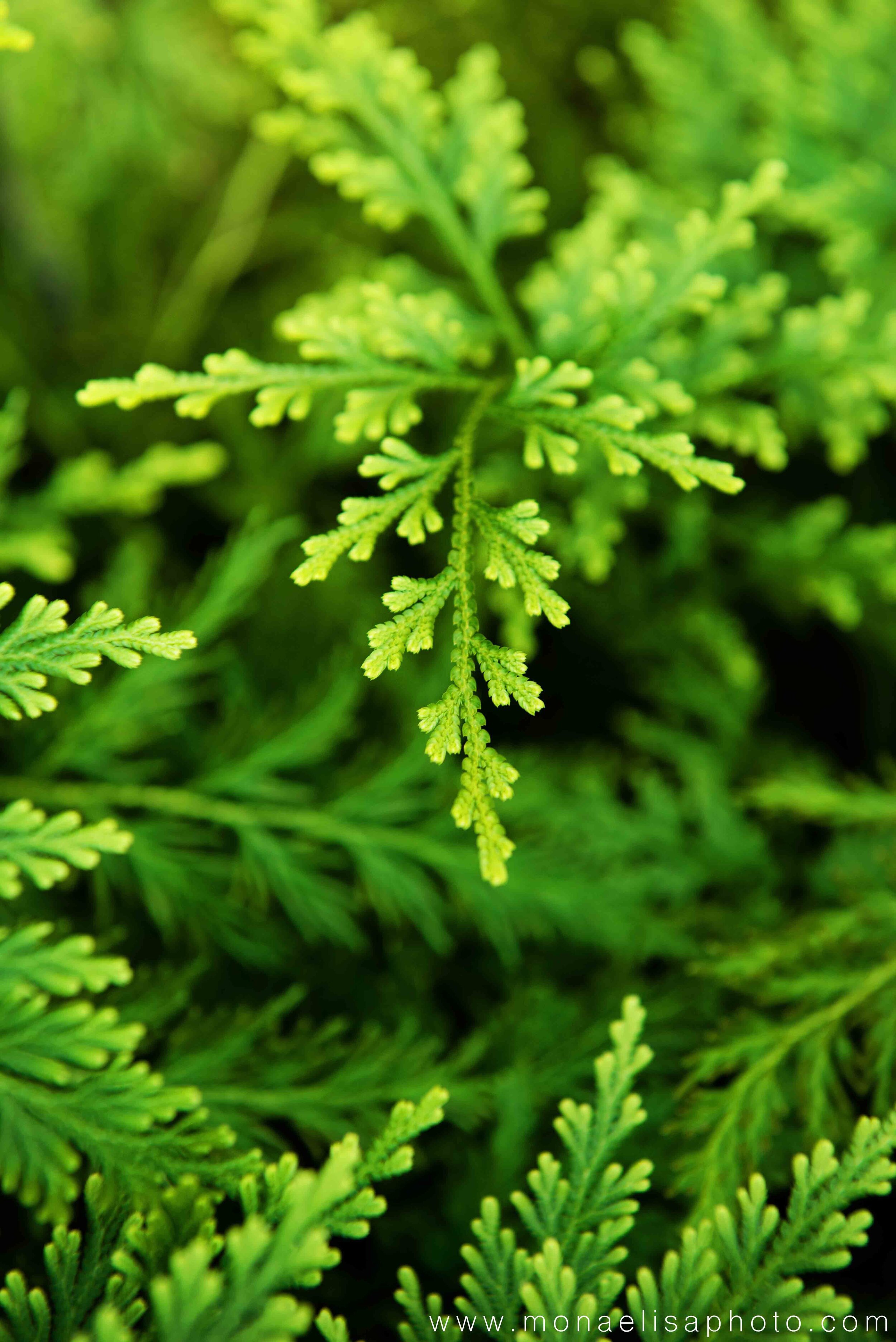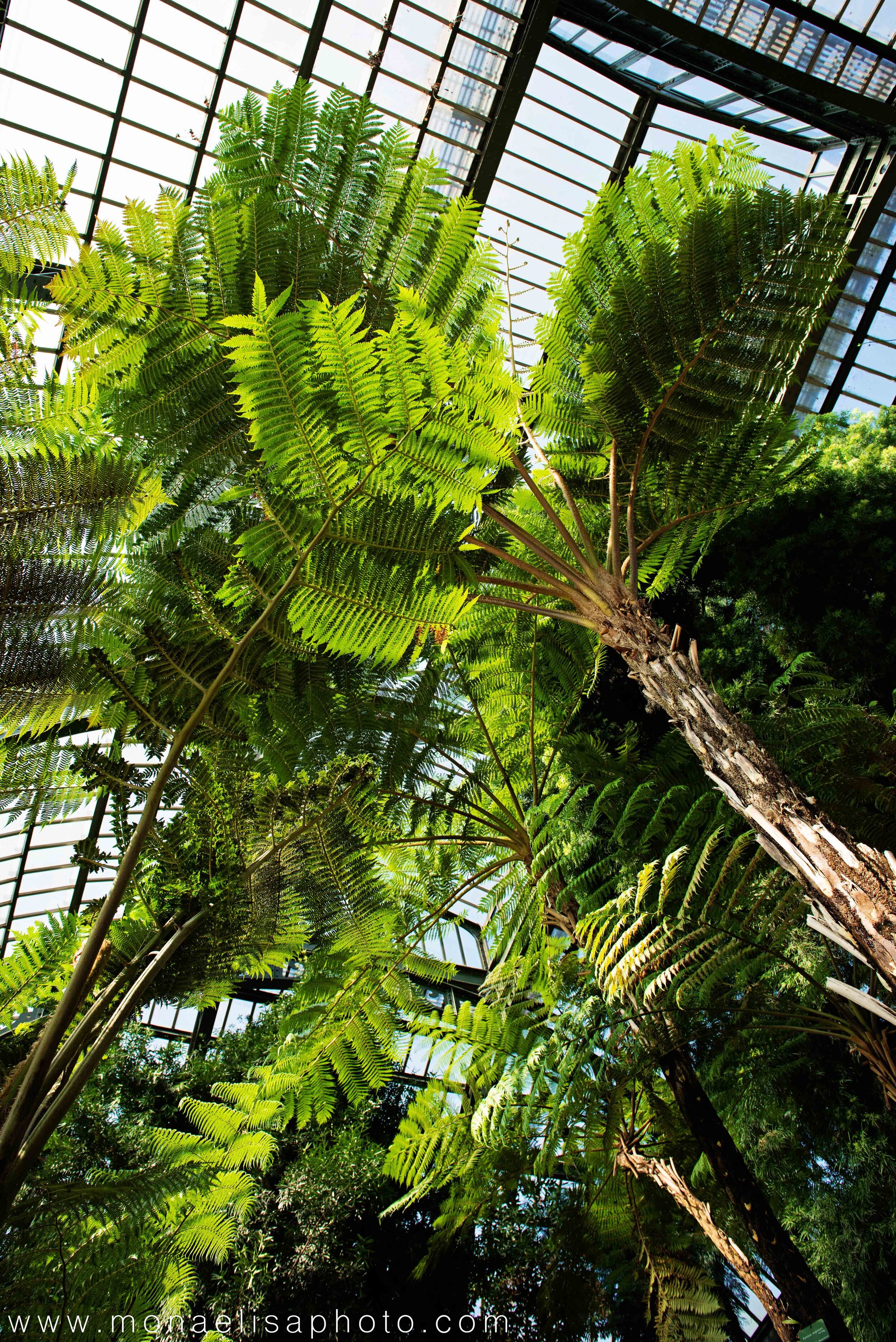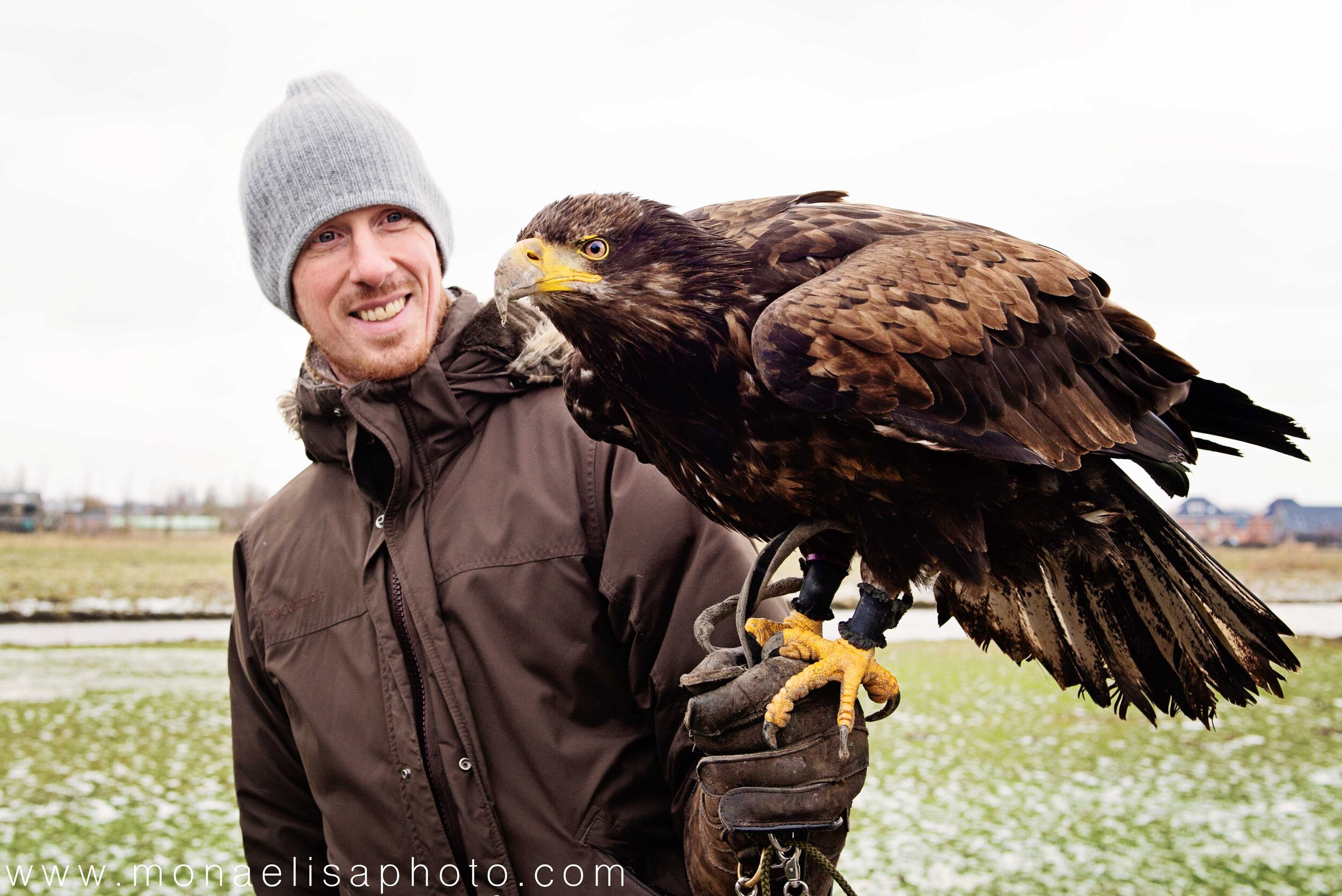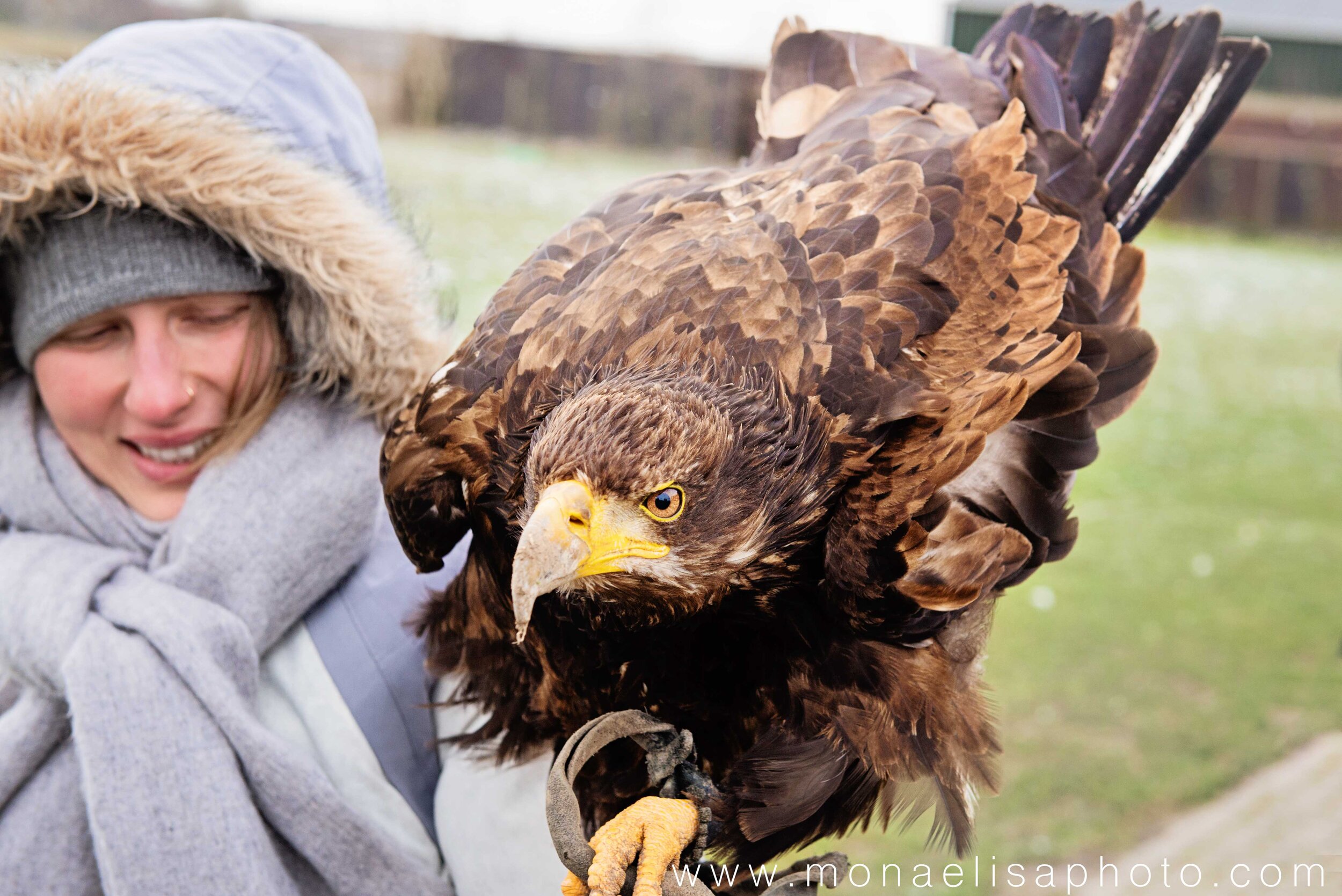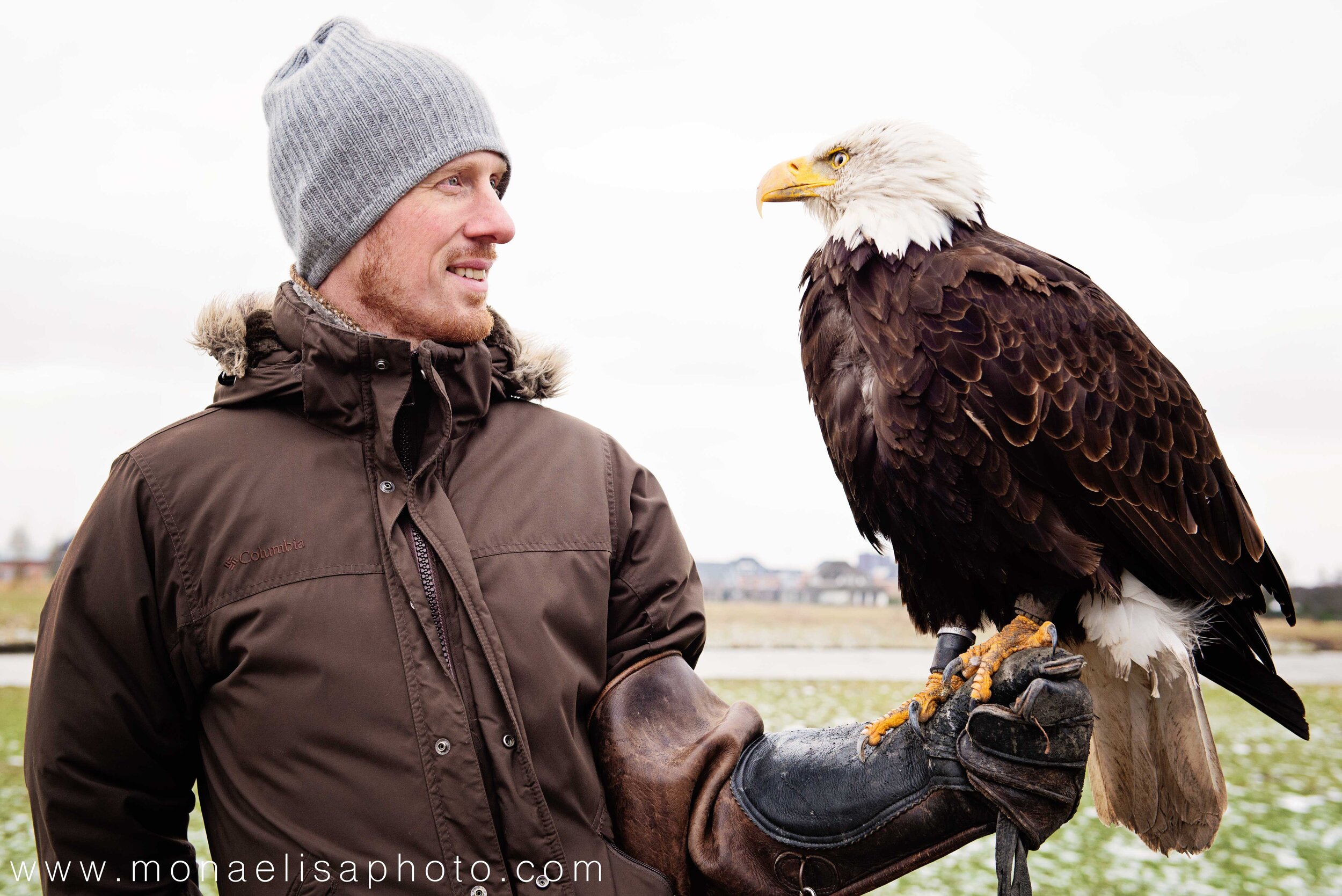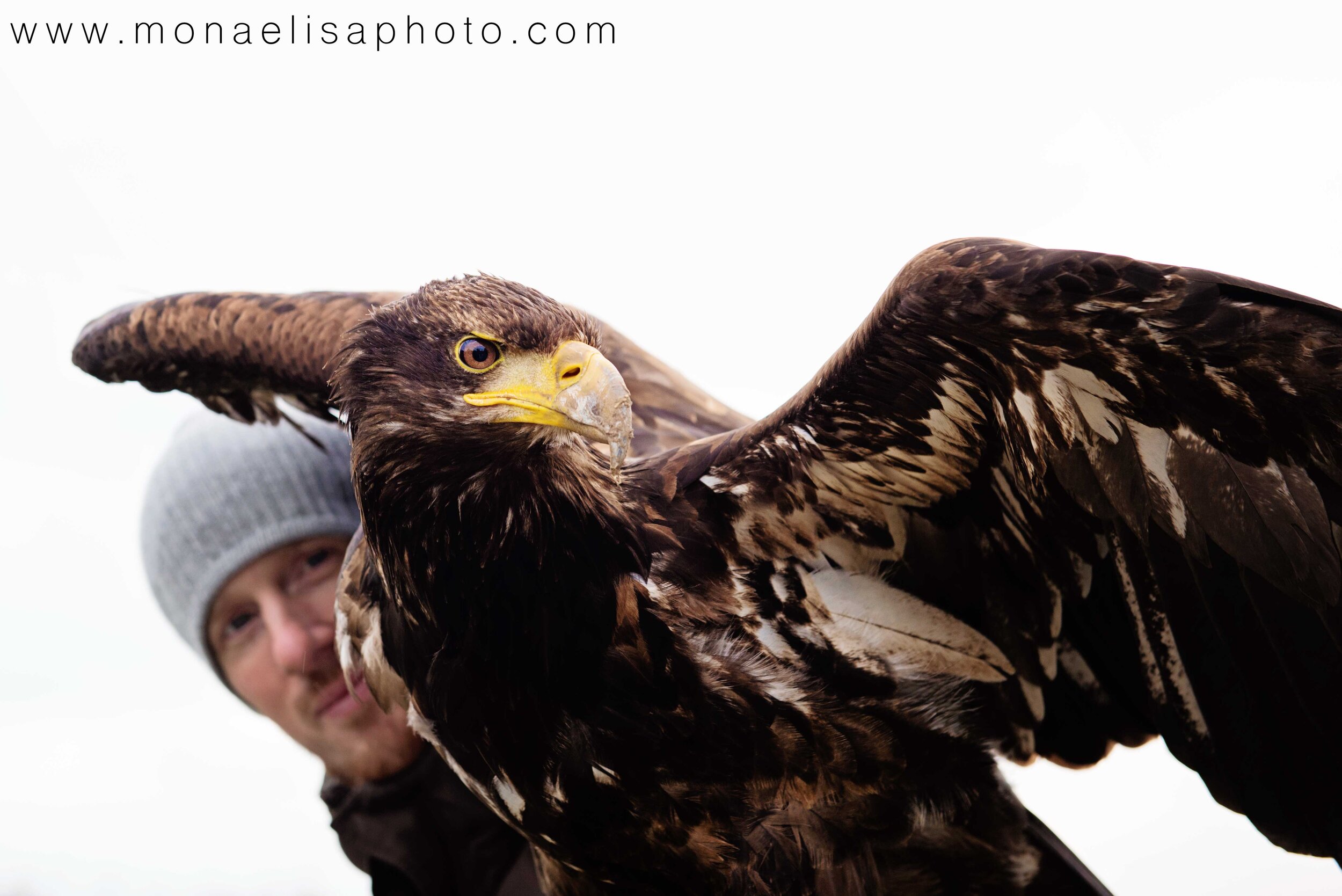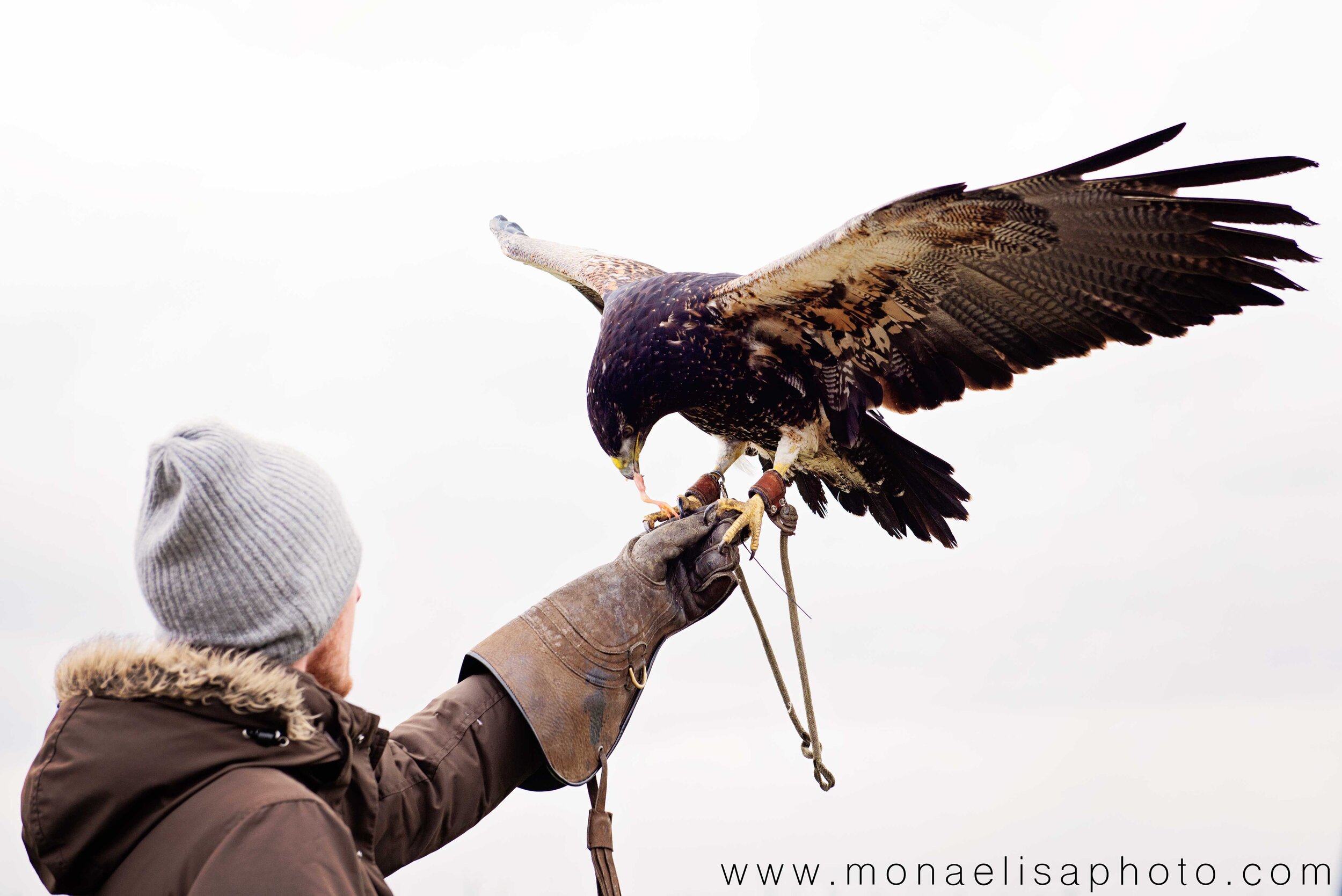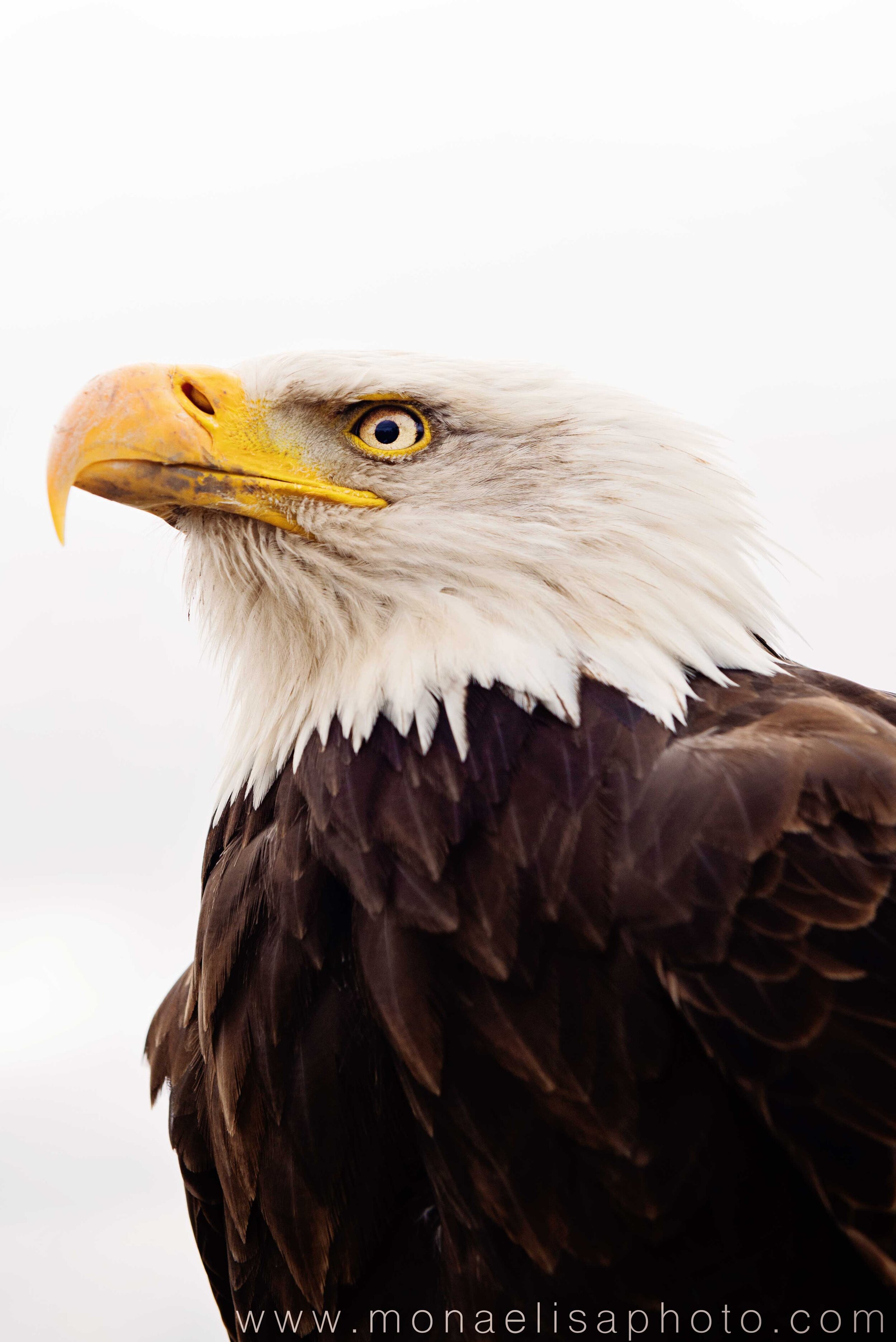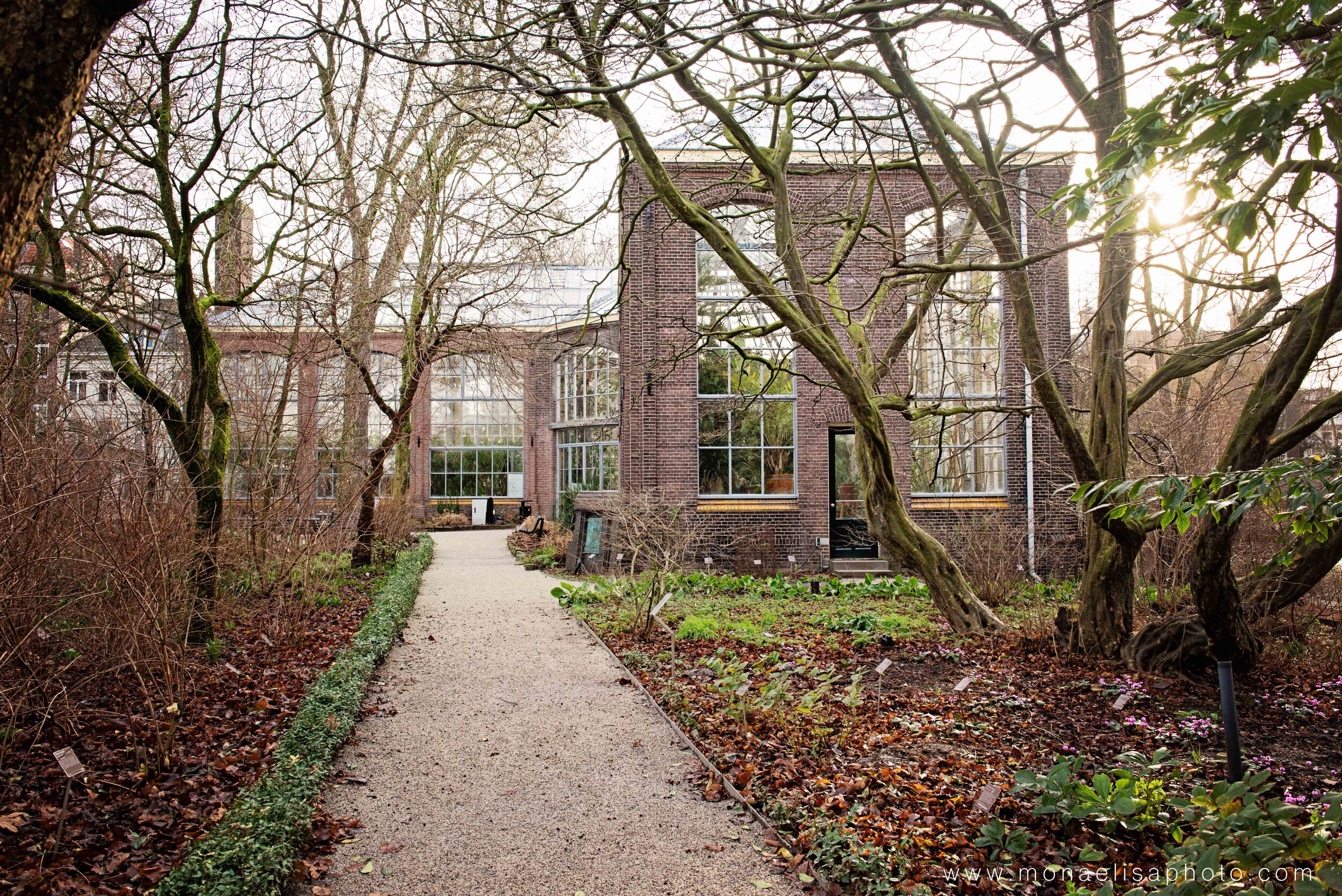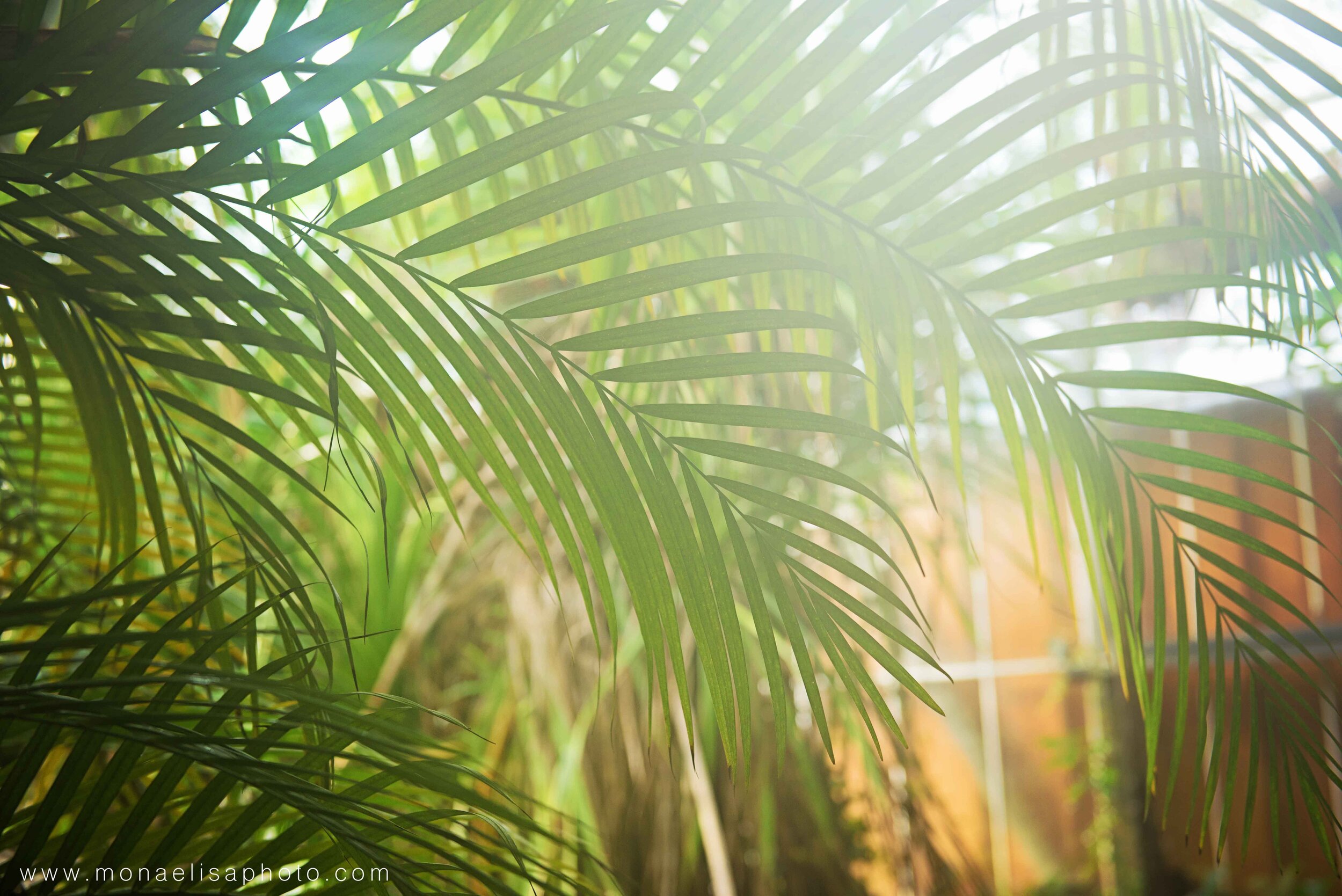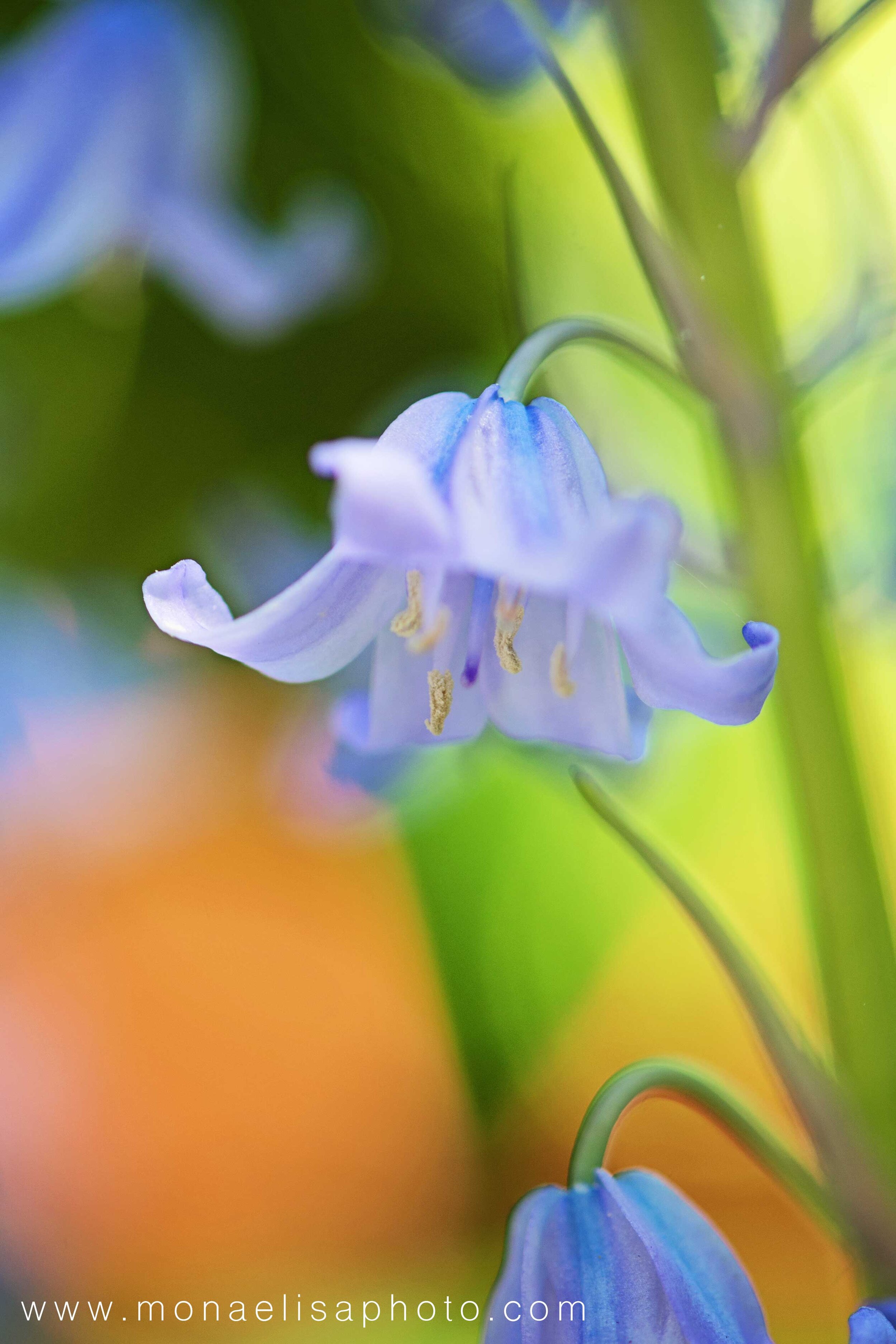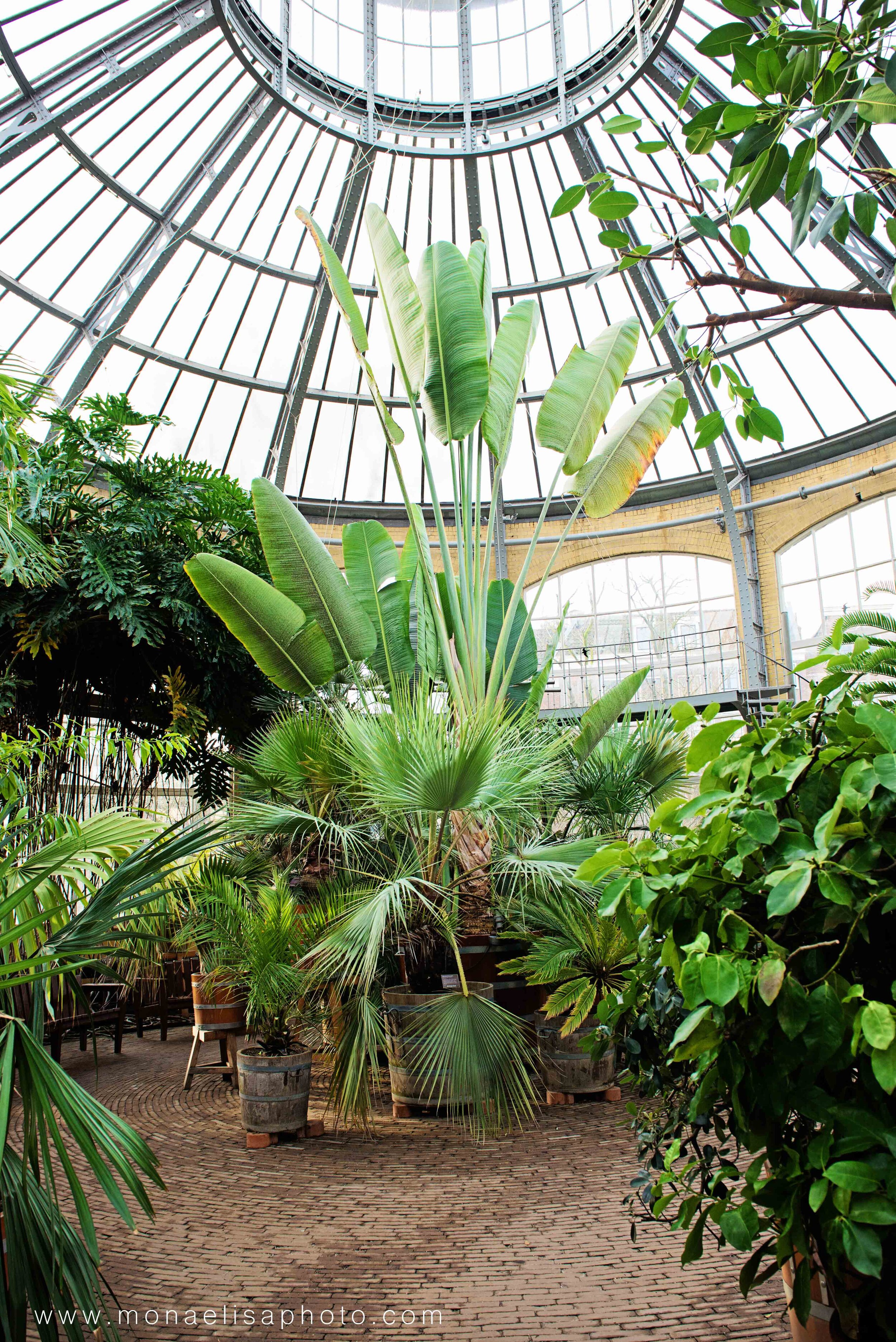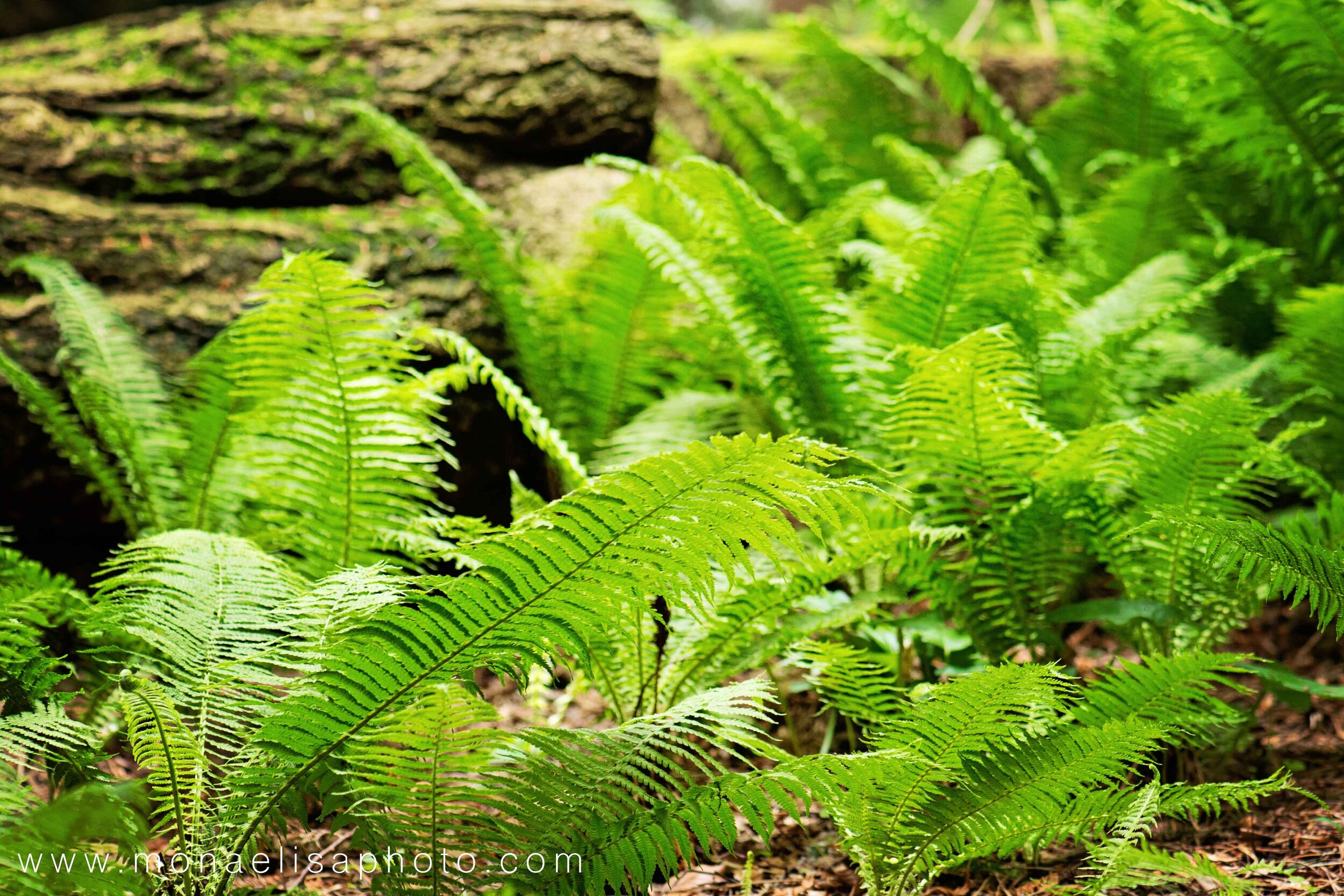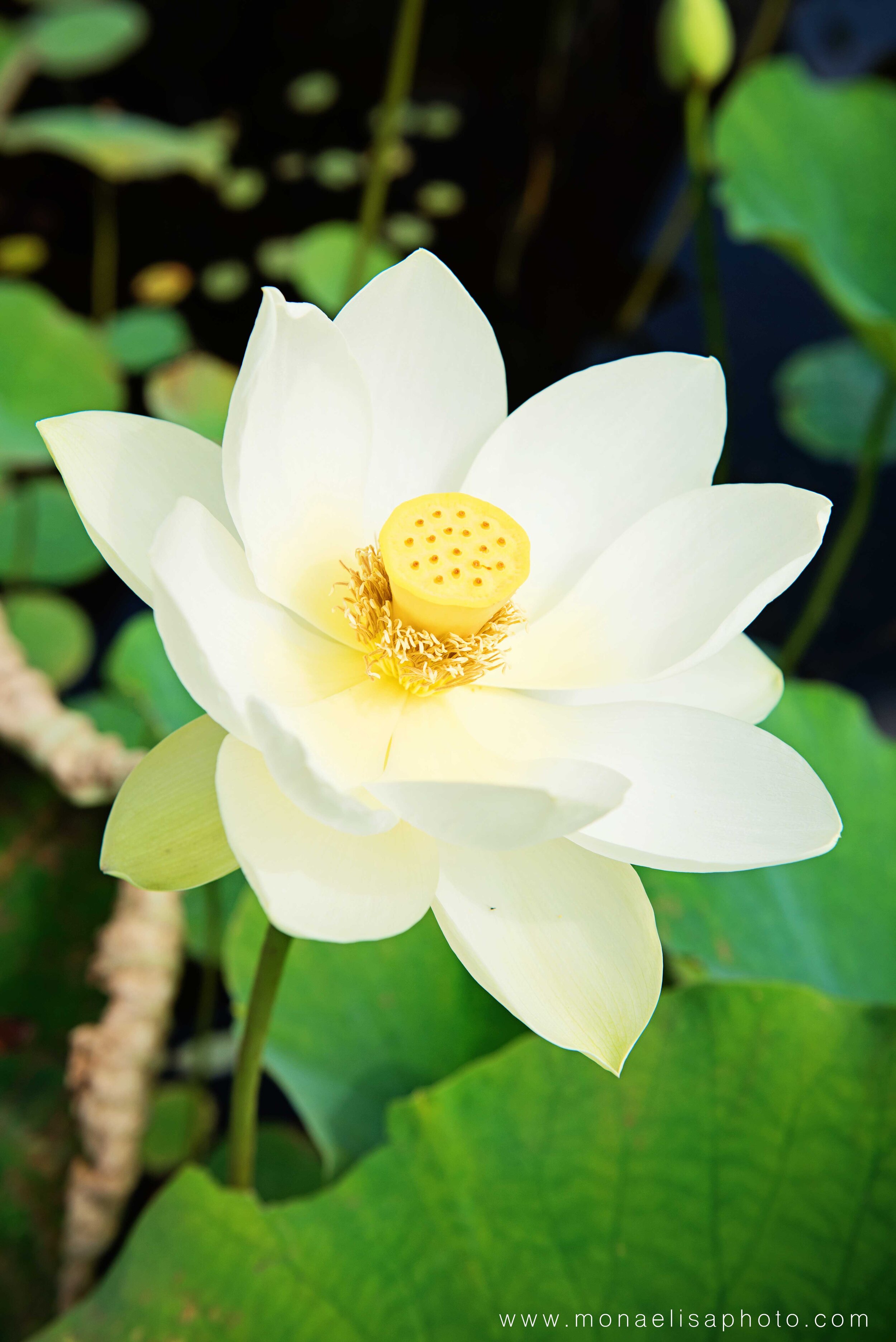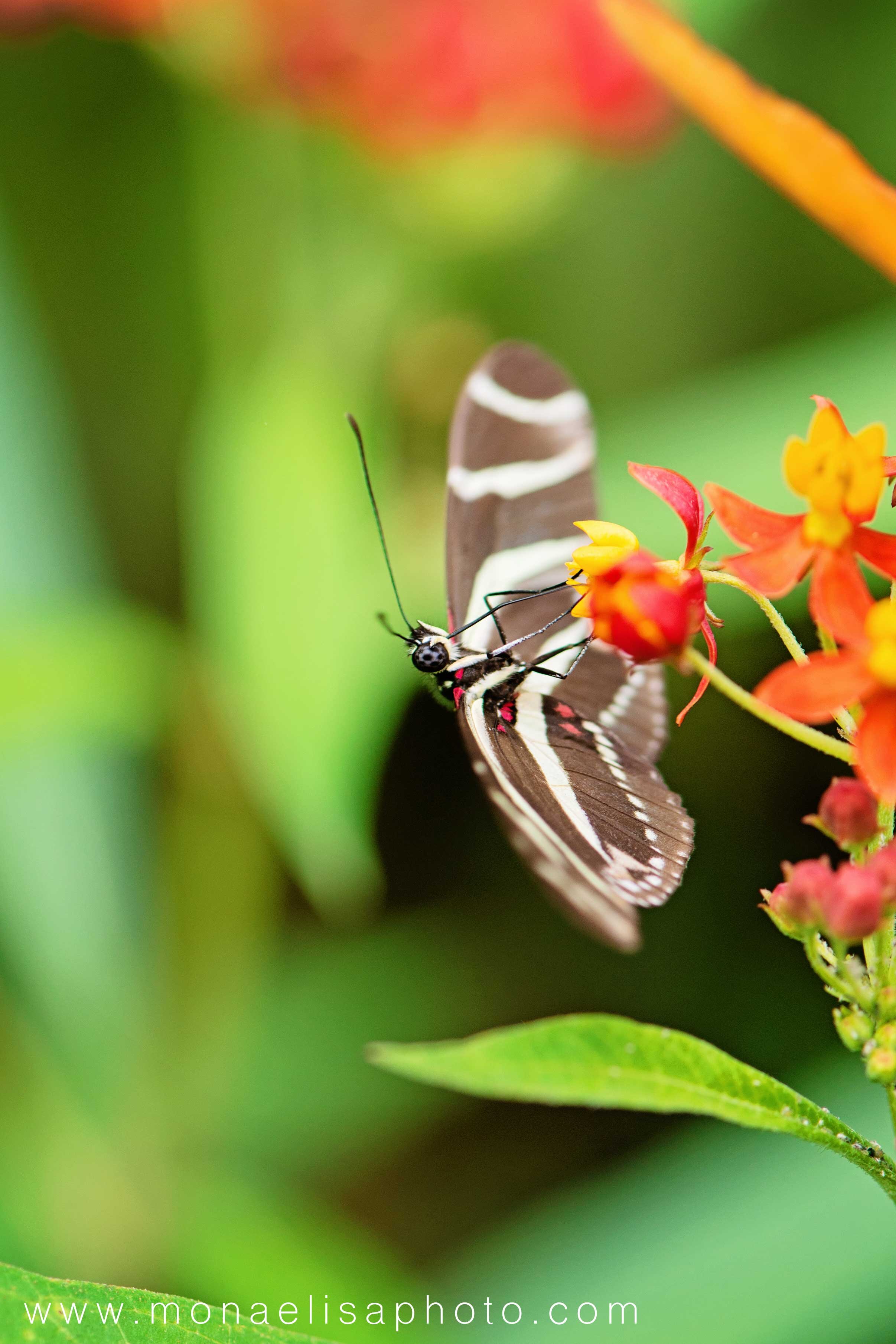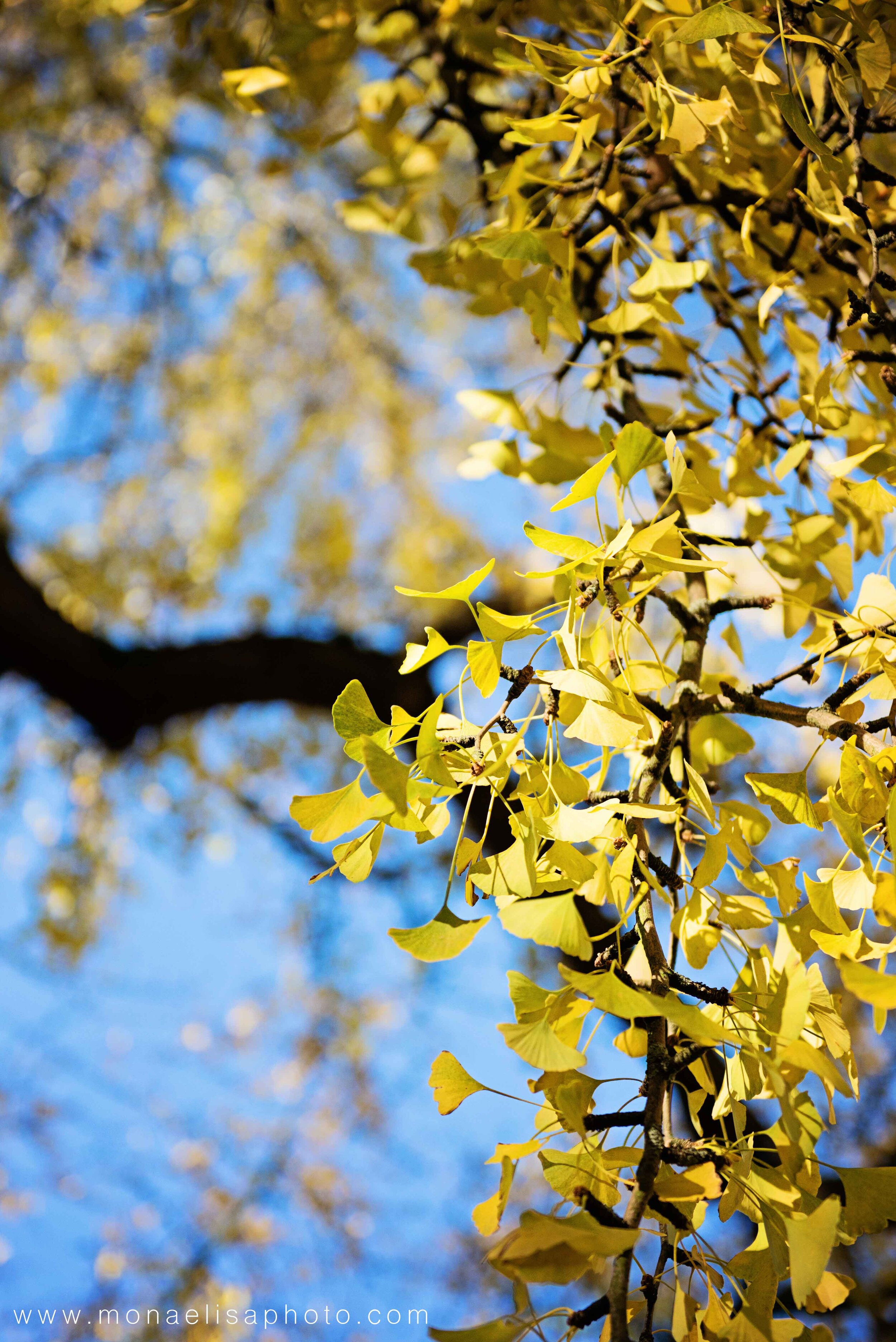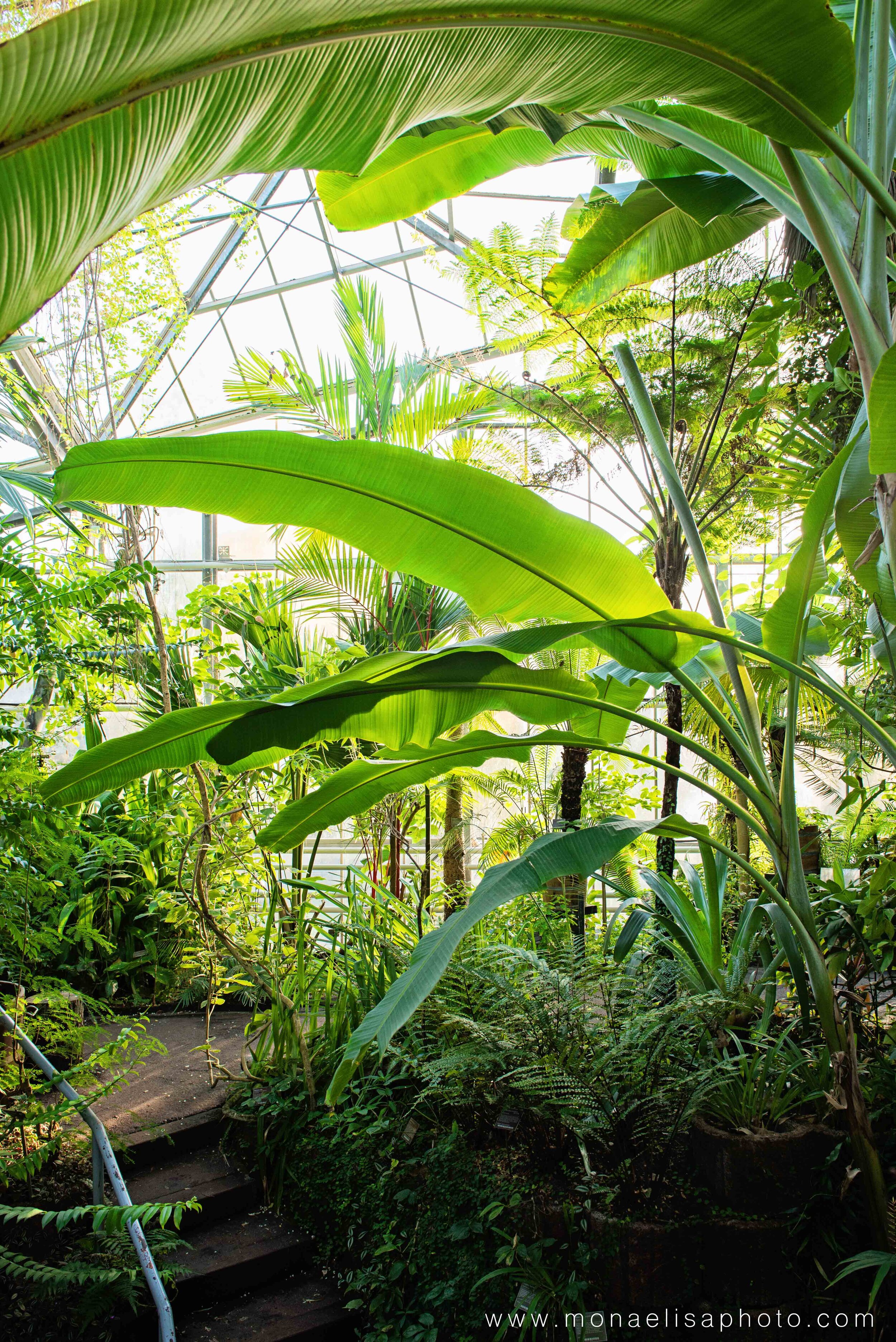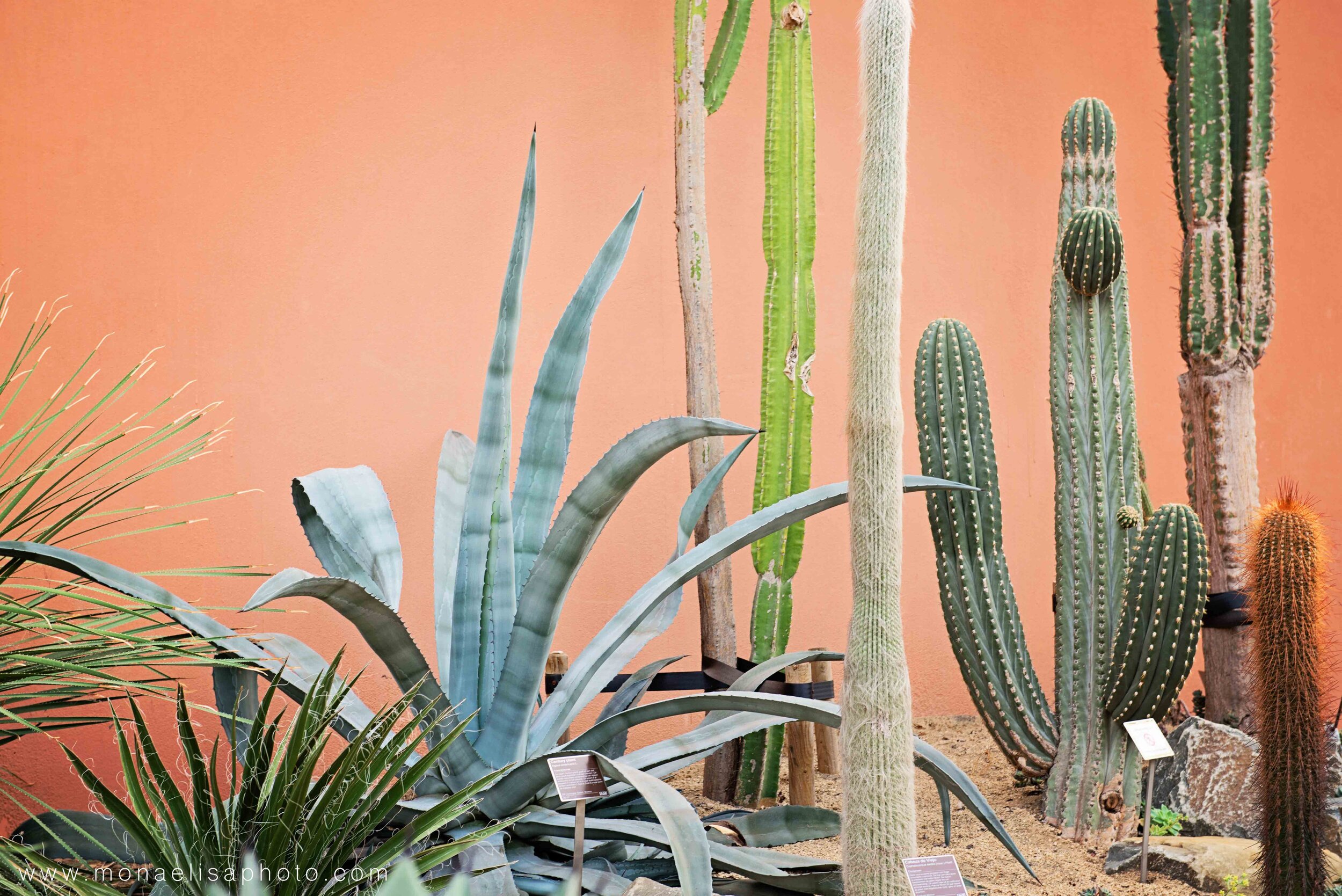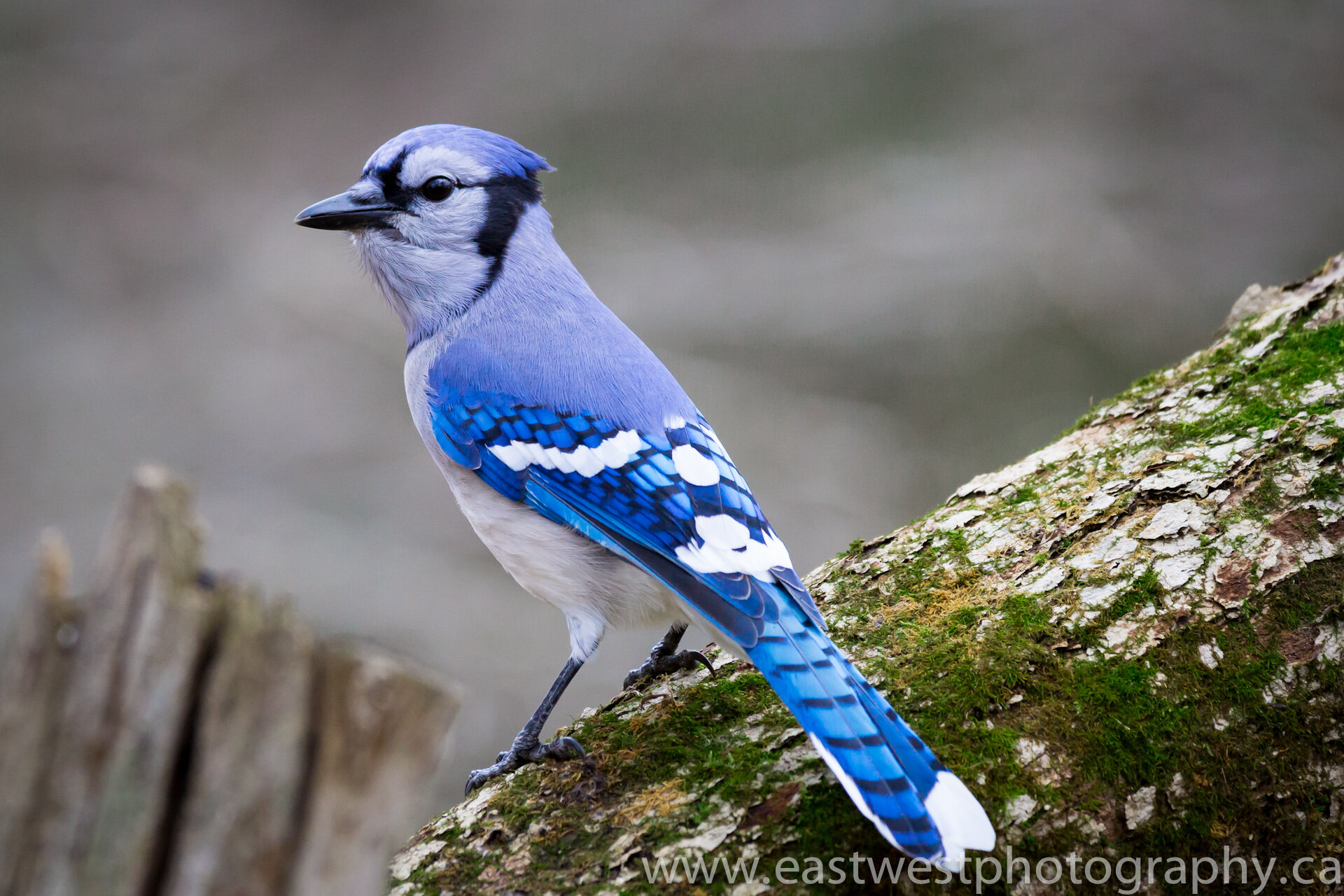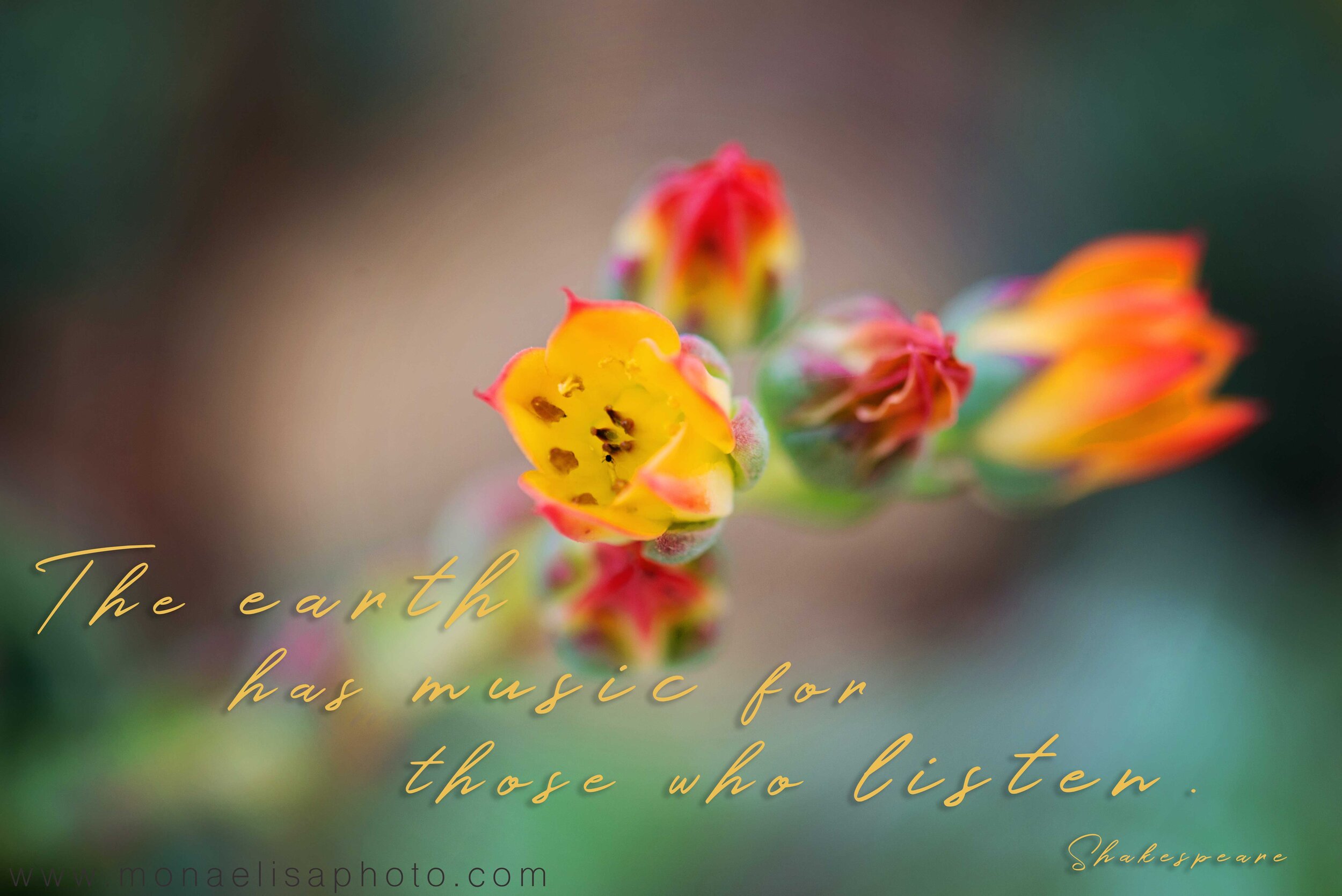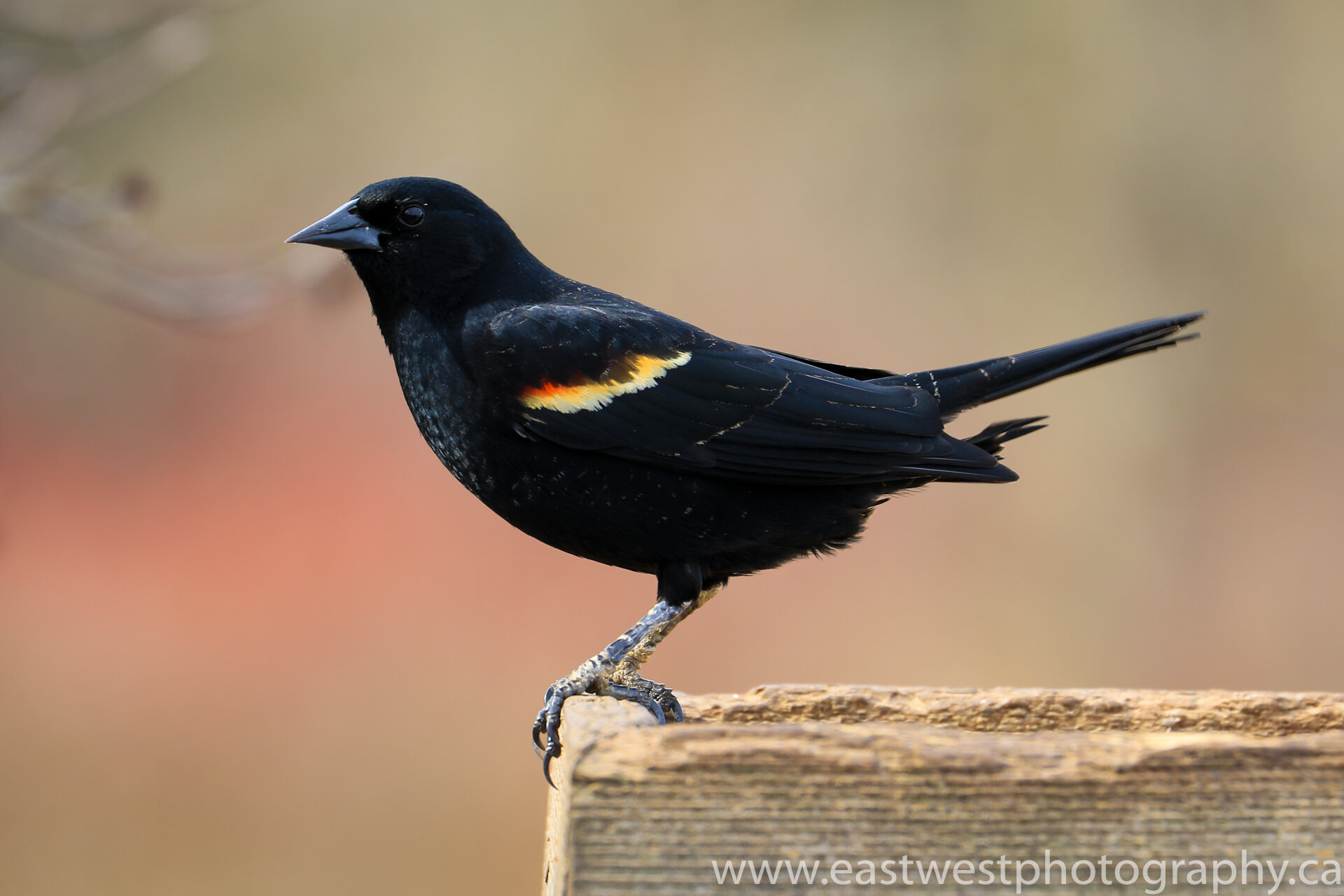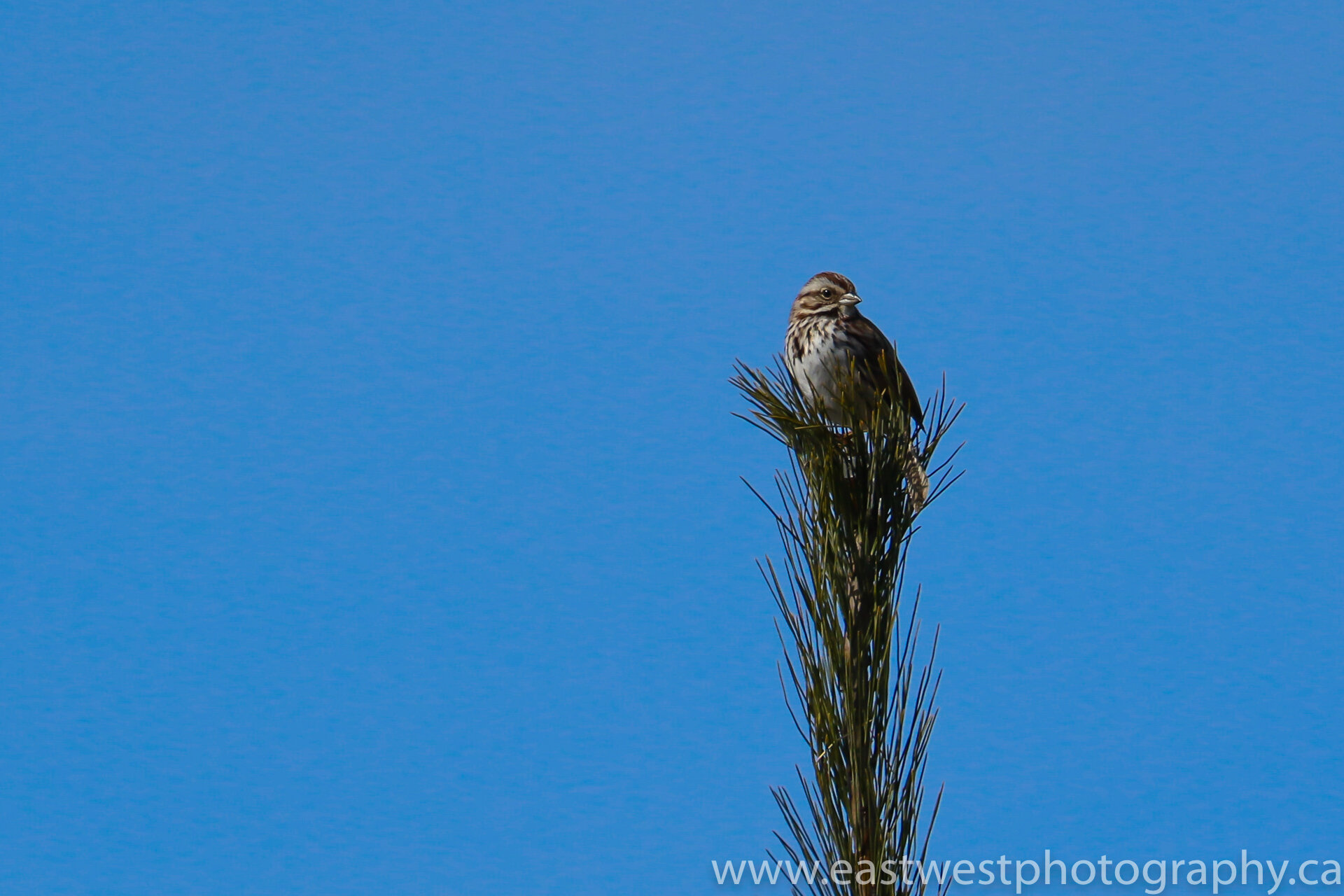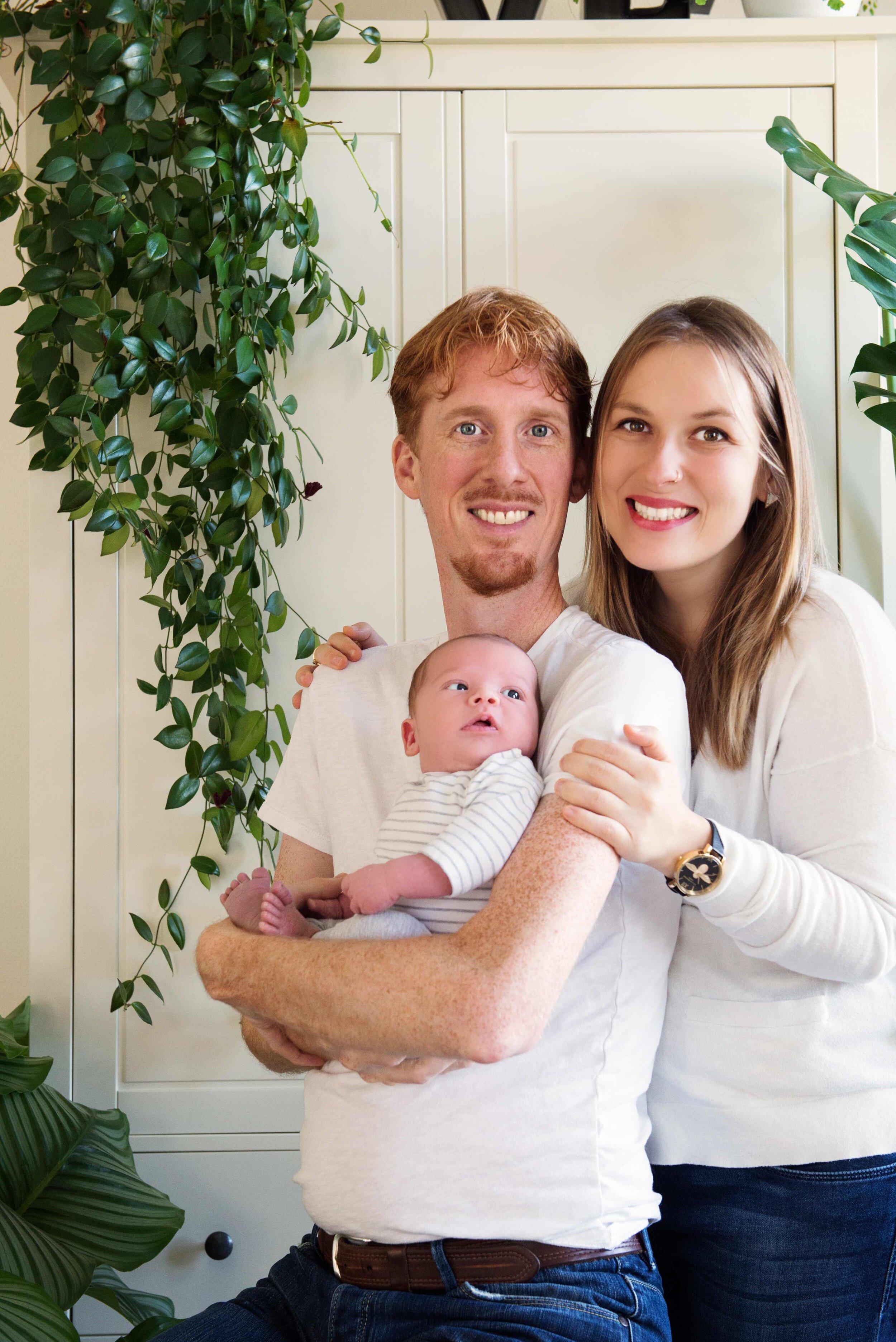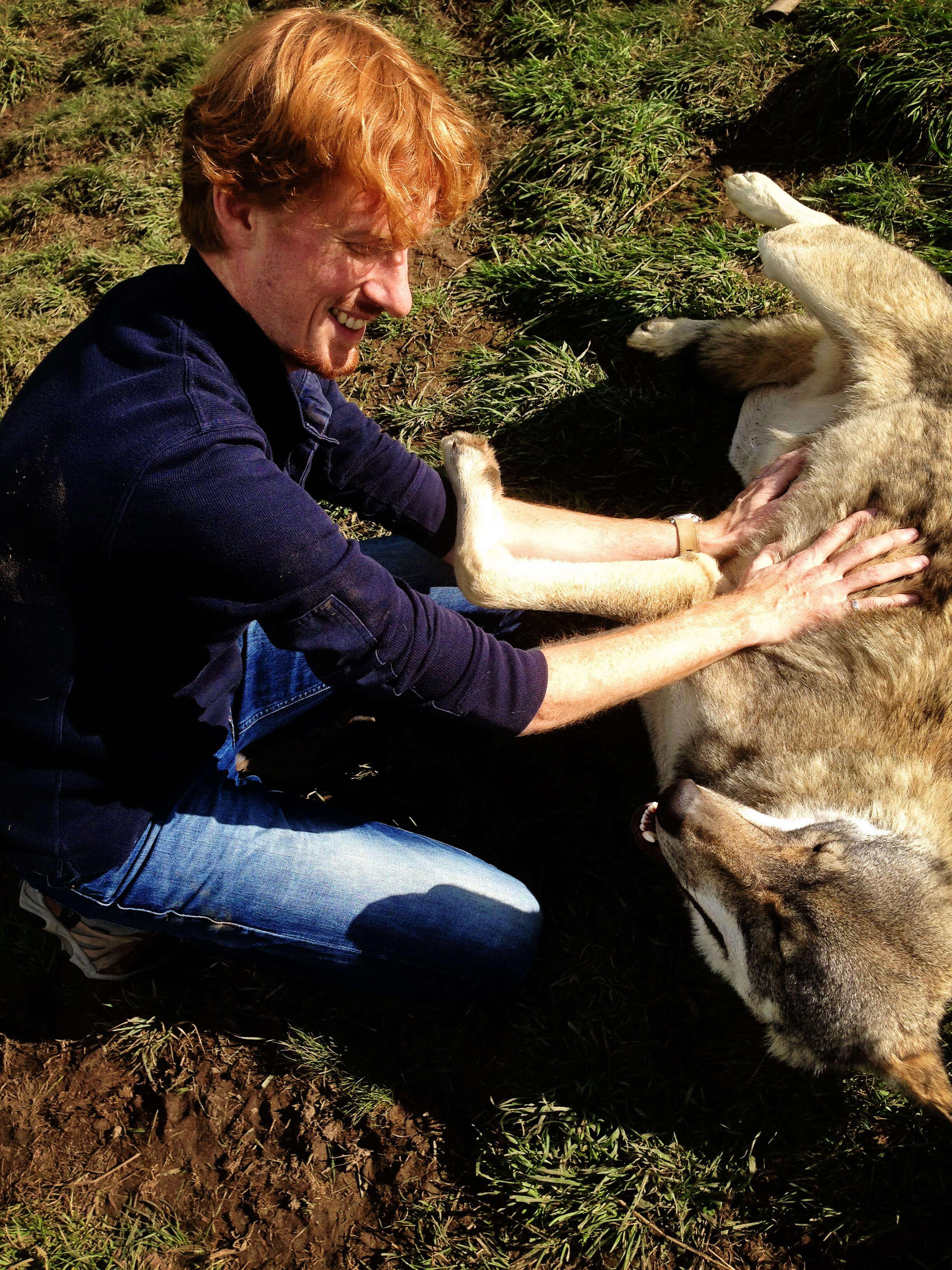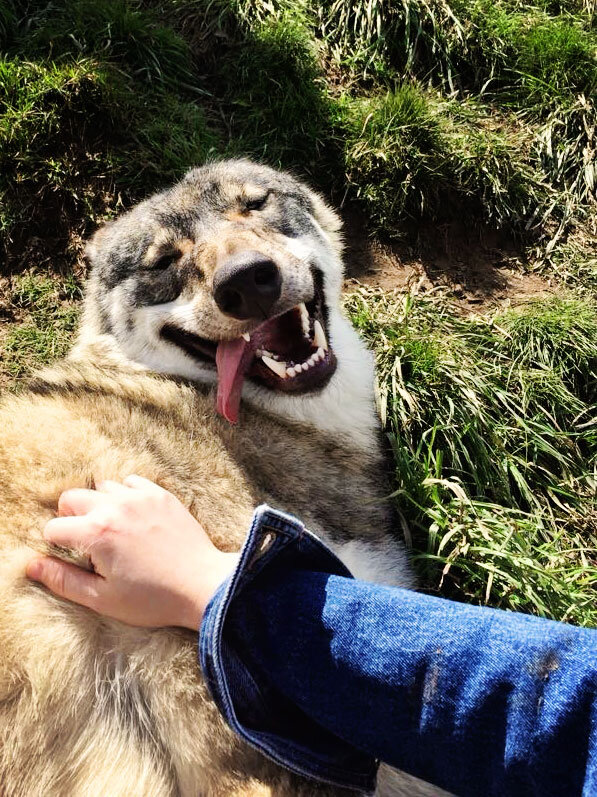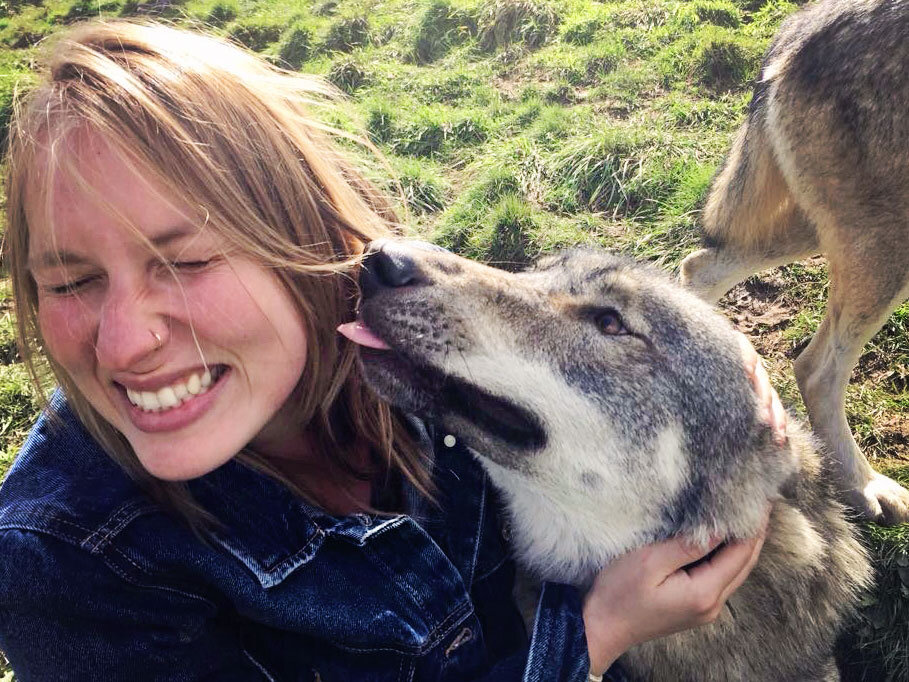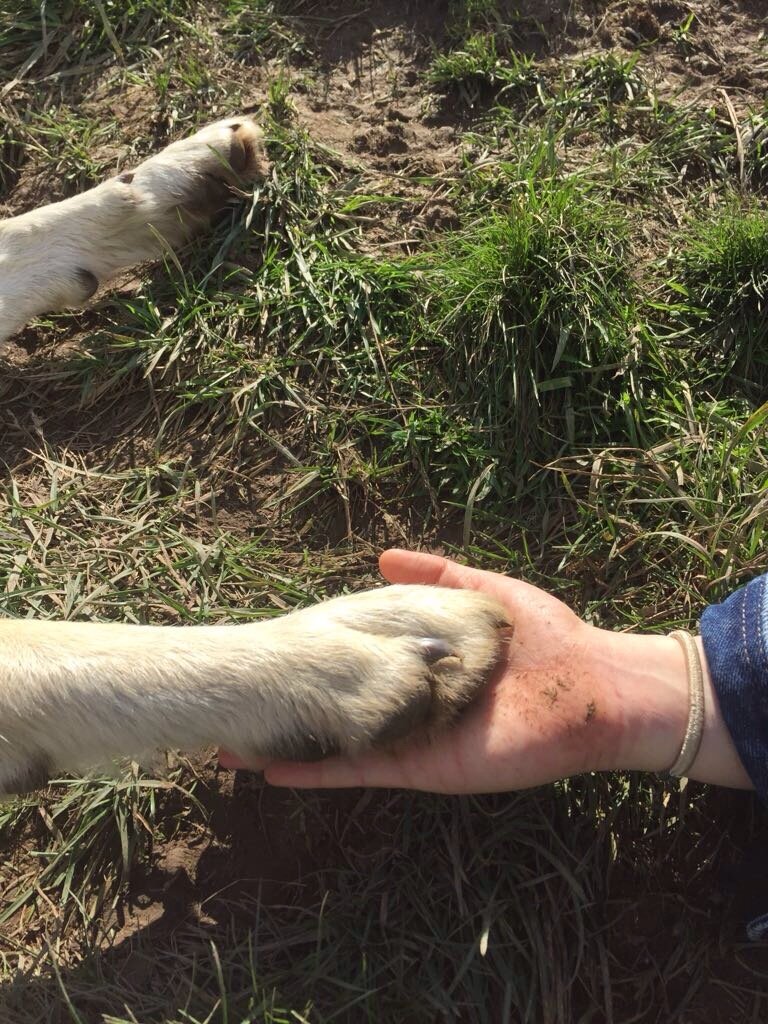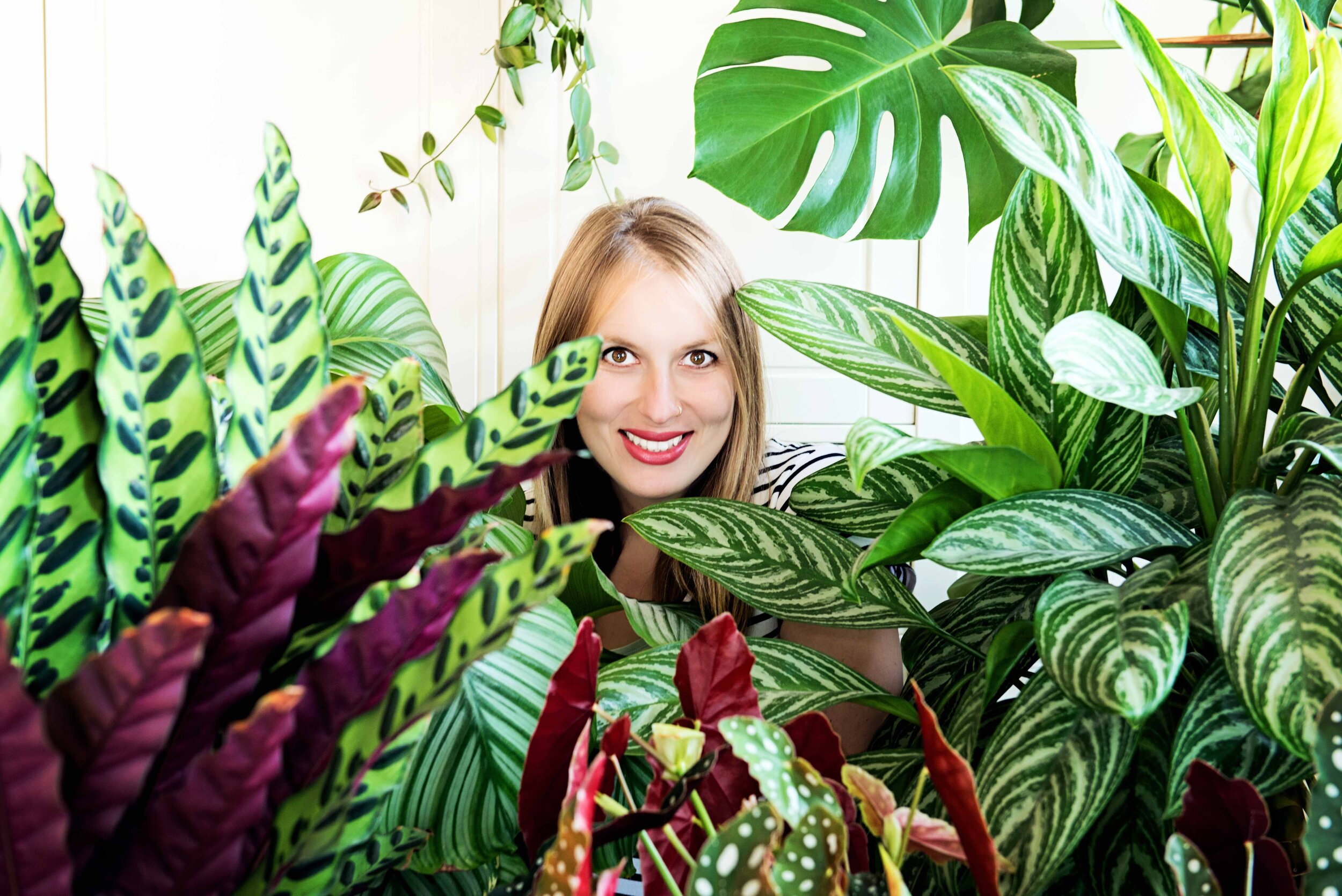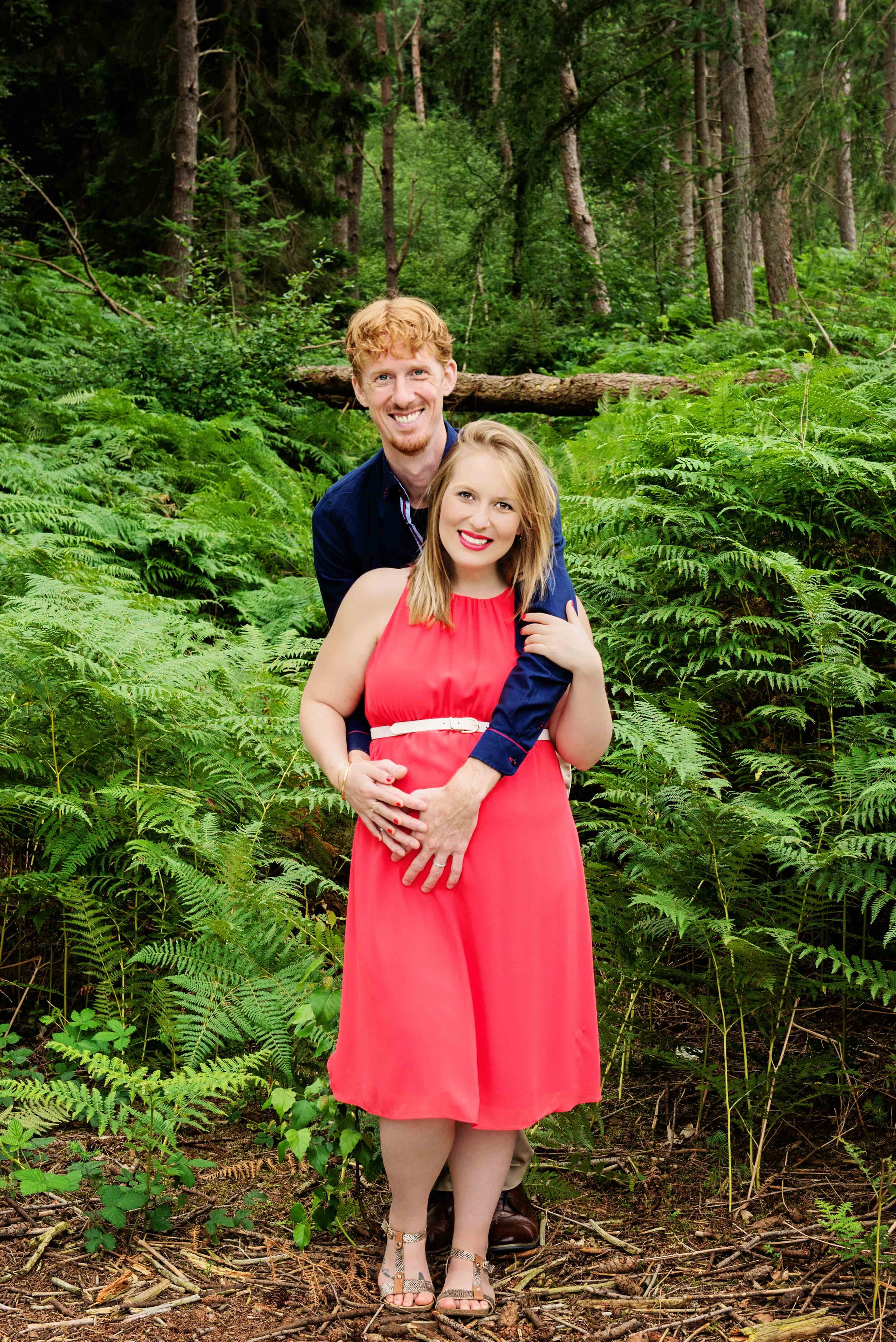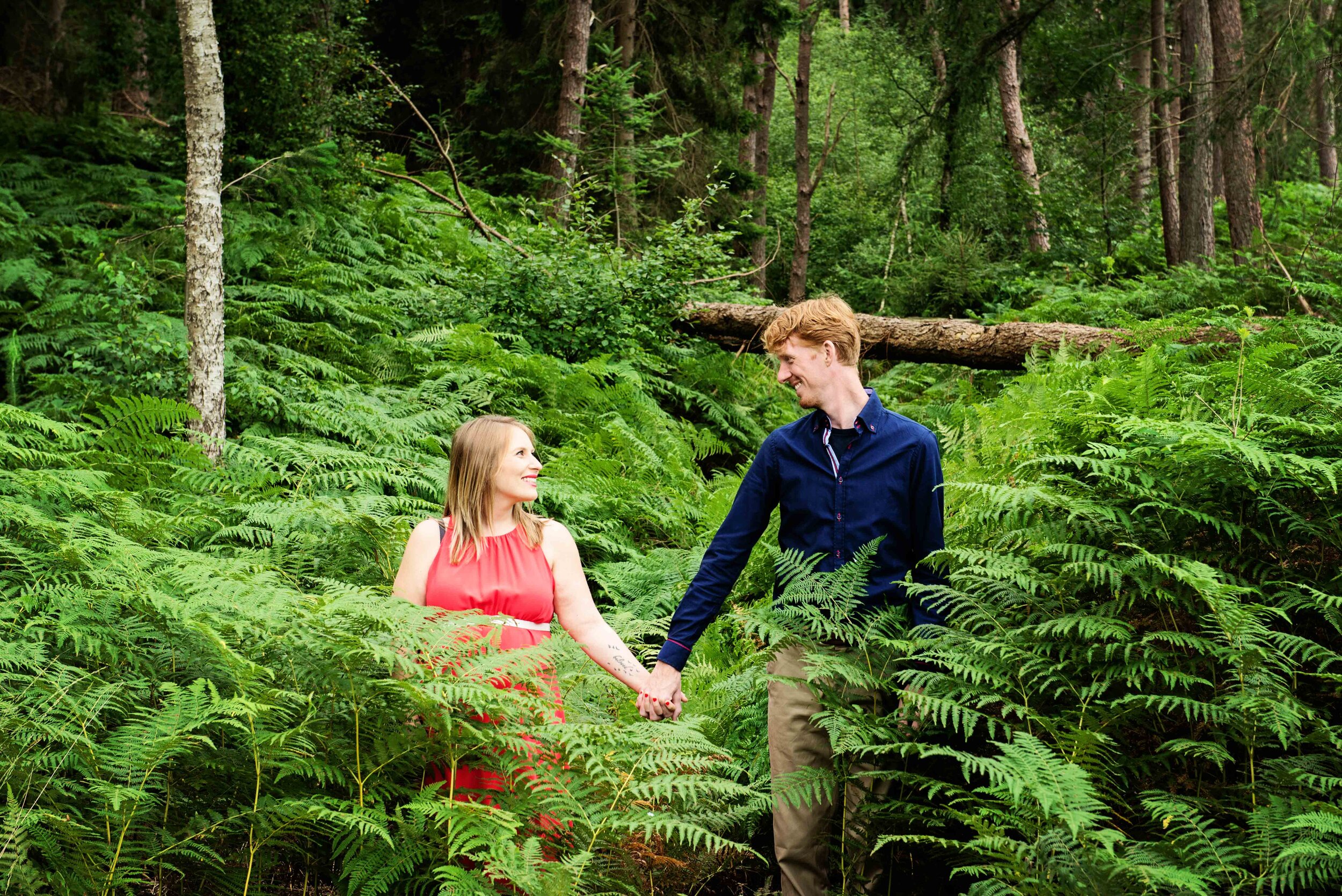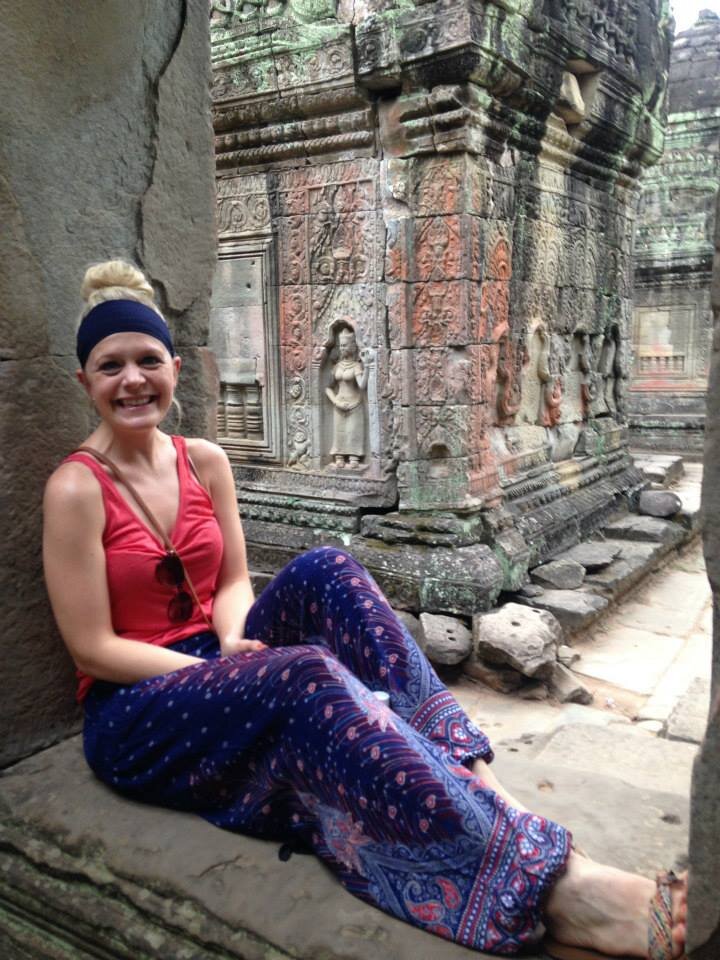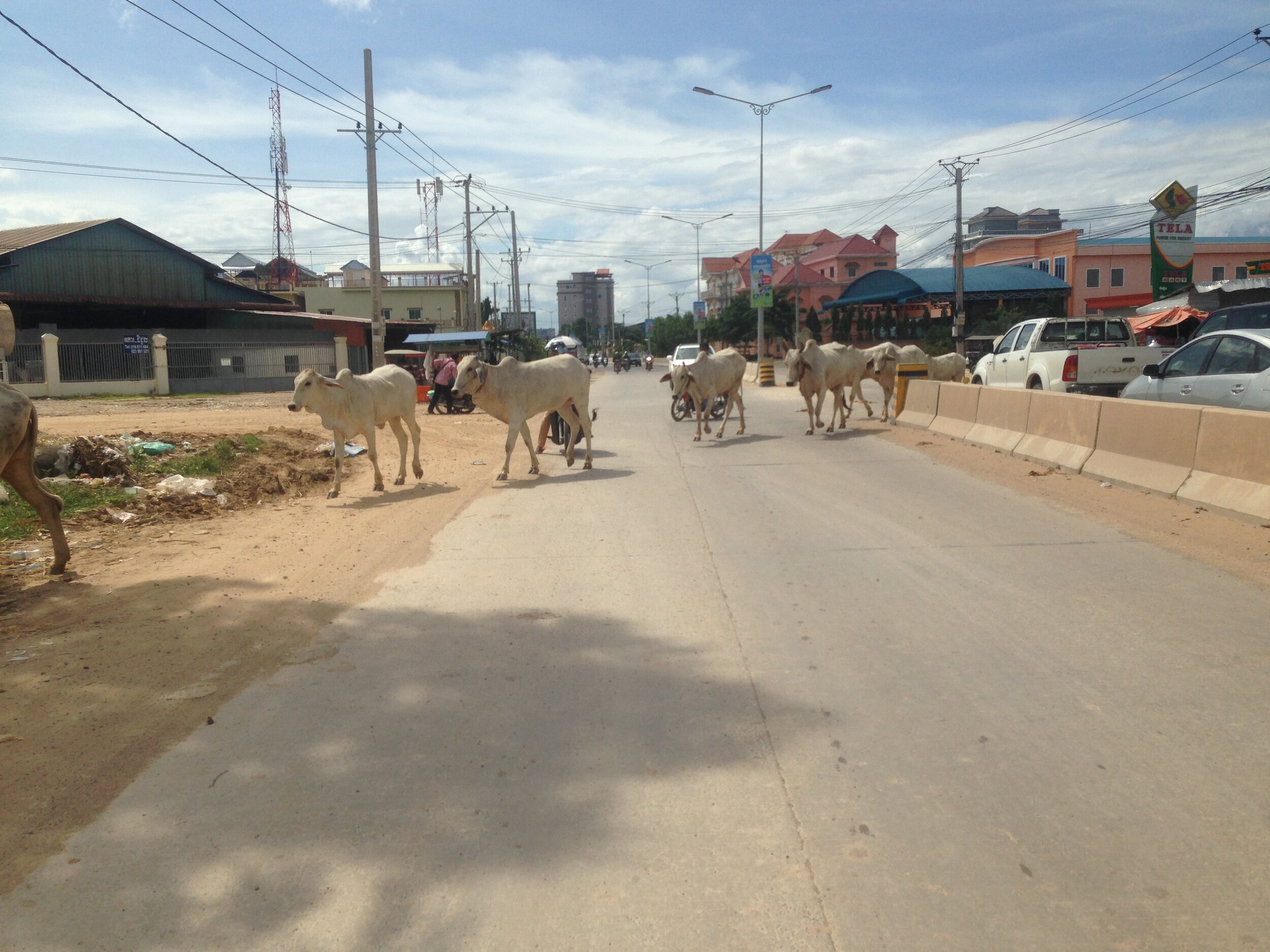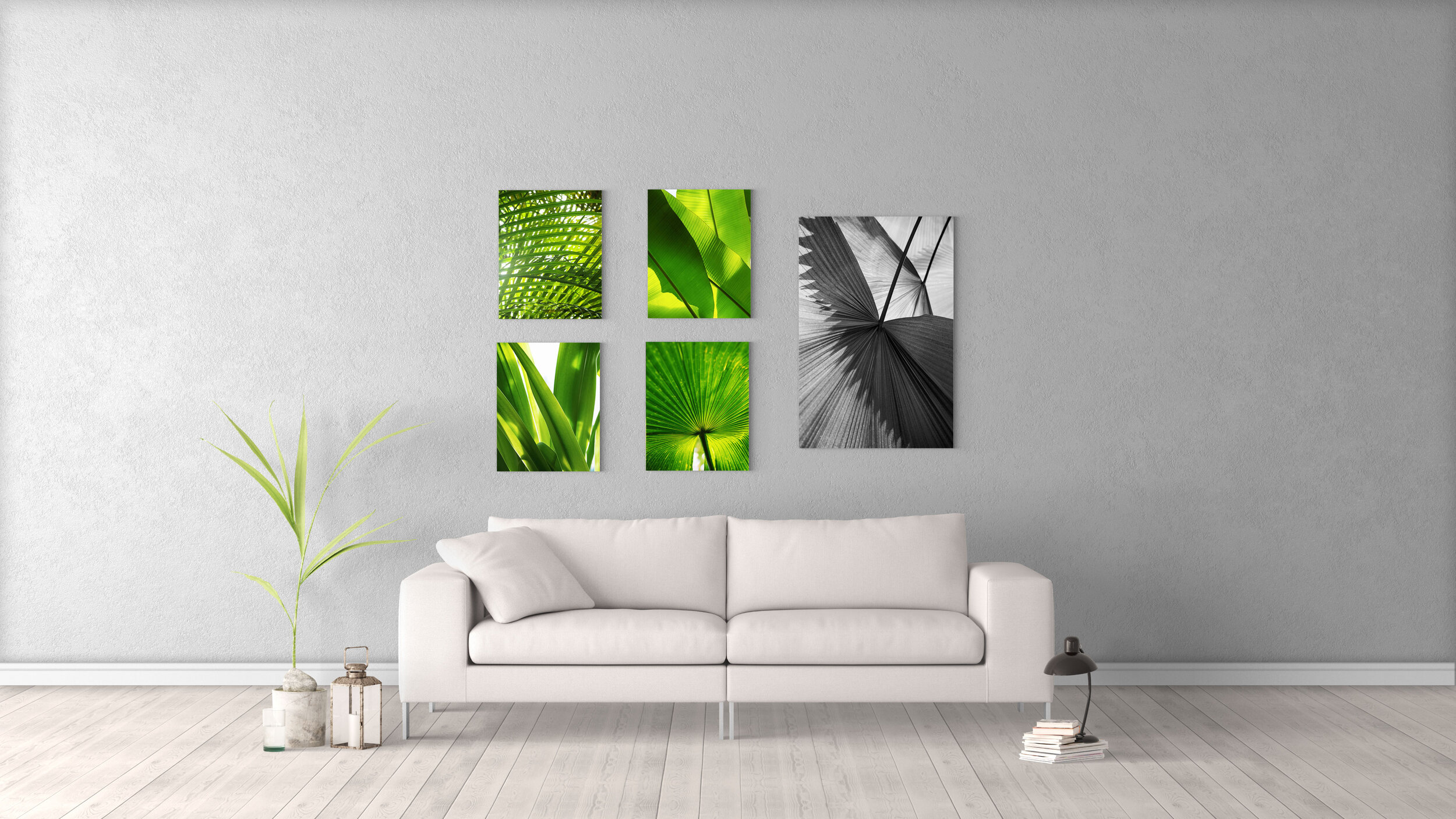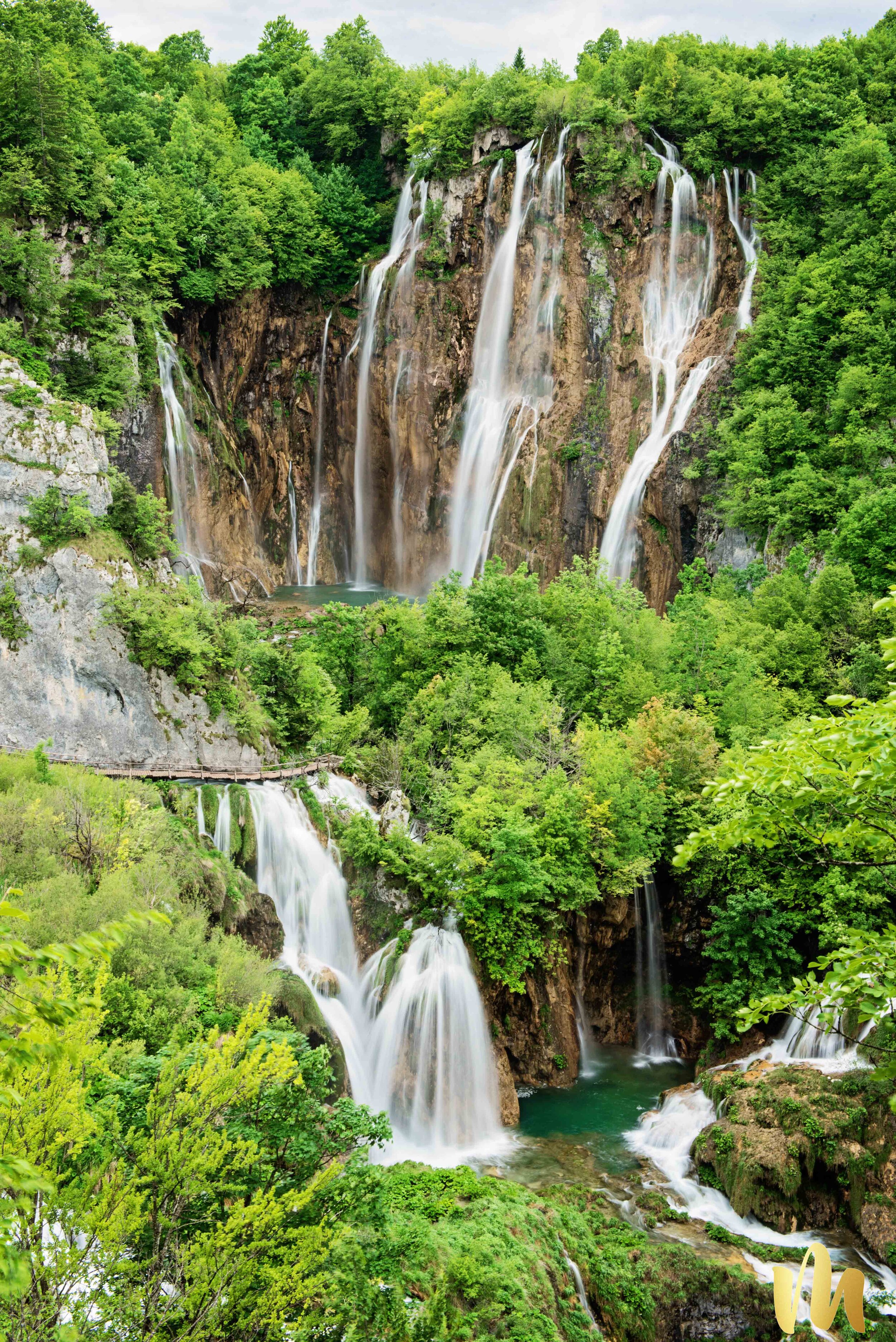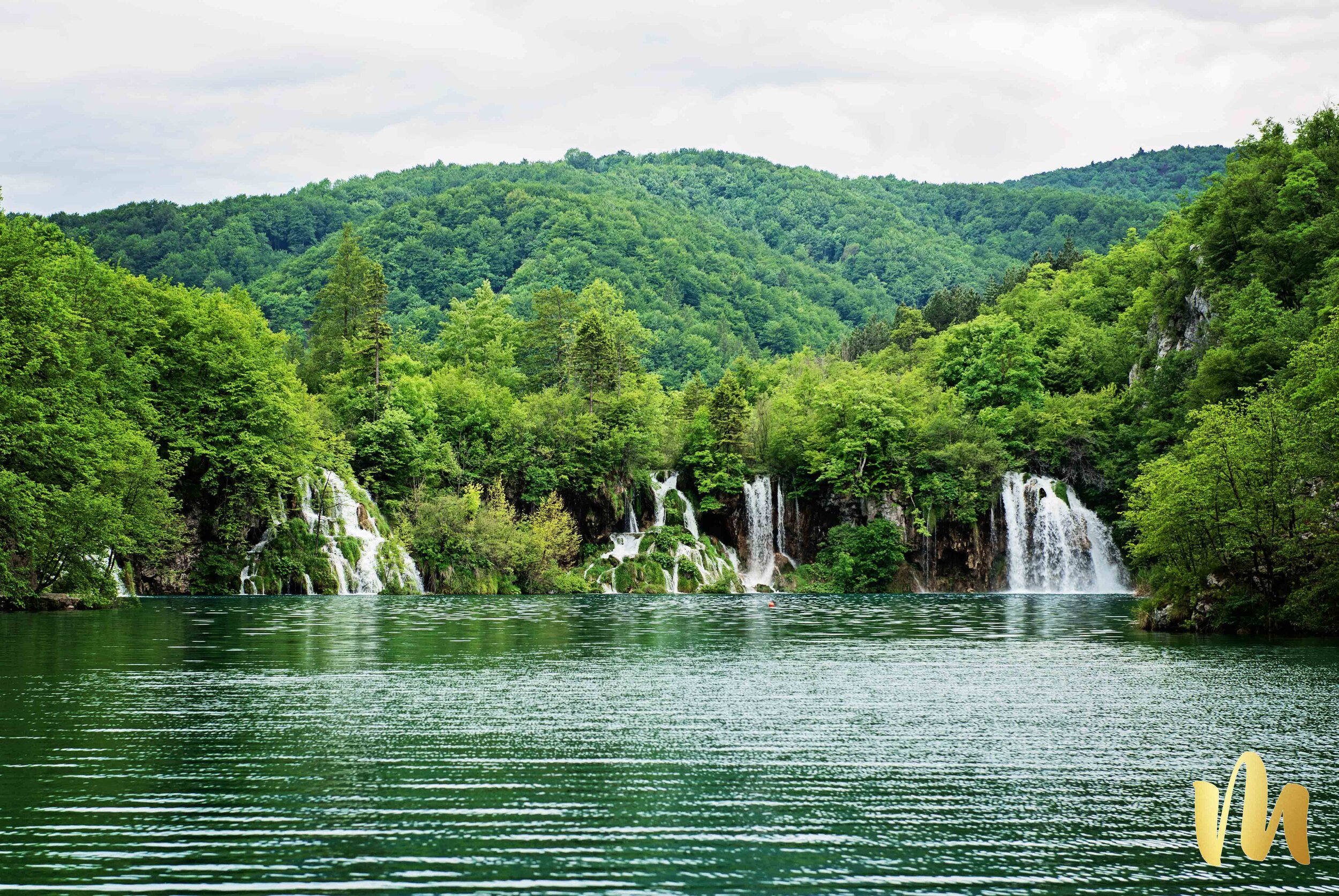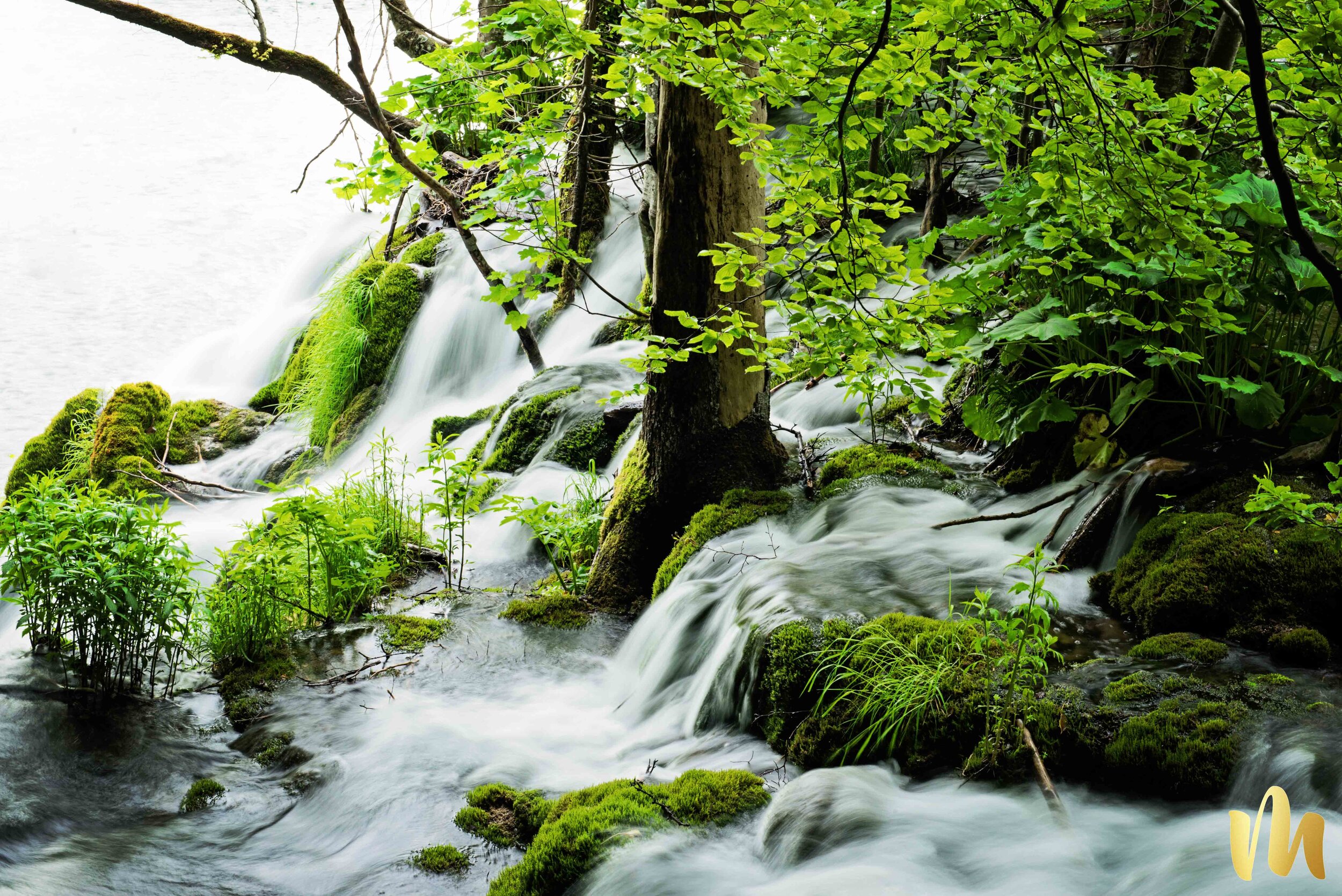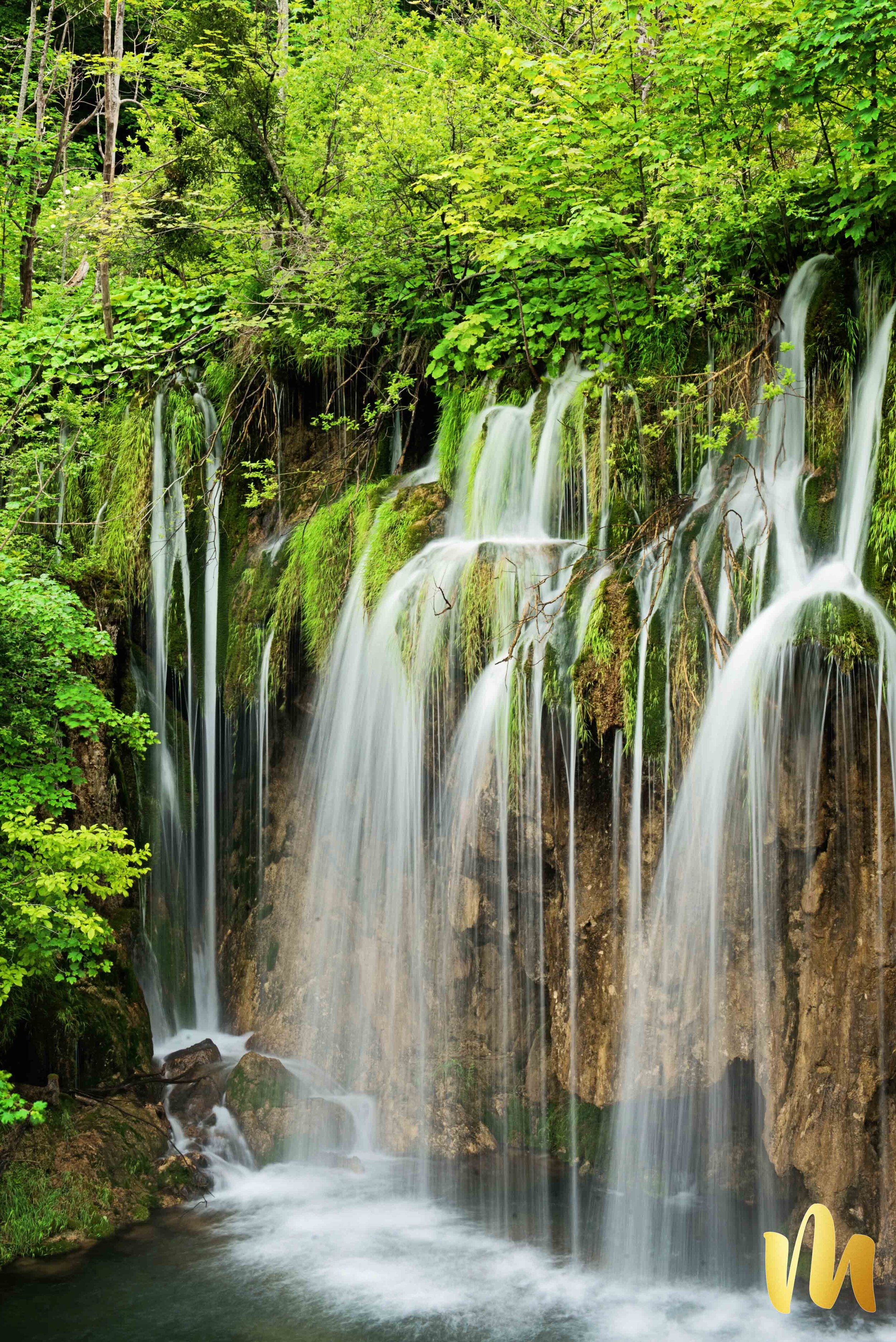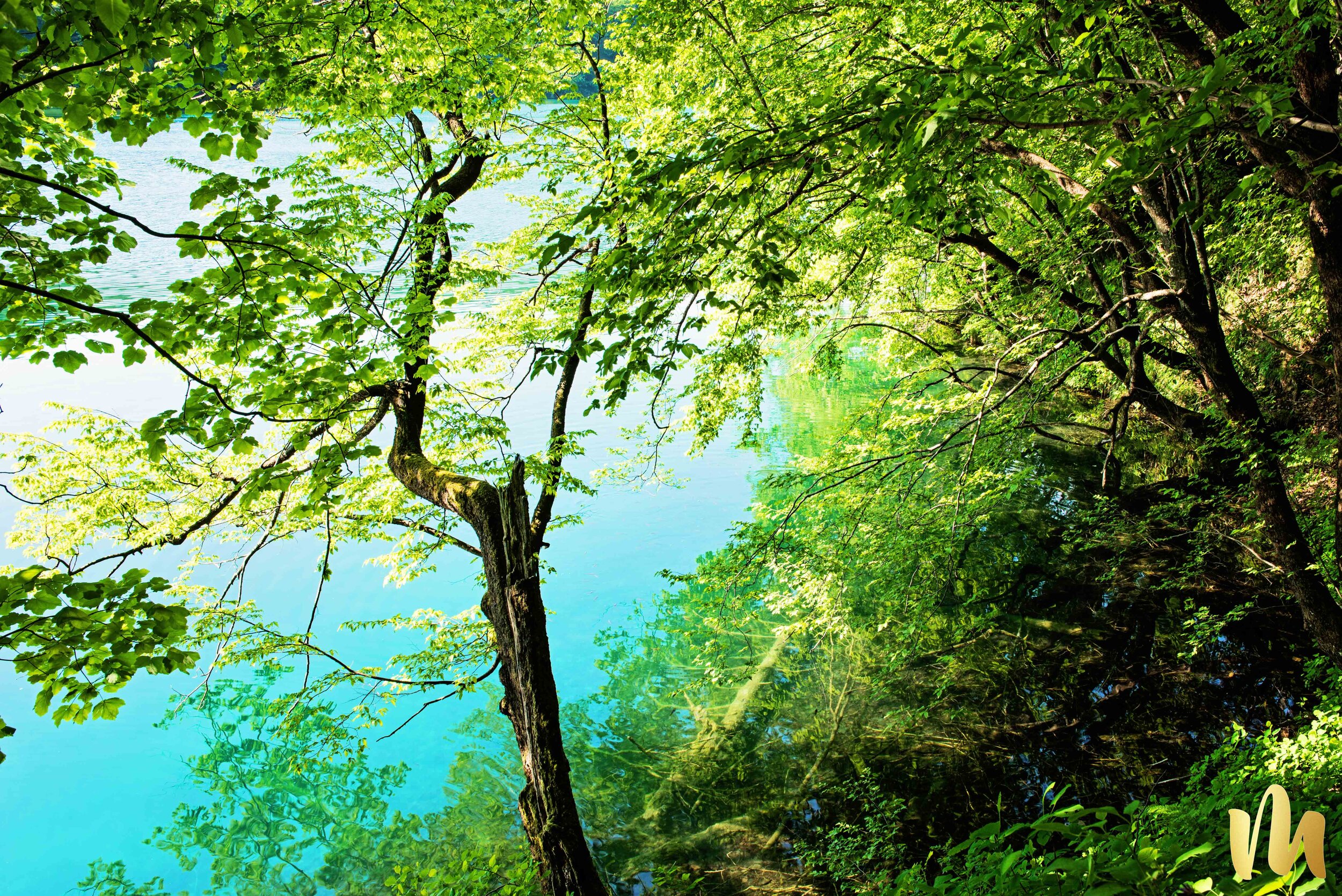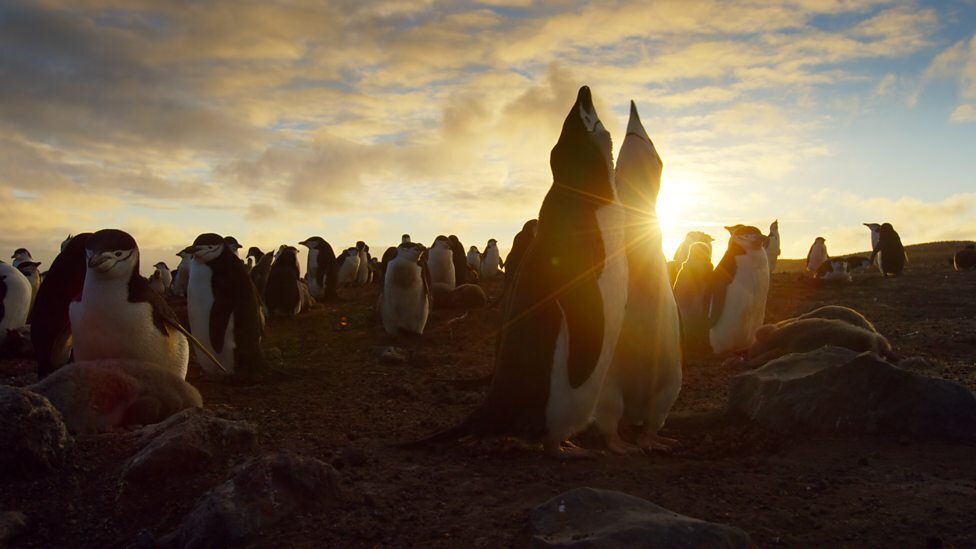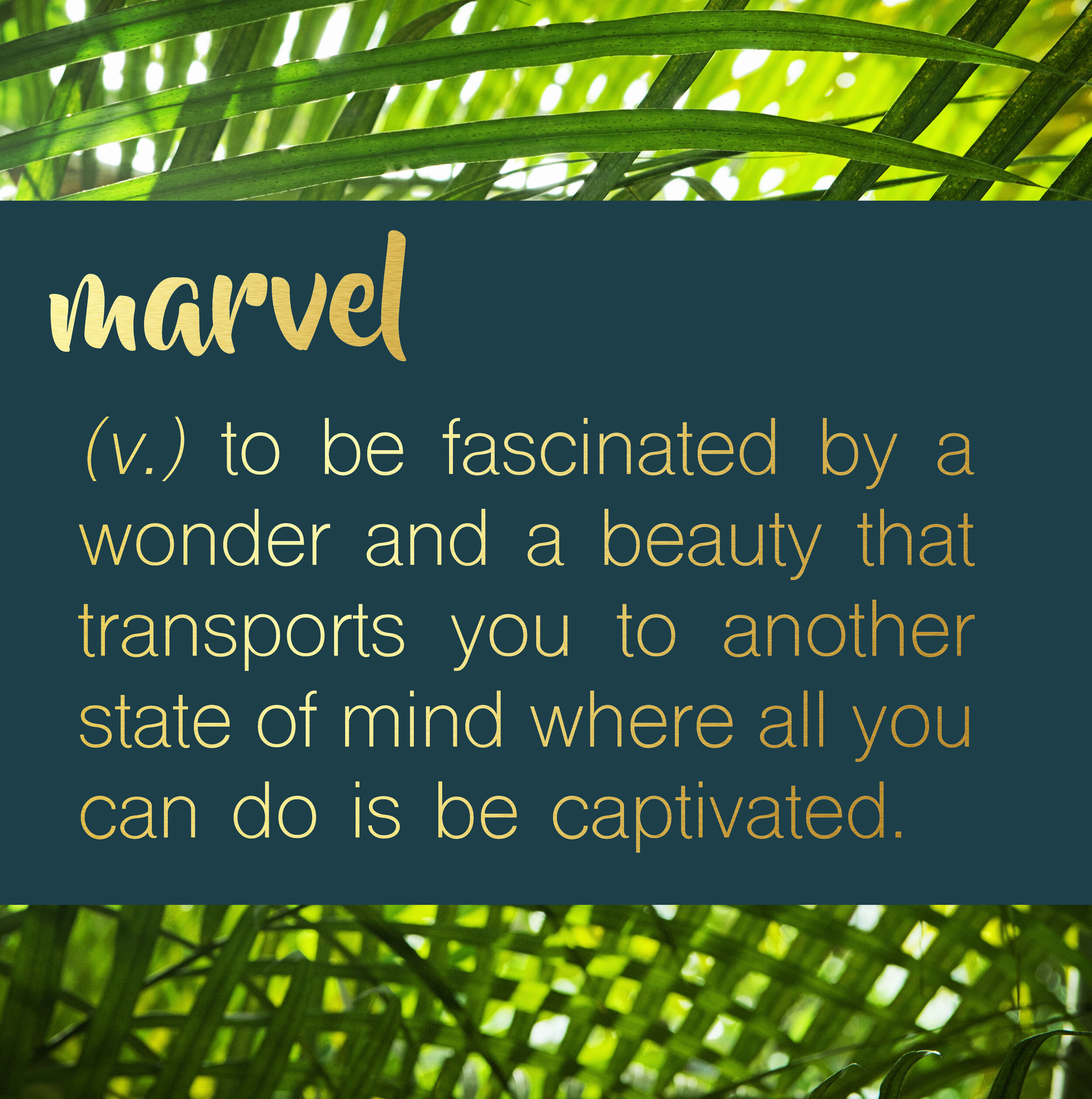Shinrin Yoku: Bathing in the beauty of the forest
It all begins with an idea.
Sunbaked cedar and pine
Dappled sunlight through the trees
A cool breeze whispers
Delicate unfurling fronds
The forest sings to the sky
My heart comes alive
Shinrin meaning forest in Japanese, and yoku referring in this instance to bathing, showering or basking in. To bask in the beauty of the forest, or using my favorite catchword, to marvel.
This is not about exercise but rather a meandering through the woods without a specific objective. The aim is to open yourself up to nature and to connect with nature via all of your senses. “Shinrin Yoku is like a bridge,” writes Dr. Qing Li. “…By opening our senses it bridges the gap between us and the natural world.” The rules (for lack of a better word): walk slow and let your body be your guide. There is no need for technology. Take your time. Breathe. It’s not about reaching a goal or a destination, it’s about enjoying the journey, feeling every single facet of the experience – the sights, sounds, tastes and the fragrance of the forest. To completely surrender to the moment and to your surroundings. To savor.
Although nature has always been an integral part of Japanese culture, Shinrin Yoku was coined in the 1980s when the Forest Agency of the Japanese Government established a program to encourage the public to explore the natural wonders outside their densely populated urban cities. It was a call to bathe the mind, body and soul in the beauty of nature found in the forest networks of Japan. In addition to appreciating nature, it was also a cry to promote the health benefits of being in the forest.
It was only in the 90s, where science was able to back up the benefits of Shnirin Yoku that the Forest Agency had initially advertised. Studies conducted by Dr. Yoshifumi Miyazaki of Chiba University in the forests of Yakushima found that physical activity (40 minutes of walking) in the forest versus 40 minutes of physical activity conducted in a laboratory improved mood and feelings of vigor. You may think, “Duh! That’s a no brainer”. However, what is interesting is that he was also able to measure lower levels of cortisol (the stress hormone) in individuals after being in a forest compared with those who took laboratory walks. This was the first clue that offered scientists a measurable difference between walking in a forest versus another environment.
After this initial study, more research was conducted by Chiba University as well as other groups in Kyoto to evaluate physiological markers while subjects spent time in a forest. These studies confirmed that being in a forest setting can reduce symptoms of stress, depression and aggression by lowering cortisol levels and blood pressure. In addition, forest bathing was found to improve sleep and increase energy.
And just to tempt you even more into giving this a try, a study conducted by Dr. Qing Li from the Nippon Medical School found that forest bathing, whether it was for a couple of hours or over three days had a huge long-lasting impact on the health of his subjects. It is well known that any stress can compromise the immune system, especially the cells that are on the frontlines. Therefore, since forest bathing was proven to lower cortisol levels, should it not have an impact on the immune system as well? Li and his team began to explore this. They were able to measure spikes in the number of Natural Killer (NK) cells (the frontline cells that help fight disease), as well as, “increases in the functional activity of these antiviral cells, and increases in the amount of intracellular anticancer proteins…” Is this not fascinating? You can read the study here.
For me, although I enjoy reading the research, I don’t need a scientific panel to tell me that getting out there is beneficial for my health or for my soul in order to go.
One of our favourite places to explore (long before we knew anything about ‘forest bathing’) are the forests near Baarn in the Netherlands. They are spectacular. Less dense then the Canadian forests which I know and love, but equally beautiful. Full of oak, cedar, birch and pine, carpets of moss that make you bounce as you walk and landscapes filled with beautiful ferns that seem to go on forever. Dirk tells me that many of these forests began as man-made forests as the original forests had been cut down hundreds of years before. Although, originally man-made, nature soon takes over and you have a plethora of incredible plant varieties, trees, fungi, animals, birds, flowers—so much to captivate the heart and senses.
Two things captivate me the most: Firstly, FERNS. Give me #alltheferns. I can’t tell you what it is about them that enchants me so. Is it the repeated patterns? The lush greens? How their fronds start secretly beneath the surface of the ground and over time unfurl into intricate works of art? I could spend hours (and do) studying them. The second is the fragrance of the forest, especially after it has been basking in the sun for a few hours. How can I even describe it? It’s intoxicating in the best way. I can smell the glow of the earth, the freshness of the green, the coolness of the breeze, the warmth of the oils from the baked pine needles and with just a hint of dampness from the soil beneath. (As a side note, I’ve started using essential oils in the last year and I am determined to recreate the fragrance and wear it as a perfume so I can take the forest with me wherever I go.)
And for my soul… being in that marvelous and peaceful place, feeling the moss beneath my feet, the texture of the bark beneath my fingertips, the warmth of the sun on my skin, the flutter of a finch about to land on a nearby branch, the crunch of the pine and leaves, and savoring the aroma of that sacred sanctuary…there is no need for any scientific data to convince me that forest bathing is good for every aspect of our beings.
That’s why I am so passionate about bringing nature indoors. We cannot always escape to the forest to find the solace or comfort that we need, but we can create our own sacred space full of what gives our soul life and peace in our own home, or in a corner of our office, or right in our living room. Printed on the most beautiful torchon paper and with archival inks, our fine art prints may not give you the fragrance of the forest, but they can remind you of all the peace, tranquility and life you felt there. My friend describes our work best, “…like windows into another world.”
I encourage you, to get out there and explore the beautiful natural world around you…and even try a little Shinrin Yoku for yourself. It may take time and practice for you to quiet yourself down but it is well worth the effort and your mind and soul will thank you for it. You can view our Shinrin Yoku guide down below:
Make sure to check out our web shop for beautiful fine art botanical prints to adorn any space you call your own. Let nature in with us!
Want more? Stay up to date, connect with us and be part of our nature-loving, adventure-seeking, and obsessed with all things botanical community! Follow us on Instagram, Facebook or Pinterest.
Le Jardin des Plantes
It all begins with an idea.
This past March we had the wonderful opportunity to go to Paris! We’ve been there many times however this time was definitely different as we went with the bébé! When you’re sans bébé navigating through the Paris Metro, wandering through the cobblestone streets and feasting your eyes on the artwork of one or ALL the museums is a synch. With bébé, everything has become more complex, and think again about taking that stroller into the metro. This is reserved for the very brave (or foolish) souls out there. We were foolish… I mean brave…. but only once. Can I get an amen from all the baby-carrying mamas!?
Number one on the list for this trip was the Grandes Serres du Jardin des Plantes. And it did not disappoint. If you caught our feature on Amsterdam’s Hortus Botanicus, you know we love exploring botanical gardens and wandering through their marvelous collections of plants.
The Grandes Serres originally started to protect and preserve a collection of orangeries. These orange trees were housed in utility buildings and were off limits to the general public. It is only later that we see the appearance of the first greenhouses made of glass and wood; built for the chief purpose of conserving the botanical collections that naturalists would bring back from their explorative voyages outside of France.
In the early 19th Century, the concept of combining metal with glass was introduced to the construction of greenhouses. This allowed for stronger structures and better insulation for the varied temperatures that the plants needed. England spearheaded this innovation and architects, most notably Charles Rohault de Fleury, were sent to bring back this innovation to France. Between 1834 and 1836, Rohault de Fleury built two greenhouses: the Eastern Pavilion and the Western Pavilion (both would later be renamed). These two structures were the prototypes of modern greenhouses and significantly are the first greenhouses in the world of such large dimensions made of glass and metal.
The tropical greenhouse constructed in typical Art Deco style was built in the 1930s by Rene Berger. It is here that we started our visit and it was absolutely incredible. Our senses were captivated by the biodiversity we found there. Every step we took seemed filled with so many different varieties of plants: cascading banana leaves, gorgeous ferns, dangling orchids and a waterfall of monstera deliciosa (my favourite) just to name a few. It was a treat for our souls. They had built a structure at one end of the greenhouse that you could climb up inside to have a panoramic view. It was gorgeous, and of course gave me a chance to get up close and personal with their breath taking monsteras.
Monstera deliciosa is a type of flowering plant common to southern Mexico and Panama, but they have been introduced worldwide. I was always taken aback by their name: why monstera (a.k.a monstrous)? It refers to the sheer size that these beauties can grow to… over 9 meters in some cases! That may be indeed monstrous! They are a member of the Arum family Araceae with very impressive aerial root systems. What fascinates me the most is the fenestrate leaves—although each leaf is similar, they are each so unique with different perforations and lines.
From the tropical rainforest greenhouse, we ventured into the deserts and arid environments greenhouse – a complete change of atmosphere and certainly temperature. Their collection had cacti and succulents from all over the world: USA, Mexico, the Andes, South Africa, the Sahara and even Madagascar! I am always so intrigued how these plants have each a different way of conserving water, reproducing and their fascinating defense mechanisms for deterring predators.
From there you enter the greenhouse of New Caledonia which contains plants from… you guessed it, New Caledonia. New Caledonia is a French territory in the southwest Pacific Ocean about 1,210 km east of Australia. Discovered by the British navigator James Cook in 1774 it came into the hands of the French in 1853. What makes this collection so special is that it contains several plants that are actually quite ancient in origin and are ancestral to the genealogical tree of the plant kingdom. New Caledonia is only 19 058 km², but it is incredibly rich in more than 3000 species of fauna and flora that do not exist anywhere else in the world. In fact, 76% of plant species and 72% of known animal species are endemic. Amazing! The greenhouse presents this flora through five environments: the humid forest, the dry forest, the maquis, the savanna and the mangrove. You can see a brochure of this collection here.
Finally, you enter into the history of plants greenhouse where the evolution of plants is traced beginning from 430 million years ago. Here you see a wide variety of gorgeous ferns (another favourite of mine) including breathtaking tree ferns, as well as cycads, a Ginkgo Biloba, lianas and the tour ends with flowering plants.
Botanical Gardens aren’t just beautiful places where one can admire and marvel at the beauty of plants or learn about their history. In a world where we are losing so much biodiversity in the name progress and economic growth, these places become safe havens for our rarest flora. Many botanical gardens including the one in Paris and the Hortus Botanicus in Amsterdam contain rare and endangered plants. They are “banks of plant biodiversity.” If these plants multiply, they are spread and shared between a network and community of botanical gardens. This becomes very important as botanical gardens are most notably places of research and of course knowledge dissemination to the wider public. Thus, it’s another place where we can learn the importance of taking care of our dear home. You don’t just learn about the plants themselves, but their part in a wider ecosystem including their relationships with the flora and fauna you would find in their natural and wild environment.
If you’re ever in Paris, the plant lover in you will find great joy in visiting the Grandes Serres du Jardin des Plantes. The greenhouses are just a small part of the Jardin de Plantes. They also have an Alpine Garden, Ecological Garden, Rose Garden, Peony Garden (next time we come in June!) and an Iris Garden, just to name a few. And if you come with others who aren’t so botanically inclined they have something for everyone: the Gallery on Evolution, the Gallery of Minerals and Geology, a zoo, the Museum of Man and special exhibitions.
I brought back a treasure trove of new material that I making my way through, so keep your eyes peeled for a new release of fine art prints.
Make sure to check out our web shop for beautiful fine art botanical prints to adorn any space you call your own. Let nature in with us!
Want more? Stay up to date, connect with us and be part of our nature-loving, adventure-seeking, and obsessed with all things botanical community! Follow us on Instagram, Facebook or Pinterest.
Facing the Wind: An Encounter with Eagles
It all begins with an idea.
For just a little under a year, I’ve had these words play over and over again in my mind, “I am bold, no fear inside. Spread my wings, open my life. Like an eagle, whose home is the sky. I’m gonna catch the wind. I’m gonna catch the wind.” (You can listen to the song here). I’ve been fascinated by them, meditated on them and mulled them over in my mind. These words became even more special for me in October, as they became my main mantra while our lil’ sprout was coming into this world.
Fast forward 5 months, and I’m still being impacted by them…
This March we had the wonderful opportunity to take an eagle workshop in Berkel en Rodenrijs, Netherlands with the organization Birds @ Work Valkerij Manege. They are the largest falconry organization in the Benelux with more than 260 birds including birds of prey and owls.
We were able to handle and meet 4 birds of prey: an adult and juvenile American Bald Eagle, a Bateleur and fly a Steppe Eagle. They were each so incredibly unique both in appearance, personality, and I wouldn’t be able to name a favorite.
The most unique eagle we were able to handle was the Bateleur. They originally come from Sub-Saharan Africa but have also been found as far north as the Arabian Peninsula. Their name “Bateleur” pays homage to the French word for tight-rope walker in reference to the way in which this eagle is able to catch its balance in midair. An adult can weigh up to 2.6kg. They can fly up to a distance of 320km and fly up to 8 hours as they glide through the air. One of their most distinctive features apart from their colouring is their very short (and cute) tail. They are on the near threatened endangered list.
We also had the opportunity to handle both an adult and juvenile American Bald Eagle. They can weigh up to 6kg and have a wingspan of up to 244cm. They receive their characteristic white plumage when they are adult and ready for breeding. Until then they go through 7 subsequent stages where their plumage varies. They are a force to be reckoned with as they can reach heights of up to 15,000 feet and can swoop down at speeds of 320km per hour. And their eyes! We were both mesmerized by their colour – a light liquid gold and a gaze of such sheer intensity. Equally impressive is the force and strength in their talons: 250kg per square centimeter. Can you imagine?
If there was one moment that was most unforgettable for me was watching how the eagles reacted to the natural elements. It was a freezing day with the humidity and with the wind chill it varied between -10 and -12 as wind speeds surpassed 40km/h and gusts of up to 65km/h. The falconers kept telling us, “Face the wind. Face the wind,” as we handled these beautiful creatures
As they rested on our arms, there was no mistaking when the eagle would sense a wind gust coming. The body language completely changed as if they were ready for total lift off. The gaze in their eyes switched from one of neutrality to one of total excitement, concentration, and zeal as if they were telling us, “This is what I was born to do.” For me, there was no mistaking that these were wild animals and they were made to fly. To see this touched my heart so deeply.
The conditions were difficult with the high wind speeds. We were not able to fly with the younger American Bald Eagle so they brought in a beautiful Steppe Eagle for us to fly with. Steppe Eagles are found in Europe, Asia and Africa. They can weigh up to 5kg and have a wingspan of up to 214cm. It was then that we could really understand that although eagles fly, they aren’t meant to really flap their wings as other birds normally do to traverse distances. Eagles have very large wings which means that they require exorbitant amounts of energy to flap them in order to fly.
Instead, they are meant to soar!
They flap their wings to create lift but once that’s been accomplished, eagles spend most of their time soaring and gliding through the air. They soar either by finding rising air currents or via dynamic soaring which doesn’t rely on rising air currents. Instead it uses the differences in wind speeds between the ground and higher altitudes. The eagle climbs into the faster airflow by facing the wind and begins a cycle between heading downwind and then upwind between the different airflows to gain speed.
Foolishly, I thought soaring for an eagle requires no work or rather it is easy work. However, they are in a constant state of flux, switching between airstreams, speeds, going downwind and then up again and using opposing forces to gain both speed and momentum. Let me say that again, using opposing forces to gain both speed and momentum. Isn’t that amazing? (And I haven’t even started talking about how certain obstacles like ridges or mountains actually provide the best lift as the wind is forced to flow up the side of a mountain).
So often I feel like I shy away from adversity and fierce winds. I make excuses, “It’s too hard. I’ll fail. I’m afraid, etc.” I tend to look 50 steps ahead and feel defeated before I even start. What if I just turned my face towards the wind with single focus and zeal? What if I solely focused on catching the wind from that next airflow and trusting that when I need to change direction, the subsequent airflow will come just at the right time? Or instead of becoming one hot mess when I face an obstacle that seems insurmountable seeing it as an opportunity for the perfect ‘lift’?
My friends, I can’t help but marvel at nature. What an incredible few short hours spent with these astonishing birds.
As we have been wrestling with changing directions in our personal lives as of late (becoming new parents has a tendency to do that, LOL), I’m storing all these lessons in my heart and mustering the courage to face the wind.
What are you mustering the courage to face?
Make sure to check out our web shop for beautiful fine art botanical prints to adorn any space you call your own. Let nature in with us!
Want more? Stay up to date, connect with us and be part of our nature-loving, adventure-seeking, and obsessed with all things botanical community! Follow us on Instagram, Facebook or Pinterest.
The Hortus Botanicus
It all begins with an idea.
There are so many unique and beautiful gems in the city of Amsterdam. Taking a stroll through the Jordaan with its architectural delights and small bridges, having a picnic in the Vondelpark, taking in incredible art at the Rijks or the Van Gogh Museum (I mean, come on, a whole museum dedicated to Van Gogh?! Be still my heart!), grabbing fresh produce from the Biological Noordermarkt or savoring a fresh homemade-on-the-spot stroopwafel at the Albert Cuyp (I can just feel that warm gooey syrup running down my chin as I write this).
One of the crown jewels for me is the Hortus Botanicus, Amsterdam’s botanical garden. Nestled in the Plantages area of the city, a skip and hop away from the Artis, this sweet oasis has really captured my heart. About a year and a half ago we purchased a membership and we find ourselves there weekly. I am baffled how EVER SINGLE WEEK we discover something new. How that is possible is beyond comprehension, unless of course they sneak in new plants in the dead of night while no one is watching. Sometimes it’s a new shoot on one of our favourite plants that we discover, but more often than not, it’s a new plant that we had never even noticed before!
Like last week, we noticed for the first the gympie-gympie plant, a stinging tree native to Australia. It tends to have oval or heart-shaped leaves covered with stinging hairs. "Like being burned by hot acid and electrocuted at the same time," according to botanist Marina Hurley on what it feels like to come into contact with the gympie-gympie. Even if the leaves have been dried and put in storage for a century no less, the hairs are still lethal as found out by some unlucky researchers. How can something with such a cute name be so astoundingly lethal? And as a side note, can I just say how grateful I am that this plant is behind glass. For more about the gympie-gympie click here.
The Hortus is one of the oldest botanical gardens of the world. Established in 1638 by the city municipality, it’s primary function was to be an herb garden with medicinal plants for the Amsterdam doctors and pharmacists. This came about due to a plague epidemic that occurred between 1634-1637. The Hortus was able to amalgamate a vast array of exotic plants that were completely unknown to the whole of Europe. These striking plants had been brought to the Netherlands via traders working under the Dutch East India Company.
If you visit the Hortus today you’ll find over 6,000 different plants divided between an incredible three climate greenhouse, palm greenhouse, butterfly greenhouse and three marvelous outdoor gardens. It never ceases to amaze me how in every season, the Hortus, looks wildly different as the year transitions from spring to summer, summer to fall and then to winter.
Their collection boasts the Victoria water lily, a massive water lily that blooms in the summer months, a Wollemi pine (which until 1994 was only known from prehistoric fossils until a park ranger discovered a group of these growing in the Blue Mountains in Australia), cycads (one of which is a 350-year-old Eastern Cape giant cycad), and my favourite, a beautiful gingko biloba.
I couldn’t say which part of the gardens or greenhouses I love the most, but where I spend the most time in is in the three-climate greenhouse especially in the desert and the tropics portion—two opposite sides of the spectrum. This is where my love affair began with how light affects the way we perceive things, and the contrast between light and shadow. The weather in the Netherlands is so unpredictable and at a moment’s notice it can go from cloud to sun, to hail, to rain, to mist, and back to cloud. Especially clouds…we have an infinite supply of those here. Thus, the last 3 years have really been a study on light for me. And I relish all of its nuances in this beautiful place.
If you visit our shop, you’ll see some beautiful examples of some of the flora that you can find at the Hortus. From the tiniest succulents to the giant banana leaves towering and cascading overhead. The Hortus provides a feast for the senses. And in our shop, you’ll be able to bring some of that beauty right into your own home, with no watering or plant care required!
Amidst all the excitement, noise, culture, and thrill that Amsterdam offers, the Hortus is really an oasis of calm and respite. To us, it’s become a little slice of tranquility which we heartily enjoy. And the coffee’s good too! ;)
Where's your secret oasis?
Nature's Nocturne
It all begins with an idea.
I was the quintessential city girl. Thanks to my parents I’ve had the privilege of living in Milan, Sao Paulo, Paris, Toronto, and now as a 30-something adult, Amsterdam. But regardless of the city, there were some sounds that made up my daily sound track: the hustle and bustle of traffic, the roar of motorcycles, the halting brakes of the metro, the pounding of jackhammers, the tiresome beeps of reversing trucks, the dings of a departing tram and now in Amsterdam, the clinking and clanking of passing bicycles. Animals were minimal, and whatever bird life there was, quickly drowned out.
The sounds of nature were not part of my daily repertoire. Fast-forward to my nature-loving husband whose mantra is, “Let’s thank God for the bumblebees and the butterflies,” and a whole new world opened up for me. I remember on some of our first forest walks together being mesmerized by the sweet cacophony of different birds singing away in the canopy of the trees. To me, it felt like nothing short of miraculous. Call me crazy, but it stirred something deep inside that I was (and still) unable to put into words.
It reminds me of a quotation from Shakespeare, “The earth has music for those who listen.” For me, so often I am unable to hear the beautiful music of the earth. One, because I am usually too busy making my own noise, and two, I’ve forgotten to listen (something I’m working on).
Recently, I bumped into an article published by the BBC that explored how plants have senses. They can see and hear, AND respond. Obviously, their senses express themselves a little differently than ours, however, there is no doubt that they are present, and are continually responding to the world around them.
A fascinating study conducted by Heidi Appel and Rex Cocroft from the University of Missouri found that the munching sounds of caterpillars caused plants to release chemical defenses to their leaves for the purpose of deterring these little predators. Isn’t that amazing?! You can read their findings here.
It seems that even though plants do not have ears, in the traditional sense, they can sense vibrations and frequencies, and thus react accordingly. But what else do plants hear?
What astounded me the most was a recent mini lecture that I listened to that explored the relationship between birdsong and plants. Plants receive most of their nutrition through their roots from the soil. However, there are also micronutrients found in the dew that descend in the early morning. Plant leaves have what’s called stomata. A stoma is a tiny opening or mouth found on the under-surface of leaves. Two cells (guard cells) make up the stoma that open and close with resonant frequency or vibration. These stomata are able to open up to receive the micronutrients that come from the air when the dew falls, and thus impact the plant’s growth.
A correlation was made between the opening and closing of the stomata and when birds sing. When do birds sing the most? Usually just before or at dawn precisely as the dew begins to settle. The frequencies from the birdsongs allow the stomata to open and receive all the micronutrients that descend upon the surface of their leaves. Is this not absolutely incredible!!!??
I’ve been able to find a number of articles discussing experiments regarding the link between the opening of stomata with certain frequencies (i.e. musical tones or types of music) and plant growth. There are even businesses in the USA capitalizing on this. They sell a whole sound system, recordings, and fertilizers to farmers that they can use to incorporate this phenomenon. Imagine a farm setting up speakers with surround sound around their fields playing birdsong while simultaneously foliar feeding (spraying water-soluble fertilizers on the surfaces of leaves). I wonder if they turn up the bass on that?! The scientific community seems to be divided on some of the research, however, it has me riveted.
It also brings into question all the pesticides being used for farming, and how it affects birdlife. Of course, there is the known fact that pesticides can have a deadly impact on birds. Like DDT and DDT’s chemical relatives killing bird population. But an indirect effect is bird starvation. One of the main objectives of pesticides is to kill insect threat to crops, but as a result, there is now no longer a food source for birds. So, if they aren’t able to migrate to another location to find food, they die. (You can read more here).
And isn’t it wild to think that the very animals we need to help support our plants and crops to grow and thrive are the very ones we deter or inadvertently kill? Perhaps the issue at hand is much more complicated than my current understanding, nonetheless, it speaks to me about the wonderful balance we find in nature.
It’s miraculous to see and understand how plant and animal life are so interconnected. In the blog post, Amongst Wolves, I mentioned how the reintroduction of wolves had incredibly changed the landscape of Yellowstone National Park. There is so much we can learn from nature. I can only imagine the transformation and flourishing we would see if we prioritized bird life when it comes to the impact that they have on plants (and as a result, our food source).
This brings a whole new meaning to allowing the music of the earth to fill our ears and to allow it to touch our hearts.
Which sounds of nature enthrall you the most?
Although I have a deep admiration for our feathered friends, I definitely do not have the patience for bird photography. Mike Agiannidis has patience in spades. He is a typical renaissance man- photographer, fisherman, and car whisperer, who is brilliant at all three. Based in Toronto, Canada, him and his wife specialize in landscape and automotive photography. He was kind enough to showcase some of his wonderful bird photography for this blog post. You can find them here, on Instagram, and here. Make sure to check out their superb photography.
Make sure to check out our web shop for beautiful fine art botanical prints to adorn any space you call your own. Let nature in with us!
Want more? Stay up to date, connect with us and be part of our nature-loving, adventure-seeking, and obsessed with all things botanical community! Follow us on Instagram, Facebook or Pinterest.
Our lil’ sprout
It all begins with an idea.
A couple months ago we announced that our ‘lil team was sprouting. Well, our lil’ sprout is here! It has been just my husband and I for the last 12 years, and now it is unbelievable that we are now 3.
So, let me introduce you to Ethan Oak. We chose the name Ethan because it means strong, optimistic, solid, and enduring. We chose Oak not only because oak trees are symbolic of strength, might, beauty, and highly revered in folklore and mythology. But also, based on the verse found in Isaiah 61:3. It’s a beautiful passage full of hope, and we pray that Ethan Oak will grow into his name and be an oak of righteousness in a turbulent and unsure world.
We are beyond grateful for all of our families’, friends’, and readers’ warm thoughts, prayers, and support. Ethan Oak was born October 18th. He was 8.3 lbs! Birth and delivery was nothing short of miraculous. Contractions began October 16th at around 1PM. After consistently having contractions for 5 hours we thought he was arriving that night. However, Ethan needed much more time. After 2 sleepless nights with intense contractions ranging from 2 to 10 minutes apart, the midwives decided to break my water in the early morning of the 18th, and we soon held Ethan in our arms!! We are so thankful we were able to have Ethan born naturally at home, and our midwives were incredible and so wonderful.
I marvel at just how miraculous our bodies are made, and how they can create, sustain and push out a tiny human life.
Nature knows exactly what to do whether it’s how our bodies function or how plants grow and bloom. Every season evolves into the next in utter beauty from spring to summer to fall to winter. It doesn’t need to be ordered or instructed, everything opens itself up to the elements and surrenders itself to the unfolding of life.
I came across this quotation a few months ago and it is so apt as the chill of winter is approaching and the last leaves descend and return to the earth. Every fall,” the trees are about to show us how lovely it is to let things go.”
I want to encourage you that if you’re going to through a tough season in your life, there is reason enough to raise your head in hope. There is much beauty to be discovered (or rediscovered) all around you… even in the process of letting go. Sometimes the things that we hold on to most tightly are the very things that are weighing us down, and stop us from enjoying what is right in front of us.
Currently, I am learning to be an expert in letting go with this new little one... especially of sleep, but so so so many other things too. And it’s absolutely worth it.
It’s in art to celebrate in the ‘letting go’.
What are you in the process of letting go?
Want more? Stay up to date, connect with us and be part of our nature-loving, adventure-seeking, and obsessed with all things botanical community! Subscribe here. Or follow us on Instagram, Facebook or Pinterest.
Amongst Wolves
It all begins with an idea.
One of my favorite films growing up as a child was Disney’s The Jungle Book. Not only was this film full of animals and some pretty jazzy music (Bare Necessities never fails to bring a smile to my face), but the idea of a little boy being adopted and raised by wolves had always fascinated me. I consider wolves to be such beautiful creatures, but wary of their reputation (think of Red Riding Hood or Aesop’s Fables).
Earlier this year, we bumped into BBC’s Ingenious Animals. In Episode 3 (See a clip here), they delve into the world of animal communication. Specifically, they discuss communication amongst wolves. Previously, it had always been thought that the wolf pack was held together by the aggressive and domineering alpha male. With further research, they found that this was not necessarily the case. During experiments where they took turns removing different members from the pack, the rest of the pack would howl for their missing family member. It was discovered that the wolves would utilize a different call depending on who was missing. They realized that these calls changed depending on the closeness they felt for the missing wolf, in the same way that you would feel different if an acquaintance left the room or your best friend. Thus, this was not necessarily a top-down hierarchy in the traditional sense.
Furthermore, in experiments where they were comparing differences between wolves and domesticated dogs, they found some fascinating results. They performed experiments in which they observed the difference between how wolves share food versus dogs, thus measuring the animals’ tolerance. What they found was that dogs don’t share their food. Whoever is the alpha dog, goes in and eats everything, while the subordinate dog does not even attempt to get a bite. There’s no dinner for the underdog. In all the experiments where the wolf alpha male was released with a subordinate, the wolves always shared their food.
The reasoning behind this behavior? Dogs are scavengers and less likely to share. Wolves have always hunted in packs to bring down their prey, thus they have a need for tolerance, communication, partnership, and friendship, ensuring their success and survival. We could learn a lot from these fascinating and marvelous creatures, don’t you think?
So, why am I telling you this?
Firstly, because we cannot assume that our postulations or the knowledge we have is correct. This is something I am definitely working on :)
Secondly, because this past September we had the incredible privilege of visiting The Wolf Conservation Association in Belgium. Although almost extinct in Europe at one point in time, the wolf has slowly been making a comeback.
This association rescues wolves from private citizens, animal parks, and zoos that no longer wish to keep them. They are often mistreated and when they are no longer wanted are euthanized. It’s heartbreaking to hear of their mistreatment and that once the entertainment value dissipates many of these animals are killed. This association believes that this is not responsible behavior neither does it show love or fair treatment for the animals in question. They champion the cause of wolves by rescuing them, educating the public and making sure that these wolves live in nature or in the very least semi-natural conditions. It’s not just about the protection and preservation of the species but also of the ecosystem. They apply pressure on public authorities for changes in laws for the protection of animals in Belgium and Europe. Wolves aren’t pets.
And if you ever doubted their role within the ecosystem, take a peek at this incredible video which explains what happened to the natural environment once wolves were reintroduced at Yellowstone National Park in the USA.
Our day at the association was wonderful. We were able to see all different types of wolves from all over Europe. We even saw some beautiful Hudson Bay wolves which are native to Canada. All these were semi-wild and very wary of us.
However, we had the amazing privilege to enter into one of the massive enclosures where we were allowed to interact with two Swiss wolves (a brother and sister) that had been hand-reared and were unable to be released into the wild. It was incredible and I’ve been reliving it in my mind and heart ever since. It was like receiving the most loving greeting from your best friend or a wonderful relative you haven’t seen in years. I don’t know if it was the pregnancy hormones that endeared me to them, but I was so moved by their affection. I almost started to feel guilty, as the brother wolf barely left my side. They of course made their rounds to all the guests who had entered in the enclosure, but the brother wolf stayed with me most of the time allowing me to pet him, talk to him, and even feel the pads under his feet as he cuddled with me and sat or laid by my side. I know this wouldn’t happen in the wild and neither should it, but it made me imagine how a perfect world would be without fear. The sister wolf would of course come around, say hi, give a short cuddle, make sure she wasn’t missing anything too exciting, and then would be off on her way.
Unfortunately, time was limited within the enclosure (I think that was the fastest 35-40min ever) and we were not allowed to bring our camera equipment, but I trust that these images we captured with our phones can give you a sense of what happened.
When I think back to that day, I have tears in my eyes, because it’s what I imagine heaven would be like—no fear, only perfect peace where, “the wolf...shall dwell with the lamb, and the leopard shall lie down with the kid; and the calf and the young lion… together; and a little child shall lead them," (Isaiah 11:6).
It's a memory that I will treasure for the rest of my life. And one which encourages me to keep the discussion going on how we look at, think of, and treat our world around us whether it be how we treat each other, nature or wildlife. Please remember that when you invest in a piece of fine art with us or any product you purchase in our online shop, a percentage of all proceeds will be donated to one of three organizations whose sole mission is: wildlife and habitat conservation, offering medical care to displaced persons in war torn countries, or rescuing children from the sex trafficking industry.
I’ll leave you with Jane Goodall’s extraordinary words,” Let us develop respect for all living things. Let us try to replace violence and intolerance with understanding and compassion. And love.”
Our lil' team is sprouting
It all begins with an idea.
Hi! My name is Mona Elisa and I’m a total #plantlady (I feel that it sounds a little better than #planthoarder)
Just a few months ago I was praising the benefits of creating and cultivating one’s own sacred space. And there, in bold letters, my first tip was to reduce the clutter. I’m still on that journey, and one area where we are not making much progress is the number of plants we currently own, and the number of plants we are dreaming of incorporating in our little piece of paradise (or jungle) which we call home. I say “we” because, it’s a mutual obsession between my husband and I.
Why the big deal? I’m not quite sure. There’s something about their beauty – all the different colours, textures, shapes, smells, designs, and all the intricate details that speak volumes to us. They’re alive, they grow, and keep growing. I’m still in awe when I think of our prayer plants (maranta leuconeura) that open in the morning with the first rays of the sun, and close in the evening when we make our way to bed. You literally hear and see their lush leaves splay open and then close.
And we get so excited when one of our cacti begins to flower, or when one of the fiddleheads from our fern decides to unfurl, or when we see new shoots coming up from the ground. We marvel at the way they’ve been secretly growing underneath the earth until the day you see a tiny speck of green making its way above the surface. As each day passes it continues to grow until it’s ready to say, “Hello world! Here I am!”
It’s amazing to think that all this starts as a tiny seed or from a spore. With the right conditions and environment, anything can happen. Nature is such an incredible teacher.
We’ve been growing our very own little bud from seed. As I write this, I am 37 weeks pregnant and can hardly believe it. This process has been so surreal. At first, we doubted as we could not see any physical evidence in those first few weeks and months (except from all the morning sickness). Similarly to when you plant a seed in your garden whether it be for a flower or a delicious ripe tomato; you have faith, hope and trust that this seed will come to life in its own time and within the right conditions. And under the cover of darkness it begins to grow.
And just like the little shoots that we marvel at as we see them emerge from the soil, we have been marveling at how without much effort on our part, this baby has grown with a little faith and hope. It’s incredible how your body completely rearranges itself for this tiny human to develop in secret.
We’re excited for this new adventure!
We’ll still be running business as usual, although you may see less of us on social media for the next few months as we acclimatize to all the various changes that parenthood brings. :)
At the beginning of September, we added some beautiful fine art prints to both of our collections: Into the Tropics & Arid Flora. Please take a peek if you haven’t already done so. They are gorgeous!
We look forward to introducing you to our lil’ sapling in the coming months.
What have you been waiting for to grow with hope and expectation?
Want more? Stay up to date, connect with us and be part of our nature-loving, adventure-seeking, and obsessed with all things botanical community! Subscribe here. Or follow us on Instagram, Facebook or Pinterest.
Guest Interview with Shauna Weir on rescuing victims of sex trafficking in Cambodia
It all begins with an idea.
When I first started dreaming about the relaunch of Mona Elisa Fine Art Photography this year, my hope was not only to provide beautiful botanical inspired fine art, or to build an online community focused on appreciating and marvelling at the beauty of nature, but it was also essential to me that it would somehow be a conduit for good in this world.
As I contemplated on how that would look like in the beginning stages of the relaunch, I pinpointed the causes that touched my heart: wildlife and habitat conservation, and PEOPLE! Specifically, rescuing children from sex trafficking.
As I researched different NGOs and organizations, it was vital for me that the organization in question had a) principles I could stand behind, b) received a high charity rating, c) had a good reputation, and d) transparency. In my research, I bumped into Agape International Missions (AIM) and was blown away by the work that they do in Cambodia. Their mission is to prevent, rescue, restore, and reintegrate survivors of sex trafficking. One aspect that highly impressed me was that they work in conjunction with the Cambodian government and local officials to conduct investigations, perform raids, make arrests and rescue victims of sex trafficking. In 2016 alone, the AIM SWAT team successfully performed 40 raids on local brothels and rescued more than 600 people, 100 of which were children!
Image courtesy of agapewebsite.com
Once rescued, these children are sent to Restoration Homes (under 18) or Transitional Homes (18+) where they can be safe and where they are prepared for successful reintegration into society. How do they do this? By meeting their physical, psychosocial, educational, vocational and spiritual needs. A totally holistic approach. An approach that some believe, "should be scaled and replicated on a global level." (Watch Mira Sorvino talk about AIM.)
As I looked more into AIM, somehow, I couldn’t shake off this feeling that it sounded familiar. I soon discovered that a friend from high school was working as the principal at one of AIM’s schools in Cambodia! After reconnecting, and hearing about her journey, I was convinced.
So, it is with the utmost pleasure, joy, and with the deepest respect that I introduce you to Shauna Weir, who has graciously allowed me to interview her for this post to give us a behind-the-scenes look at what she does within the AIM organization.
Hello Shauna! Thank you so much for joining us here and sharing some of your experiences with us. Tell us a little bit about you and what you do.
My name is Shauna Weir, and I’m an 80’s born Canadian (yup, we will leave it at “80’s born”), who grew up in Toronto, Canada but took off to Seoul, Korea after finishing my undergraduate degree. I taught Elementary expat. students at a fabulous International School for 7 years, and during that time began learning about the world wide epidemic of human trafficking. During my time in Korea, God really grabbed ahold of my heart for this cause and began directing my path toward serving in an anti-trafficking ministry. At the same time, He also called me to complete a Masters of Education degree in Administration. I didn’t particularly see the way the two would go hand in hand until I was finishing up my degree and He guided me to apply to serve with Agape International Missions (AIM); an anti-trafficking NGO in Cambodia that needed an Elementary Principal. I have now been serving with AIM for just over a year a few kilometers outside of Phnom Penh.
For those who don’t know very much about Agape International Missions (AIM) can you tell us a little bit about the organization, and how you and your team fit within the organization?
AIM was founded on the ground in Cambodia in 1988 as a humanitarian aid and church planting organization. Since 2005, our programs have focused on ending the evil of child sexual slavery that is prevalent in Cambodia. AIM takes a holistic approach to fighting trafficking, restoring victims and transforming communities, in order to defeat trafficking. Our projects and programs Prevent, Rescue, Restore, and Reintegrate. One of our main prevention programs is our Elementary School in Svay Pak, a village that was once the worst spot in the entire country for child trafficking but continues to significantly improve. I am the Elementary Principal of this school and we exist to give the kids of Svay Pak the opportunity to receive a well-rounded education and greatly decrease their risk of being trafficked.
What do you find the most fulfilling about your life and role there? What have you found to be the most challenging, both personally and as a school?
By far the most fulfilling aspect is the people. The Khmer people are absolutely incredible and awe-inspiring. They are full of life, senses of humor and love; a true illustration of their resiliency since the Khmer Rouge. It has been an absolute honor to build relationships with so many of them this year, and to be able to pour into them the blessings that have been poured out upon me. As a school principal in Svay Pak, I have had the chance to get to know the stories of my teachers, students and the community at large, and their un-relenting attitude to keep going and hold onto hope in adversity is positively compelling. There are many challenges to serving in Cambodia, but they do pale in comparison to the blessings. Personally, the poverty, brokenness, crazy traffic and intense year-round heat tend to be the things that most drain me. It’s also a challenge to keep focused on what I would call, “the one.” That no matter how big the problems at hand may be and how many are affected by them, it's worth helping "the one" and keeping my eyes fixed on that.
Images courtesy of Shauna Weir
What are your hopes and objectives as a school?
Our objective as a school is first and foremost to provide protection and the love of Christ for all of our students. We want to provide our students a quality education with teachers who care about their well-being not only academically, but physically, emotionally and spiritually. We want these kids to experience the freedom to learn and dream without fear. Our hope is that with the education they are receiving, that they will go on to be leaders in Cambodia that stand for things that are just, true, and right.
What do you do in those moments where things don’t make sense – when you see suffering, injustice, heartbreak, and/or cruelty, etc? How do you re-center and pick up the pieces?
I’d love to say that I just take it in, swallow it, and move along with joy, but most of the time it looks more like wrestling with God as Jacob did. This past year, I’ve personally realized how crucial preventative health and self-care is in my life for combatting this. If I am not…finding pockets of time to rest and do things that fill my soul back up, those moments I experience suffering, injustice and heartbreak that don’t make sense, can quickly take over. They can create a lot of bitterness, anger, and hopelessness...I have been really blessed to receive regular encouragement from my pastor, a counselor, and some close friends who are very intentional in providing me regular reminders to stop and take care. I can only pour out from an overflow, so it’s crucial to take the time and find rest in Jesus to be filled.
This blog shares a lot about appreciating the beauty of nature, conservation, and taking care of our earthly home for ourselves and for future generations. Is there any natural wonder or place that you found that touched you deeply? Perhaps on your travels, or in the many countries where you’ve lived? And how did that natural wonder make you feel?
I could probably write pages upon pages for this question, but to keep it short, the Sea of Galilee in Israel is the first natural wonder that popped into my head that deeply touched me in a personal way. I’ve seen countless man-made wonders of the world that left me completely speechless when considering their intricacies and grandiose architecture, but nothing touched my soul like the natural wonder of the Sea of Galilee. When I was there, I was so overcome with how much of Jesus’ ministry occurred there: recruiting apostles, the Sermon on the Mount was given on the hill just overlooking the body of water, miracle upon miracle occurring directly in that sea including Jesus walking on water, calming the storm, and feeding the five thousand close by. Knowing all the powerful work Christ had done there, right by that unassuming and untouched body of water, left me with such a deep sense of peace and assurance.
What are the best ways that we can support AIM as an organization, as well as, your school, and you personally?
Pray. I know that seems like a buzzword or very cliché, but we thrive on the prayers and encouragement of friends, supporters, and churches. Also, I am personally so encouraged by letters or notes that are sent to me, as they show me that people are intentionally going out of their way to try and communicate with me and let me know that I’m not forgotten. Sometimes life in Cambodia can feel a bit lonely and isolating, and it’s such a gift to feel remembered and loved from afar. If you feel led, you can financially support our AIM programs by making a donation on our website. Your donations and generosity are what allow all of our programs to run and are so crucial to the ground work that is done here.
As I read Shauna’s words and the impact that she is making in Cambodia it reminds me again about how important it is for me to leave the space in which I inhabit on this earth (hopefully) better than the way I leave it. And how I want it to be a part of my business model, without question.
When you invest in a piece of fine art with us or any product you purchase in our online shop, a percentage of all proceeds will be donated to one of three organizations whose sole mission is: wildlife and habitat conservation, offering medical care to displaced persons in war torn countries, or rescuing children of sex trafficking. One of which is AIM and the incredible work that they do in Cambodia. You can choose who you wish the proceeds to go to at the checkout.
I encourage you to visit their website and get more acquainted with their programs, their mission, and the work they do. You can also follow them on Instagram where you can see updates and amazing rescue stories.
Whether you support AIM directly by making a donation at their website or indirectly by purchasing an item from our webstore or both, we hope to inspire you to make a difference in the lives of these children.
Travel Post: Plitvice Lakes National Park
It all begins with an idea.
We had the amazing privilege to go Croatia this past May. It’s been on our bucket list the last couple of years after seeing photographs of its breathtaking landscape.
It’s funny to see how I’ve changed over the last 10 years. I had always been such a city girl, and my travels had constantly revolved around large cities with their interesting architecture, culture, busyness, and crowds of people, etc. I still have a fascination with culture, and love seeing how people live differently around the world. However, as time passes the appeal of a chaotic, rich and hectic city is lost on me. More and more, my heart feels hungry and thirsty for the beauty and stillness that nature offers, the details found in a natural landscape, and the wild and native flora.
About 130 km south of Zagreb you find Plitvice Lakes National Park close to the Bosnia and Herzegovina border in a mountainous area known as the Dinaric Alps. This mountain chain spans from Italy over Slovenia, Croatia, Bosnia and Herzegovina, Serbia, Montenegro and Albania. We spent 2 and a half glorious days there. We would arrive just before the park would open at 7AM. If you arrive the moment the park opens you have between 1 to 2 hours before people start trickling into the park. By 10AM the tourists arrive by the busloads. The park boasts 1.2 million visitors per year.
Waking up early was so worth it. We had a solid 2 hours of being completely alone to walk the trails before we would start to see other visitors. They have 7 hiking trails ranging from 18km to 3.5km. It’s a fairytale landscape of waterfalls, cascades, chutes, moss covered stones, rich forests, turquoise lakes, and winding rivers. The birds were our only companions and serenaded us each morning with their perfectly crafted songs during our hikes. Over 120 different bird species inhabit the forests of the park. Within the park, 16 pools constantly overflow one into the other, while a wooden narrow boardwalk twists and turns amidst the magnificent beauty allowing travellers to take it all in. The highest waterfall, Vikeli Slap, towers at 70 meters and is drenched in mist.
It reminded me again about the importance of marveling and the constant precious gifts that the earth bestows on us.
We also had the chance to visit Krka National Park (another wonderland of waterfalls and cascades), as well as a few cities like Split, Sibenik, and Zadar.
One of our last evenings was watching the sunset in Zadar. Zadar has what’s called a Sea Organ (Click to here to hear it!). Designed by Nikola Bašić, the sea organ is a set of stone stairs that descend into the sea. What looks like ordinary concrete steps is actually a system of pipes and whistles. As the sea pushes air through the pipes sound escapes—it’s melodic, hypnotic and a marriage between the beauty and force of nature and the artistic ingenuity of man. It’s ever changing depending on the force of the water and the direction of the wind. I mention this as I find it such a striking symbol of what man and nature can create together.
There is so much more to Croatia. We barely scratched the surface. It is truly a jewel with an incredibly rich history and culture, astonishing landscape, a warm people and some pretty delicious gelato (thanks to their Italian neighbors and Mediterranean influence). Hvala Croatia for the gift that you are!!!
Creating and Cultivating your own Sacred Space
It all begins with an idea.
Almost four years ago when we were faced with the prospect of changing our lives and moving overseas – it was an opportunity at a brand-new start. During this time of transition, I bumped into an amazing book called “The Life-Changing Magic of Tidying Up: The Japanese Art of Decluttering and Organizing” by Marie Kondo. Although it mainly speaks about home organization and decluttering, I realized that many of the principles contained in this small book seemed to apply to other areas of my life. Not only my home, but also my mind, my thoughts and even values.
Clutter lurks everywhere. Traditionally, I had thought it was reserved for my junk drawer (you know, the drawer where you put everything you can’t be bothered to find a place for), or that section in my closet where I kept outfits that I knew I would never wear but felt too guilty to get rid of. I have discovered that clutter can be so much more than just the physical things that pile up in our lives. Negative emotions and thoughts, although invisible just as easily creep in. Even relationships, unrealistic to-do lists and obligations can undoubtedly encumber our lives. We can also have digital clutter – constant notifications from our e-mail or social media.
It’s important to create and cultivate a safe and sacred place where we can be ourselves, unwind, and find refuge from all that clutter and noise that demands our attention. To cultivate a place where we can take a break, regroup, find inspiration, encounter rest, nourish our spirits and from that place of rest reprioritize and move forward with purpose.
Here are some ideas for creating your own sacred space:
1) Reduce the Clutter
I learned how clutter affects me first hand when we moved to the Netherlands. Everything we owned was either sold or given away, and we arrived with four suitcases, and my sewing machine. For the first 5 months, we had no furniture apart from a bed, and a few items we were able to borrow from family. At first, it was challenging as it didn’t feel like our home was complete, but as time passed, the peace that came with not owning so many things and not feeling the constant need to “manage” all the things in my life was so freeing.
I learned to become a minimalist (and am still learning). Moving taught me so much about the significance of things and how we impose so much value on items that don’t have an impact on the quality of our life. I must confess, we strive to be minimalists in most things except two: food and our love of plants. :)
The Princeton University Neoroscience Institute conducted a study that found that if your environment is cluttered, it inhibits your brain’s ability to process information. Clutter becomes a source of constant distraction as it competes for your attention. I can completely verify that this is and was true in my own life. Decluttering gives the gift of focus in an environment where there is so much competition for our attention.
2) Does it Spark Joy?
I take this directly from Marie Kondo’s “The Life-Changing Magic of Tidying Up.” This is her criteria for decluttering her life, and I love it. So often I keep things because I feel guilty or if it ceases to be functional (i.e. the item in question is broken). She writes that the, “best way to figuring out what has most value to us is to ask: Does this spark joy?”
Her reason? I’ll let her tell you in her own words: “After all, what is the point in tidying? If it’s not so that our space and the things in it can bring us happiness, then I think there is no point at all. Therefore, the best criterion for choosing what to keep and what to discard is whether keeping it will make you happy, whether it will bring you joy. Are you happy wearing clothes that don’t give pleasure? Do you feel joy when surrounded by piles of unread books that don’t touch your heart? The answer to these questions should be no. Now imagine yourself living in a space that contains only things that spark joy. Isn’t this the lifestyle you dream of? Keep only those things that speak to your heart. Then take the plunge and discard all the rest.”
I love this philosophy and feel like it can apply to so many aspects of our lives. When have negative thoughts about ourselves or others ever brought us joy, or filled us with love? When have hurtful relationships in our lives ever brought us pleasure?
Let’s choose joy.
3) Engage your Senses
We are multi-faceted beings and are equipped with a myriad of senses to discover and process the world around us. I believe that activating those very same senses that we have used during the day to deal with our environment can also be used to help us find rest and respite from it. Our sacred space can involve all our senses and helps us find inspiration and rest. Whatever that looks like, it’s creating a space where you engage with what refuels you. Diffusing essential oils, looking at art that inspires you, listening to music that you enjoy, reading, getting outside and feeling the elements—the sunshine against your back, or the breeze against your skin, hanging out with your own tribe, movement whether that be dance, yoga or sport, expressing your creativity, working with your hands, preparing a culinary feast of tastes and flavors, etc. This obviously will look and feel different for everyone.
4) Take the Time to Rest and Marvel
This is so important and something I am constantly learning. I have to learn to stop and rest. So often, I have an unending list of things to do and tasks I am anxious to complete. I mean, I get a thrill adding something on my list that I’ve already done, just so that I can cross it out. Please, someone tell me I’m not the only who does this!!!!
My husband has been instrumental in teaching me how to rest. We’ve made a gallery wall in our living room with some of our favorite images from the Into the Tropics Collection. Most evenings, while I get my foot massage (it’s the only moment in the day where my husband can get me to sit still, LOL) I gaze at those images and marvel. I marvel at the beauty of nature, at the different tones of greens, textures, patterns, and we chat. I’ve found that looking at those photographs, and taking the time to enjoy nature truly refuels me.
Certainly, there such a different sensorial experience when I’m walking through the forest, and my senses engage with all the sounds, scents, sensations, and textures that nature provides versus gazing at my gallery wall. But life and time doesn’t always allow for forest escapes, or getaways. So, we have to cultivate our own sacred spaces that reconnect us with some of those experiences that give us peace and cause us to marvel.
5) It’s a Process.
My friend and I have an inside joke around the word “process”. Whenever we’re sharing about life, our perspectives, frustrations, etc. and feeling impatient at the speed in which things are moving along we remind each other, “IT’S AAAAA PROOOOOOCEEEEEEEESS”. It’s in this process what we discover and rediscover who we are and what are the things that are truly important to us.
Discovering what brings us peace and relief and incorporating that in our sacred space can take time as we learn who we are outside of what we think we “should” be or outside of the definitions others have imposed on us.
What is most important is making that decision to create and cultivate a space for your own enrichment, where you nourish yourself with what sparks joy in you, engages your senses, and gives you the space to rest and marvel.
Lessons in Extreme Parenting from the Animal Kingdom
It all begins with an idea.
Dirk and I always enjoy during our downtime, curling up on the couch, sharing a glass of whiskey and watching nature documentaries. I confess that I always get squeamish during those hunting montages, so with my trusty pillow by my side I’m always ready to do a full-face plant when anyone is getting eaten.
Recently, we bumped into Planet Earth II and I was blown away by one of their segments on the Chinstrap Penguin Colony. These little guys live on Zavodovski Island (just north of Antarctica) on an active volcano. Not only is the island volcanic, and surrounded by treacherous cliffs but it lies in one of the stormiest seas.
Photo credit: taken from http://www.bbc.co.uk/
Every January, the island explodes with newly hatched chicks. Hungry and vulnerable, they depend on one parent to protect them while, the other goes on a 2-mile hike to the ocean to feed. Once at the coast, they have to time their jump into the ocean with absolute precision in order to catch a wave that will pull them into the freezing water otherwise they fall against the cliff’s rocky edges. They must feed, avoid predators, and swim back to the island, and again find the perfect wave to propel them back onto the cliffs to return to their starving chicks. Many arrive back bloodied, bruised, and/or with broken limbs, while others simply don’t make it. And let’s not forget, that after this ordeal they still need to hike back 2 miles and find their nest amongst 1.5 million other penguins!
I was deeply moved watching this. Are these penguins extreme thrill seekers? Is it instinct? Are they just bat crazy? What possesses them to do this EVERY OTHER DAY? Unfortunately, I can’t answer these questions. I’m not a penguin, and I’m so grateful I’m not. But the single motivation that I can observe is that they are consumed with an absolute desire to feed their chicks and give them a chance at survival. It’s beautiful, heartbreaking, awesome, incredibly vulnerable and frightening. These penguins have only one single focus and that is the preservation and protection of the next generation. (You can watch the clip here).
It reminds me of a beautiful quotation I ran across on a storefront two years ago:
I marveled at those words the first time I read them. It’s so easy for me to be consumed by my own desires and needs without a second thought to how my choices may affect those around me. Or how I can be blind to the needs of others. When I read those words, it made me pause, and start to question the choices that I make and the way that I live my life.
As we get ready to launch our online shop on April 11, one thing that’s become incredibly important to me is the desire to leave the space in which I inhabit on this earth (hopefully) better than the way I leave it, not only for the environment but also for those that will come after me. And I want it to be a part of my business model, without question.
When you invest in a piece of fine art with us or any product you purchase in our online shop, a percentage of all proceeds will be donated to one of three organizations whose sole mission is: wildlife and habitat conservation, offering medical care to displaced persons in war torn countries, or rescuing children from the sex trafficking industry (more details coming soon in a future blog post).
Firstly, I’m very excited about this as it allows us to support and empower people to bring about good in this world in the midst of incredible injustice and pain. Secondly, as a customer, you can choose which organization you would like to receive the proceeds. Thus, choosing one that aligns closest to your own passions. We are all so very different and have diverse causes that we care deeply about.
So, whether you are concerned about the environment, or you passionately care for the next generation like the Chinstrap Penguins, please know that when you invite us into your home by purchasing a piece of fine art photography from us, you’re also doing good and partnering with us to leave our temporary earthly home in a better place than it was before.
What causes are you most passionate about?
Want more? Stay up to date, connect with us and be part of our nature-loving, adventure-seeking, and obsessed with all things botanical community! Subscribe here. Or follow us on Instagram, Facebook or Pinterest.
What makes you marvel?
It all begins with an idea.
Marvel.
I love that word.
It’s what you do when you come into contact with something or someone that is extraordinary. It evokes admiration and astonishment. It also nurtures a sense of curiosity and pure enjoyment. It means your heart is captivated and you are filled with wonder. It’s both a ‘something’ that impacts the way you see and feel, and an action that makes you pause, admire and reflect.
I’ve always carried a hunger to explore the world around me. In my earlier years, I usually attempted to cram as much as humanly possible so as not to miss out. As I’ve matured, I’ve slowed down and tempered to the utter relief of my husband. My curiosity and hunger remain however, I’ve learned (and continue to learn) how to enjoy life at a different pace.
I’m learning to marvel.
When we moved to the Netherlands two years ago, I had assumed it would be a grand adventure. Challenging, of course, but nothing I couldn’t handle. I was wrong. For the first year, I was inconsolable. From a bustling multicultural metropolitan city awake at all hours to a small town where you were lucky if you saw 3 people on the street at one time on a Friday night (I have video proof). From a rich and diverse community of family and friends to zero friends. Add to that not being able to work, a different language, a different culture and the unending grey and rainy weather … let’s just say I was unraveling ;)
There’s two types of noise that can feature as our companions. The one I had been used to in Toronto was that of external noise. The one that says, “You CANNOT stop. Pick up that phone. Fulfill your obligations. Make sure to respond NOW. Don’t forget to do this. You MUST do that.”
Then there is internal noise. This companion I was familiar with and I know her well. But without all the external noise, her decibel increased by astronomical proportions. As I battled all the internal noise and loneliness I was experiencing, there came a point where I just couldn’t listen to that voice any more.
I was hungry for a different voice.
What I discovered? There was beauty all around me and if I could just stop and let myself be captivated by it, it could offer some relief. If I could open myself up to it, to know it and be known by it, I could find some peace from all the negative voices and noises I was constantly hearing. This beauty may have looked and sounded different than what I was used to, and it may have even not been to my taste at times but it was and still is beautiful, worthy of being appreciated and precious.
See, to marvel, is to take your eyes off of yourself, off of your problems, and off of all the voices that bombard you whether external or internal. It asks you to be still, to pause, to admire and to wonder. And in that moment, it’s just you and that extraordinary vista, or that tiny bud about to burst with color, or your best friend’s laughter in full force, or how the breeze makes your curtains dance in the afternoon light.
To marvel is to be fascinated by a wonder and a beauty that transports you to another state of mind where all you can do is be captivated. This is what my heart hungers for. Not the busyness or the to-do lists but those quiet moments of awe that feed my soul, inspire my senses, and ground me again.
And this is what I hope to inspire and offer to others as we forge into a new direction at monaelisaphoto. We want to inspire you to marvel again at the beauty of nature, and the details of the world around you.
What makes you marvel?
Want more? Stay up to date, connect with us and be part of our nature-loving, adventure-seeking, and obsessed with all things botanical community! Subscribe here. Or follow us on Instagram, Facebook or Pinterest.



